Games
Latest about Games
-
-
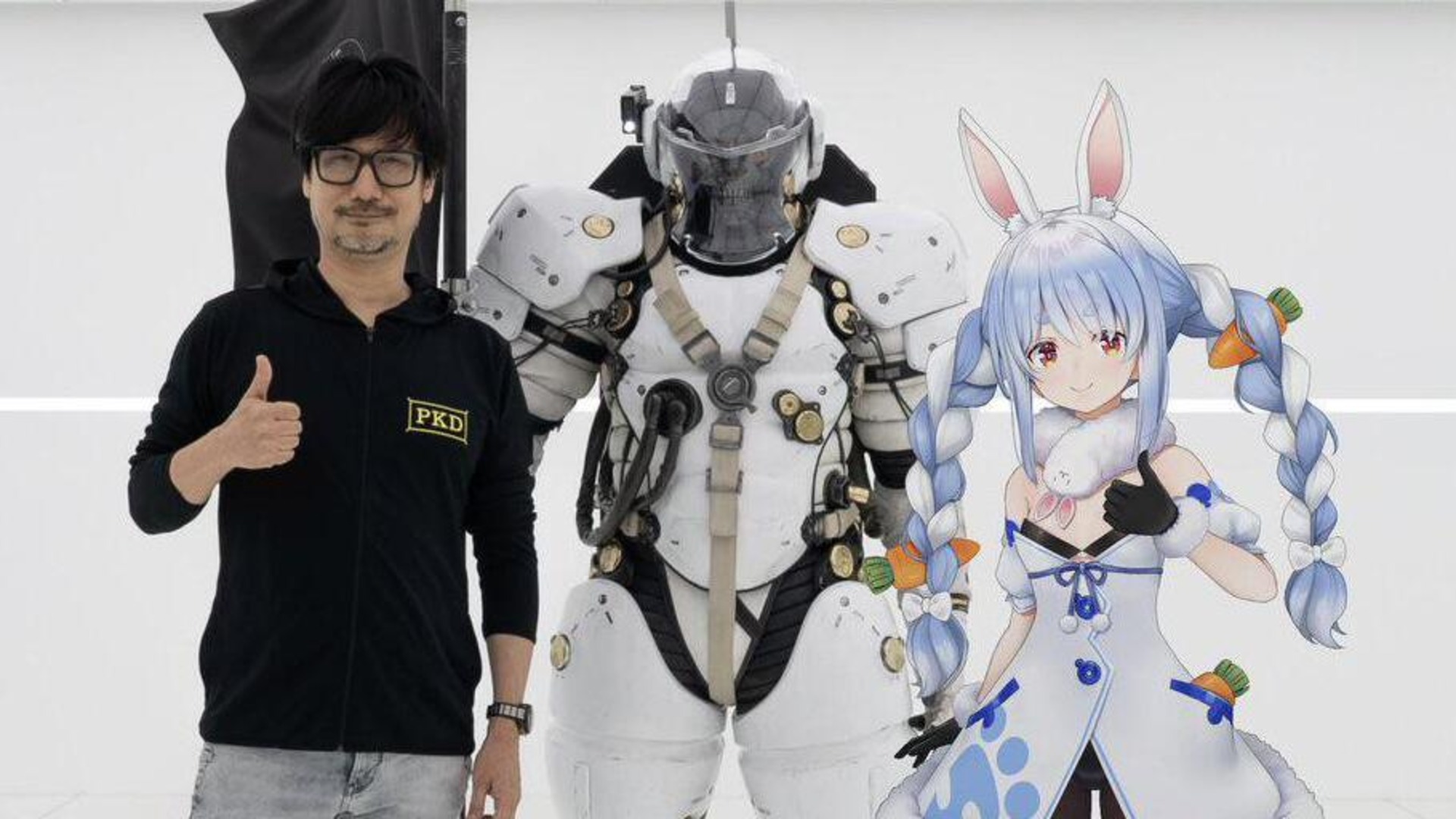 News
NewsHideo Kojima's favorite vtuber found herself in Death Stranding 2, and her immediate reaction was a mix of happiness and self-cringe: "I'm so embarrassed. She's still yapping"
By Jordan Gerblick Published
-
 news
news$700,000 in Kickstarter booty says Sid Meier's Pirates! sickos are fully on board with this first-person, open world, and "most importantly - authentic" take on nautical history that's lacking in Sea of Thieves and Black Flag
By Jordan Gerblick Published
-
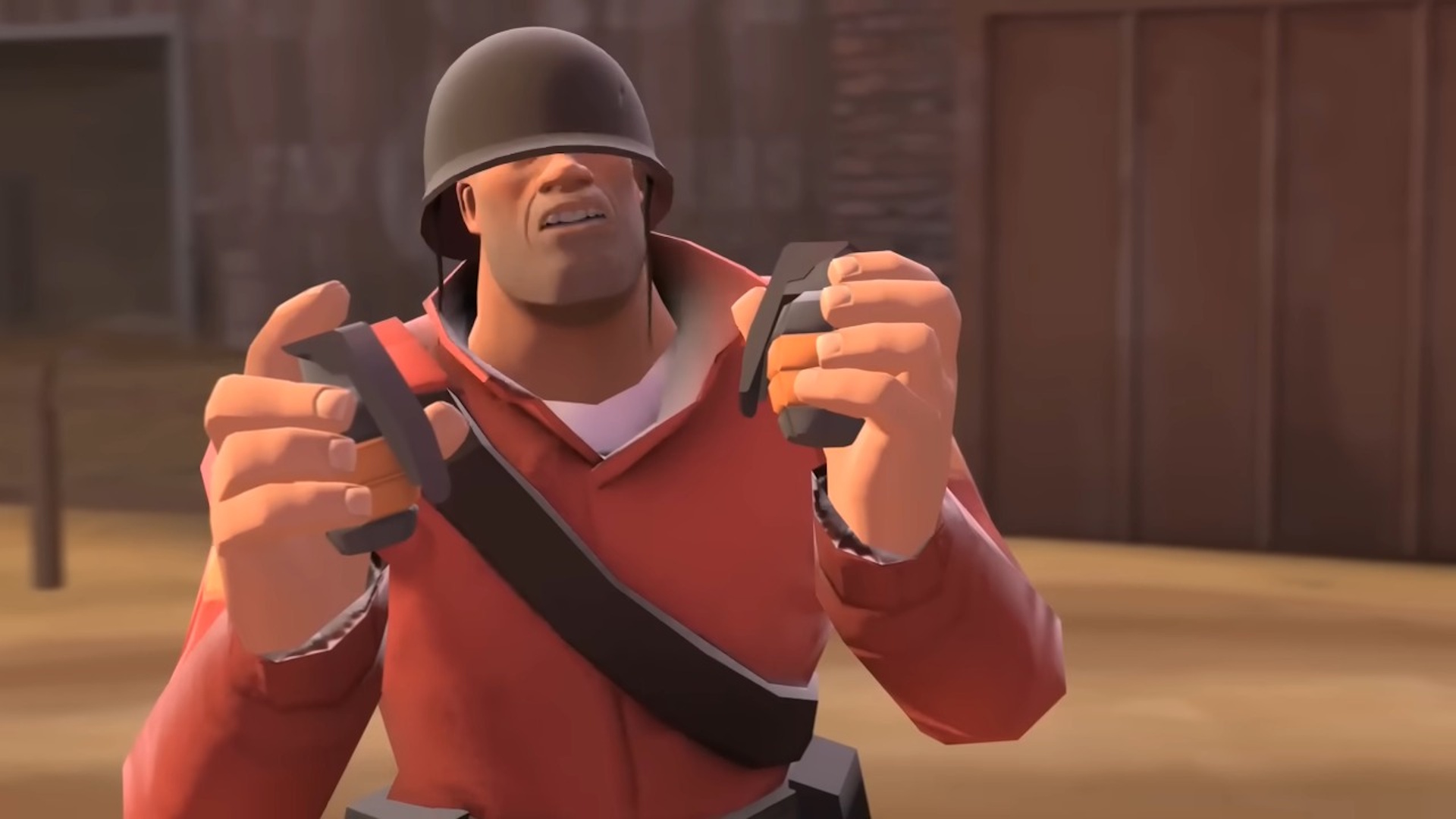 News
NewsValve "cracked the problem that Netflix was struggling with" using diehard gamers and their backlogs, Steam expert says: "You get access to a bunch of drunken sailors who spend money irresponsibly"
By Austin Wood Published
-
 News
NewsEU publisher group addresses Stop Killing Games movement in early double down: killing online games "must be an option," and this proposal would make them "prohibitively expensive to create"
By Ashley Bardhan Published
-
 News
News"Romero Games is not closed": After reports of layoffs caused by Microsoft, Romero Games says it did lose funding but has now heard from "several publishers interested in helping us"
By Austin Wood Published
-
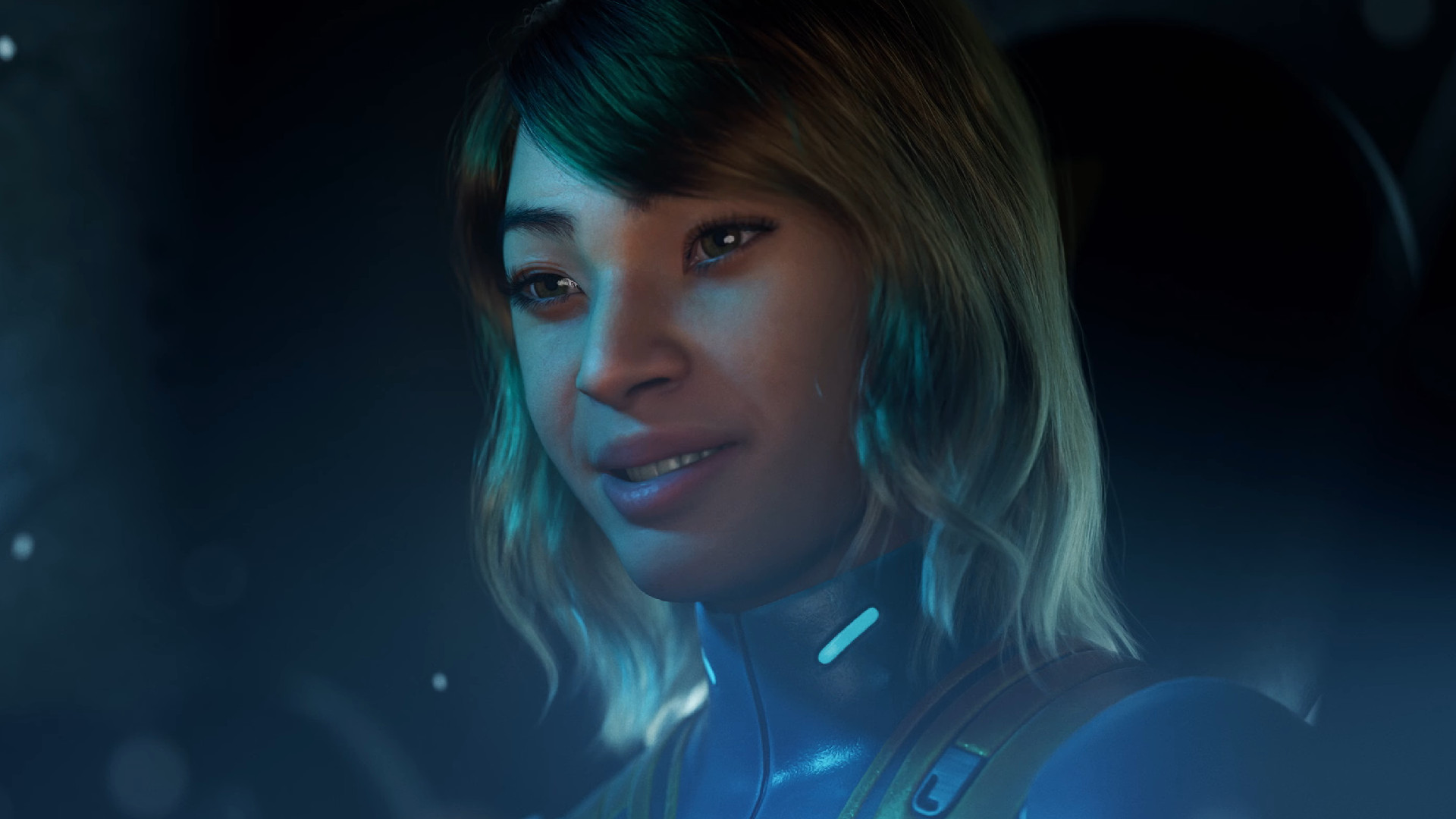 News
NewsSubnautica studio co-founder speaks on "shock" dismissal, says "we know that the game is ready" – "To find that I'm no longer able to work at the company I started stings"
By Jordan Gerblick Published
-
 News
NewsWith Monster Hunter Wilds "Overwhelmingly Negative" in recent Steam reviews due to optimization, Capcom cancels panel on "everything you need to know about optimization" following statement on dev harassment
By Austin Wood Published
-
Explore Games
-
Action Games
-
Action RPGs
-
Adventure Games
-
Battle Royale Games
-
Board Games
-
City Builder Games
-
Co-op Games
-
Events & Conferences
-
FPS Games
-
Fighting Games
-
Games Features
-
Games News
-
Games Reviews
-
Horror Games
-
JRPGs
-
MMO Games
-
MOBA
-
Management Games
-
Mobile Games
-
Nintendo Games
-
Open World Games
-
PC Games
-
Platforming Games
-
Playstation Games
-
Puzzle Games
-
RPGs
-
Racing Games
-
Real Time Strategy Games
-
Roguelike Games
-
Simulation Games
-
Sports Games
-
Stealth Games
-
Strategy Games
-
Survival Games
-
Survival Horror Games
-
Third Person Shooters
-
Xbox Games
Action Games
-
-
 News
NewsDeath Stranding 2 players reach "breaking point for hating signs" as devious porters place speed boosts in inconvenient places: "I ran over a quokka because of one of those signs... I was devastated"
By Scott McCrae Published
-
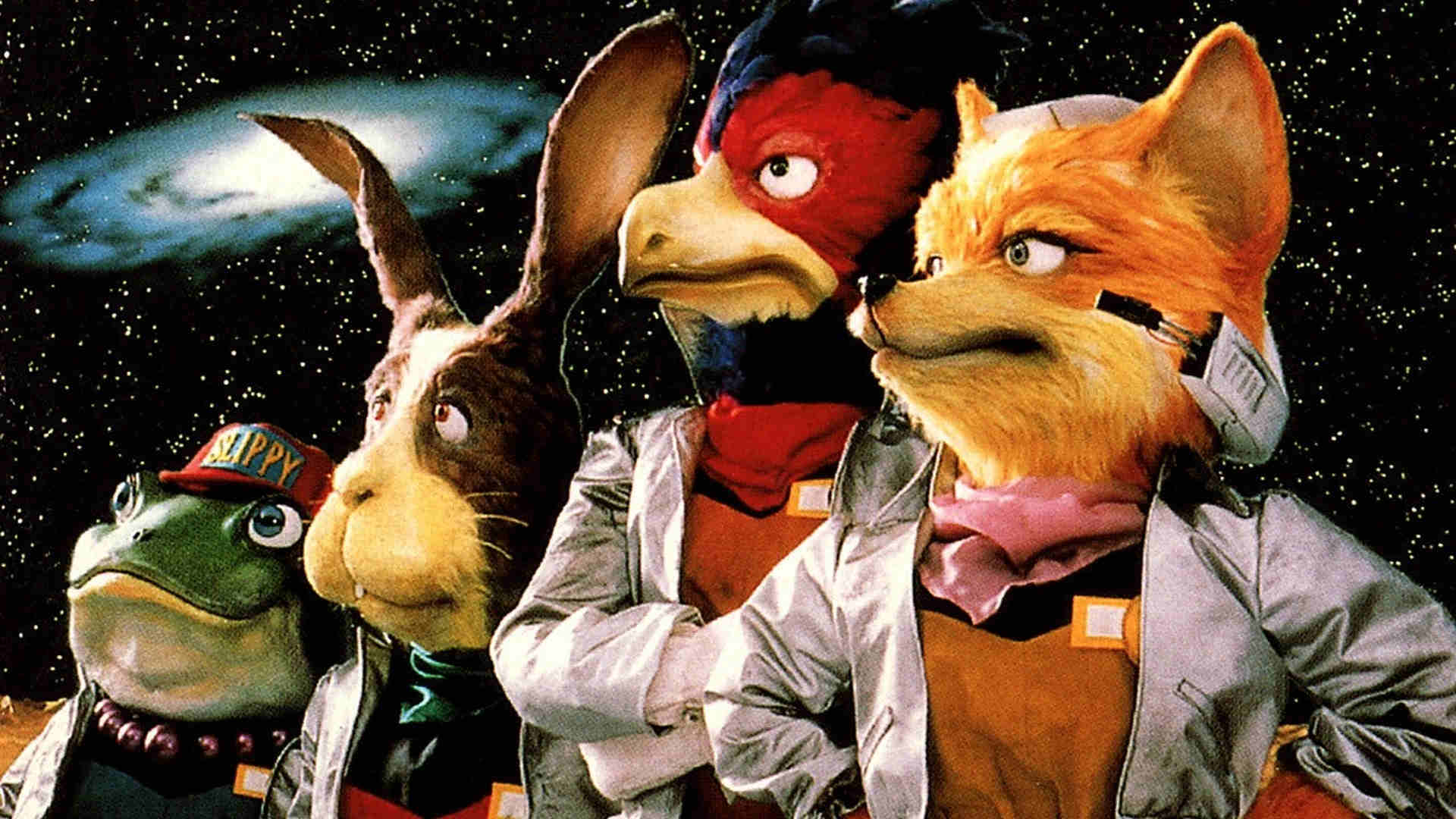 News
NewsNintendo employed "so many incredible people," even a legendary Star Fox and Zelda dev had an "inferiority complex" during his 32-year stay at the company
By Kaan Serin Published
-
 News
NewsIngenious Tears of the Kingdom player spends 3 glitchy hours bringing Purah, Paya, and a fake Zelda from across the map all for the perfect photo for Link's wall
By Kaan Serin Published
-
 News
NewsI'm glad the heatwave is over, because if it wasn't I'd think I hallucinated these weird Death Stranding 2 moments, from dancing dolls to sci-fi directors fighting while making pizza
By Issy van der Velde Published
-
 News
NewsAs Hollow Knight: Silksong gets 7 new Steam updates in less than a week, the SKONG community reaches levels of cope hitherto unseen: "The wait is almost over"
By Kaan Serin Published
-
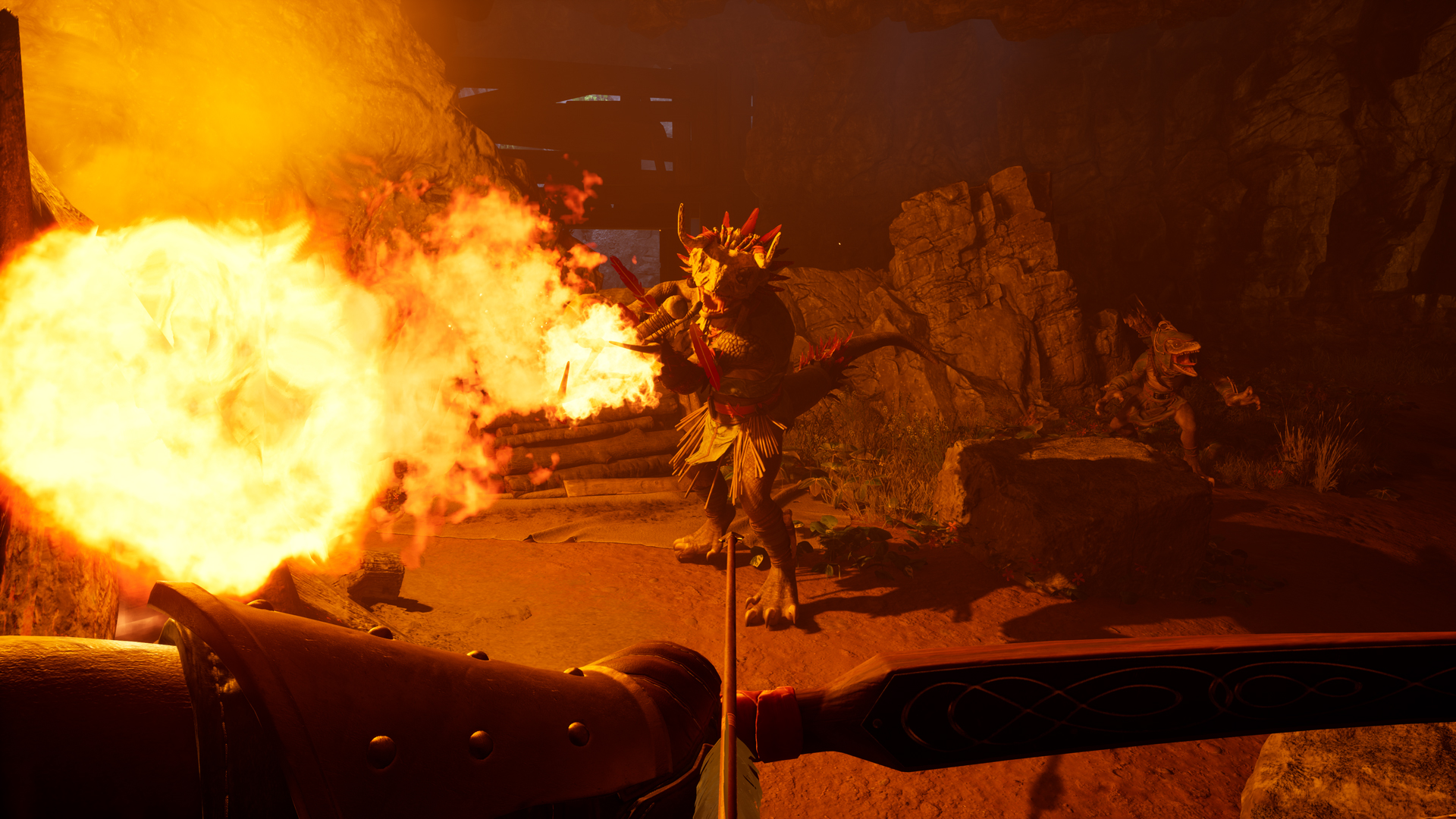 Guide
GuideXbox Game Studios list: Every studio Microsoft owns and what they are developing
By Josh West Last updated
-
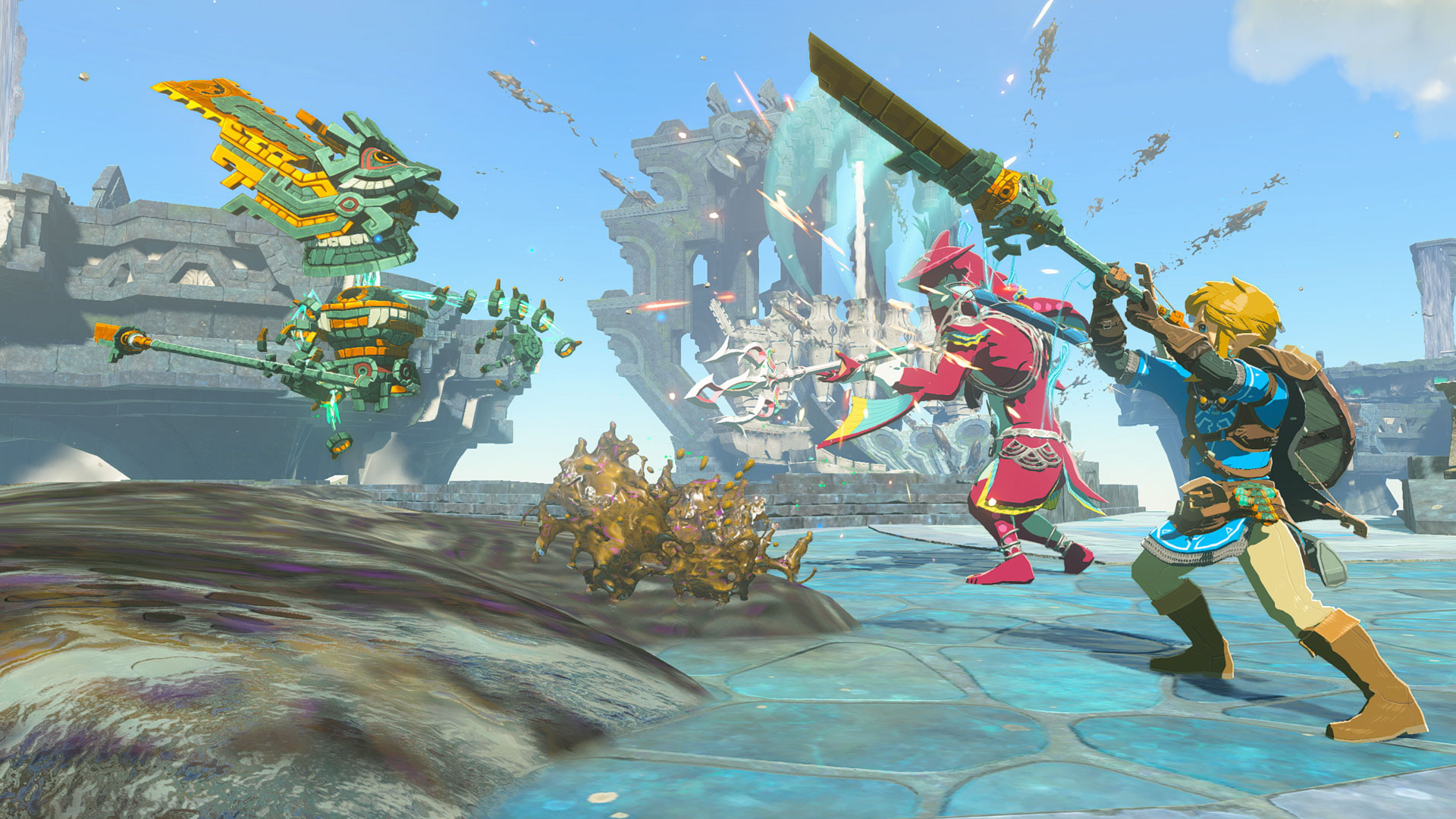 News
News2 years and one Switch 2 release later, Zelda: Tears of the Kingdom hoarders are still celebrating their item duping glitches making it past Nintendo's patches
By Scott McCrae Published
-
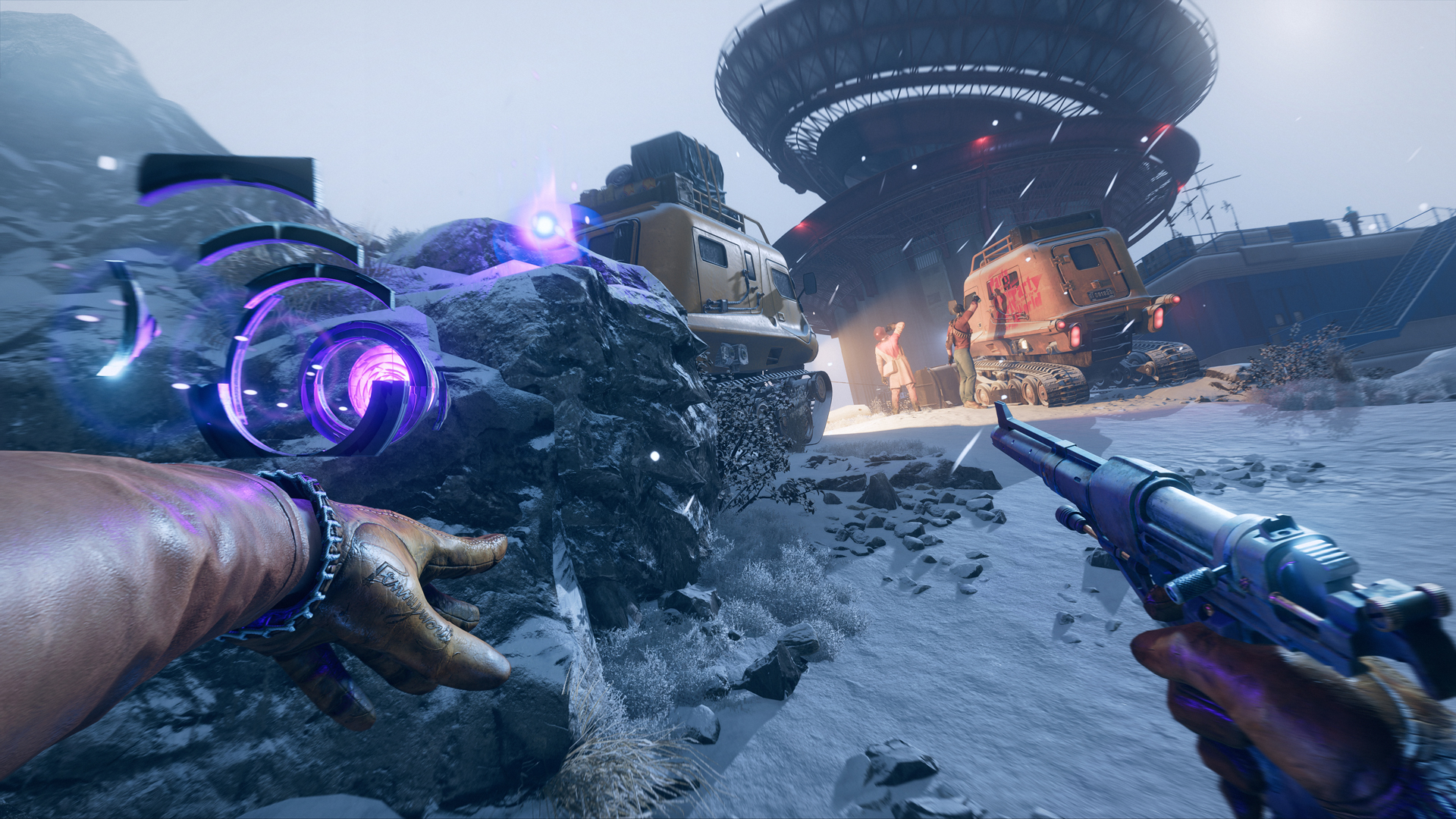 Best List
Best ListThe 10 best Arkane games of all time
By Josh West Last updated
-
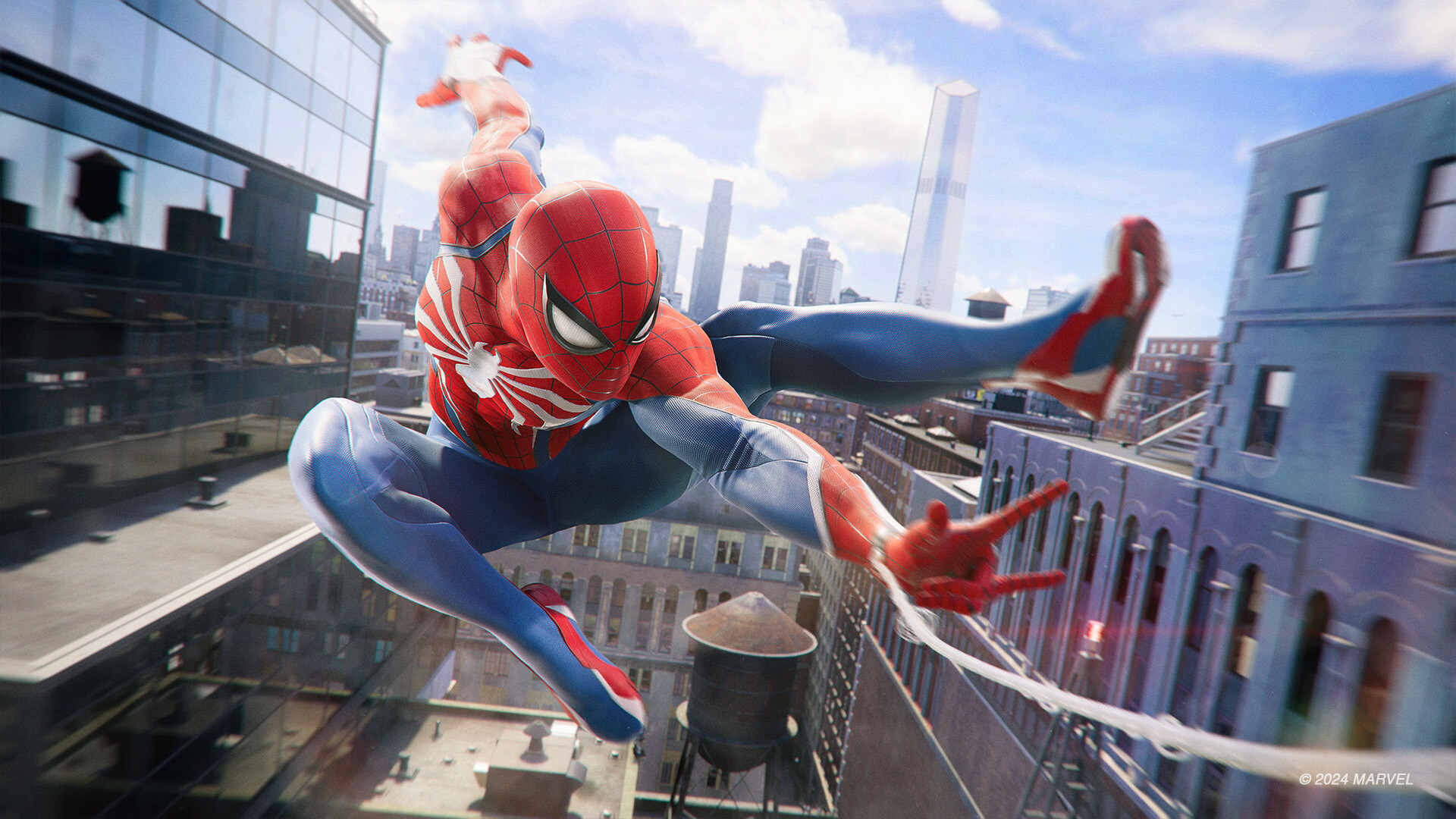 Best List
Best ListThe 10 best superhero games that you should play today
By Josh West Last updated
-
Action RPGs
-
-
 News
NewsWith Monster Hunter Wilds "Overwhelmingly Negative" in recent Steam reviews due to optimization, Capcom cancels panel on "everything you need to know about optimization" following statement on dev harassment
By Austin Wood Published
-
 News
News"It is a turning point in our universe": Gearbox explains Borderlands 4's deliberately less-stupid story, and it feels weird to actually be interested in a Borderlands plot
By Austin Wood Published
-
 Opinion
OpinionIf Elden Ring Nightreign wants to keep me around to buy DLC, it needs to lean into Dark Souls so much more
By Sam Smith Published
-
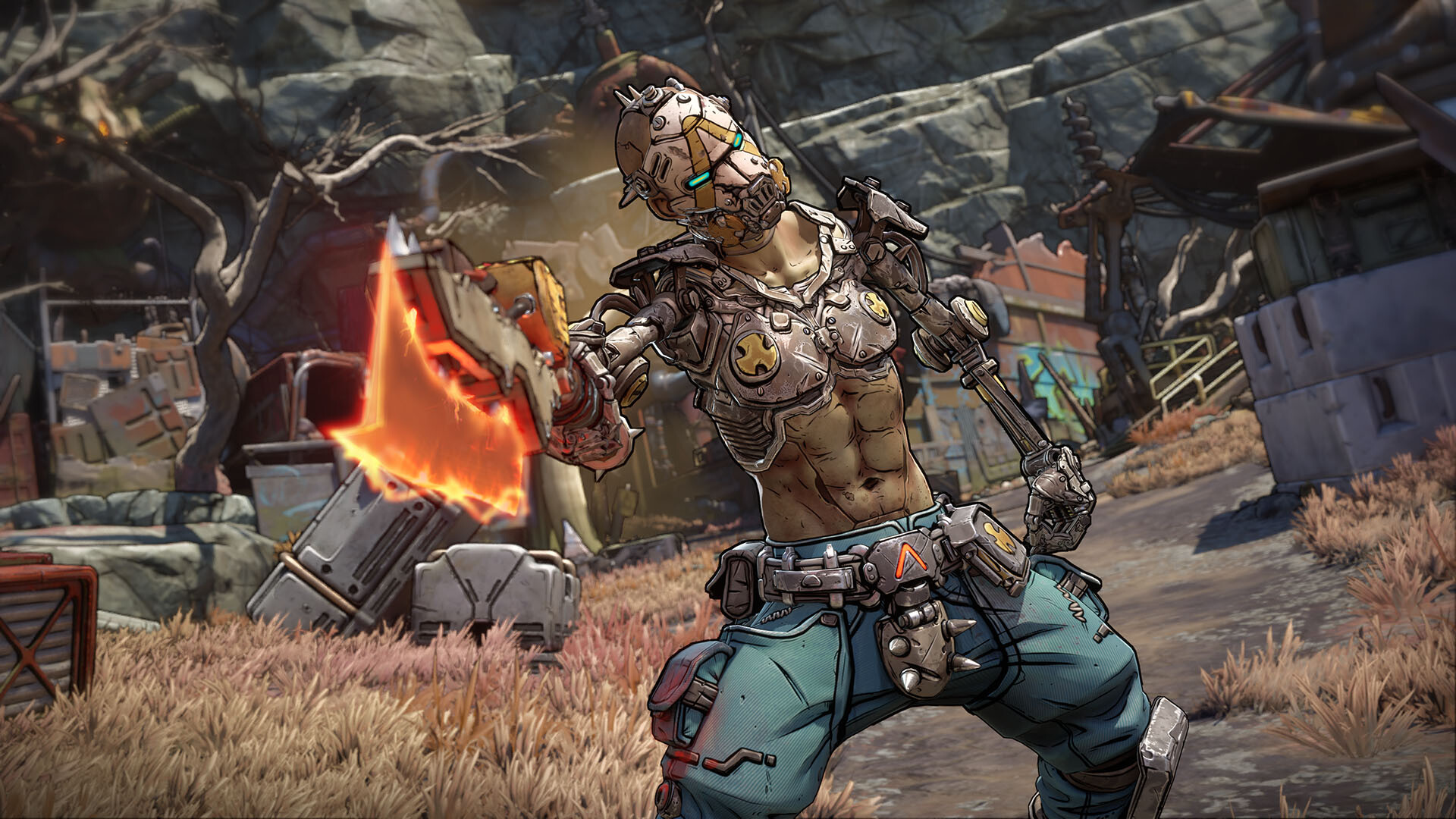 News
NewsBorderlands 4's jetpack and grappling hook were prophesied 6 years ago through a Borderlands 3 joke poking fun at the era's FPS tropes by shooting them into space
By Kaan Serin Published
-
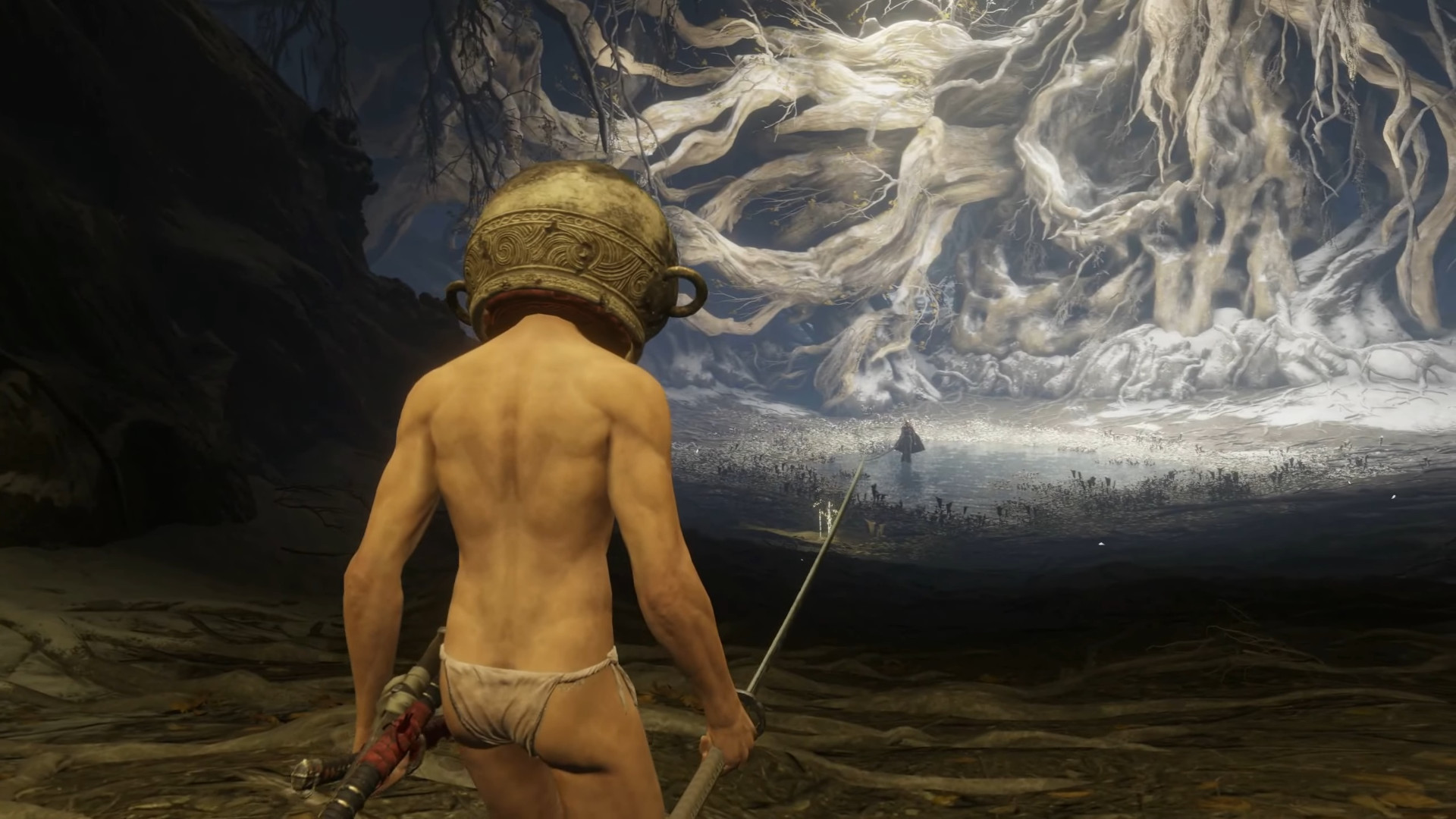 News
NewsElden Ring's Let Me Solo Her already has 155 hours in Nightreign largely spent helping other players, and like us he's hoping for more maps and characters
By Issy van der Velde Published
-
 News
NewsFromSoftware is struggling to squash an Elden Ring Nightreign bug that sees its new, third boss bug vanish from a notorious duo bug fight, making it impossible to win
By Catherine Lewis Published
-
 News
NewsFromSoftware actually did it: Elden Ring Nightreign powers up its annoying bug duo boss by – I almost can't believe this – adding a third bug to the fight
By Catherine Lewis Published
-
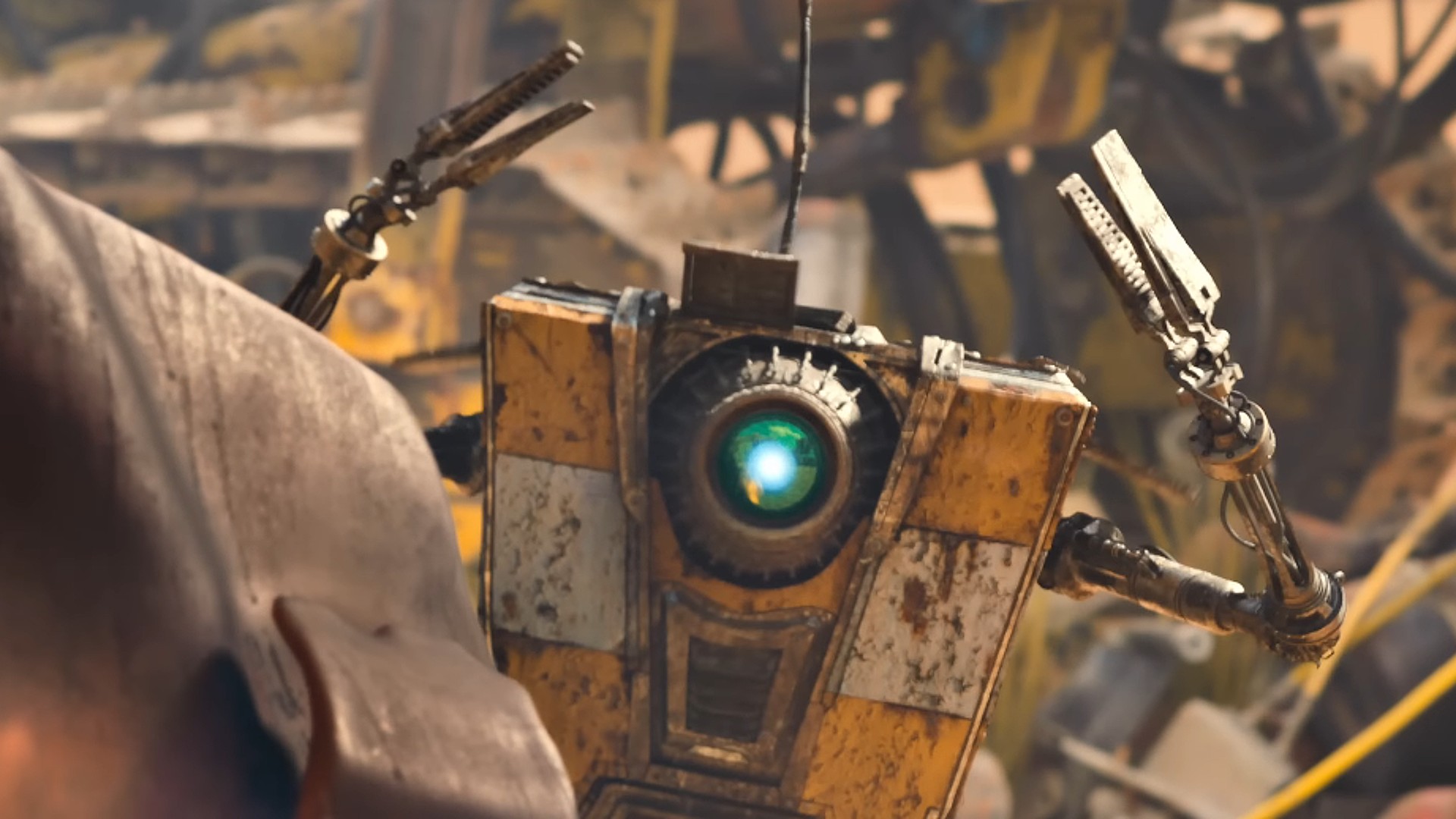 news
newsA Claptrap volume slider is just the start, Borderlands 4 boss Randy Pitchford says there are "so many things we are holding back from everyone until launch. So. Many. Things"
By Issy van der Velde Published
-
 News
News25 years later, Diablo 2 director still hasn't gotten over how much the stamina bar sucks: "It's like a newbie tax almost"
By Jordan Gerblick Published
-
Adventure Games
-
-
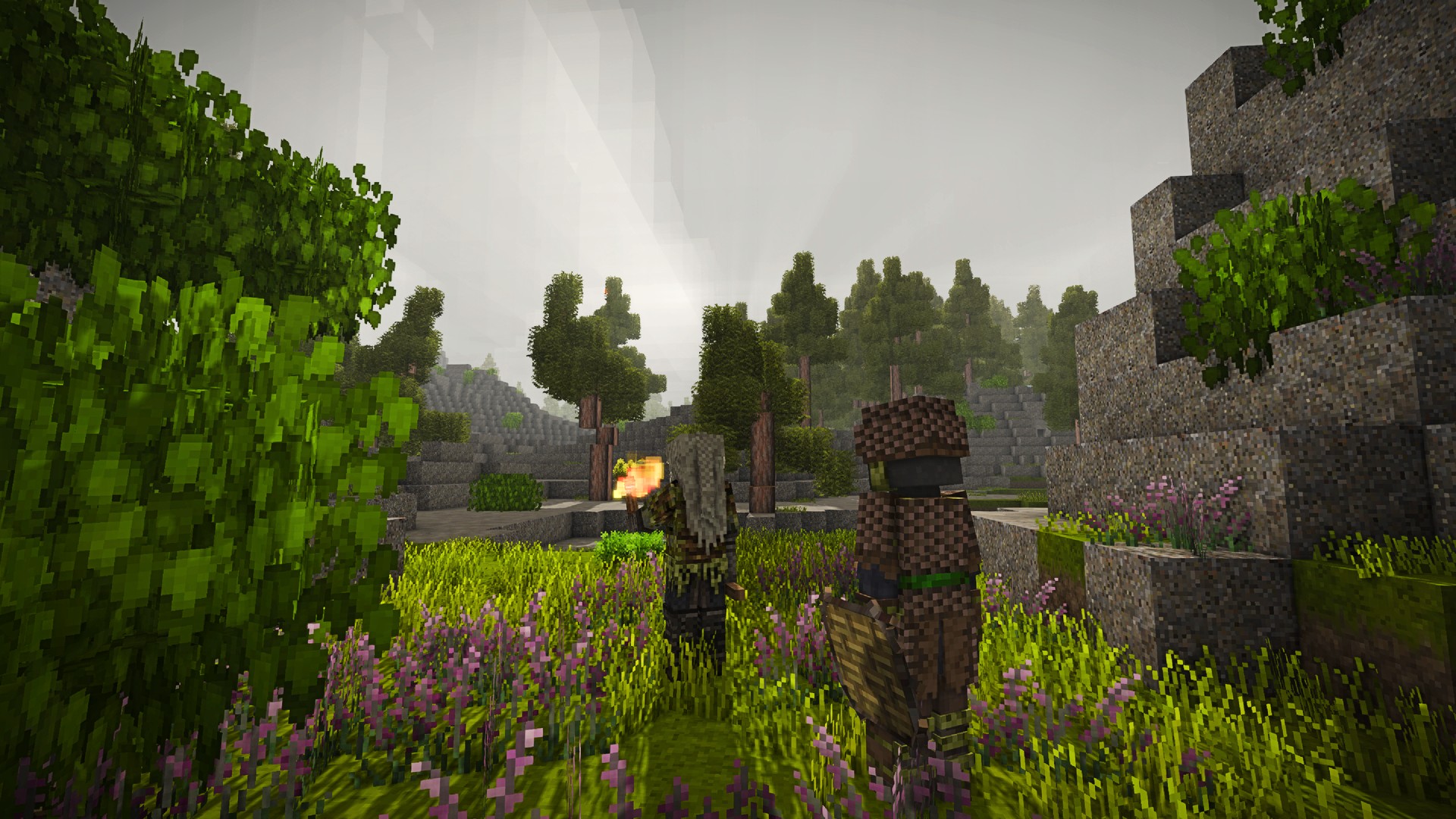 News
NewsA former Hytale dev is bringing other veterans let go from Hypixel Studios onboard to make a fantasy-themed Hytale mode for their eldritch horror survival sandbox game
By Iain Harris Published
-
 Guide
GuidePokemon TCG Pocket best decks and meta tier list (July 2025)
By Joel Franey Last updated
-
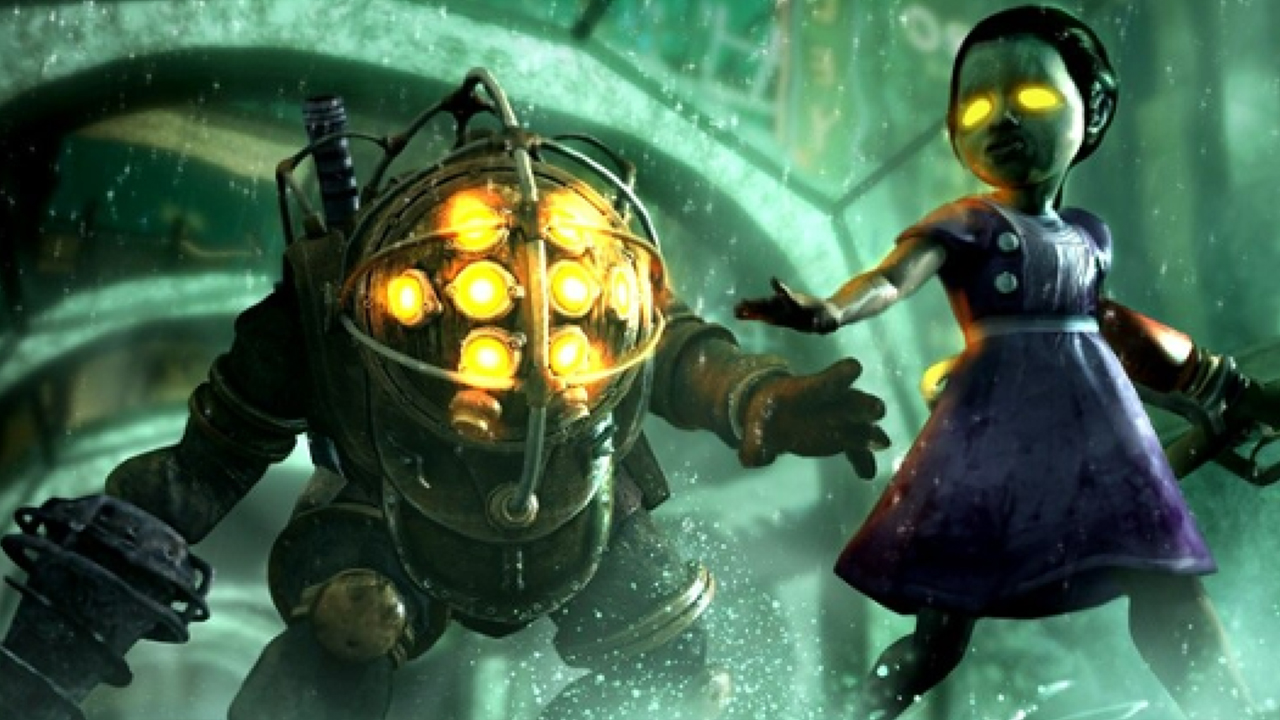 Guide
GuideBioShock 4: Everything we know so far
By Heather Wald Last updated
-
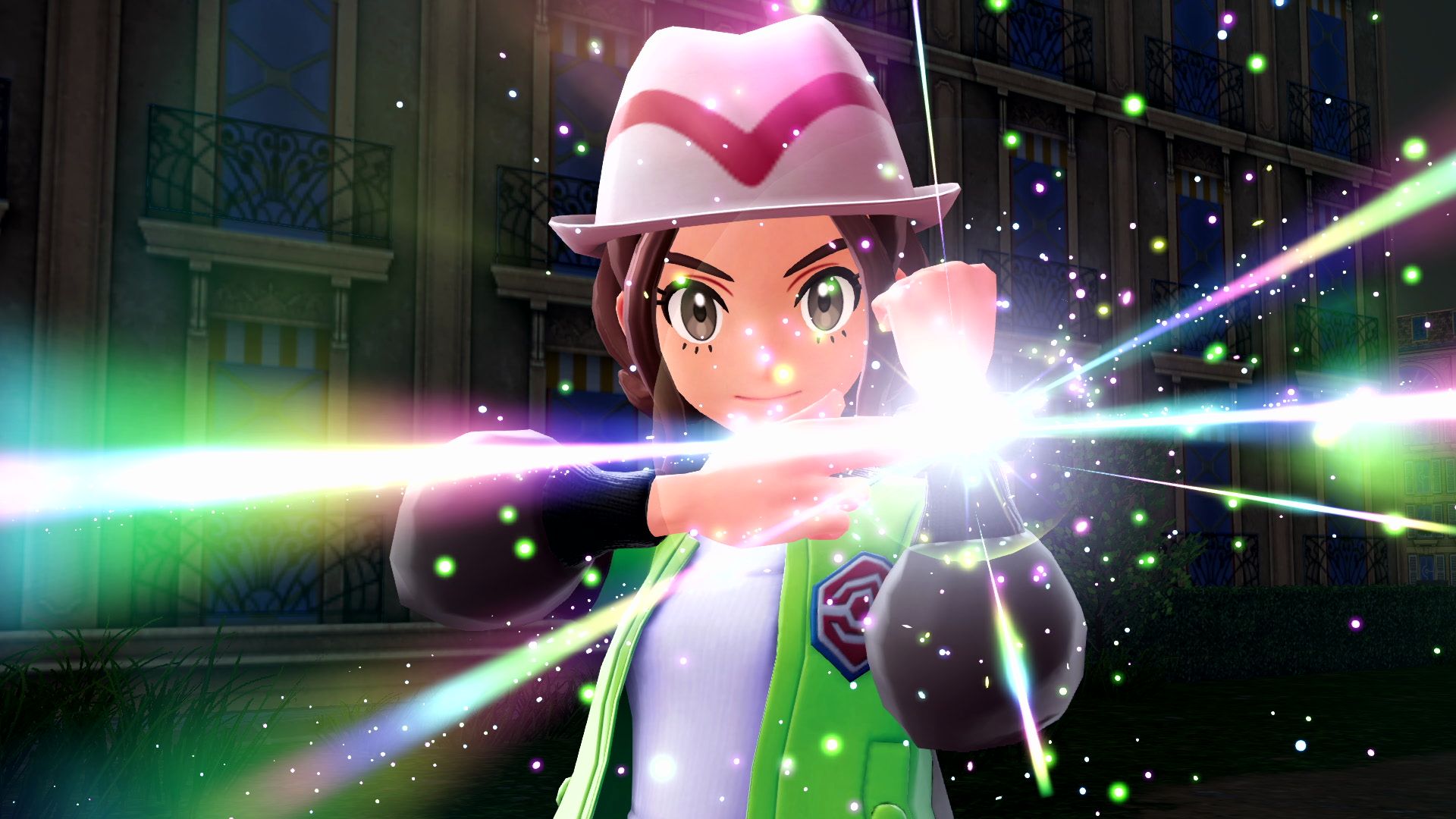 Guide
GuidePokemon Legends Z-A: Everything we know so far about the upcoming Nintendo game
By Josh West Last updated
-
 Best List
Best ListThe best Zelda games of all time
By David Roberts Last updated
-
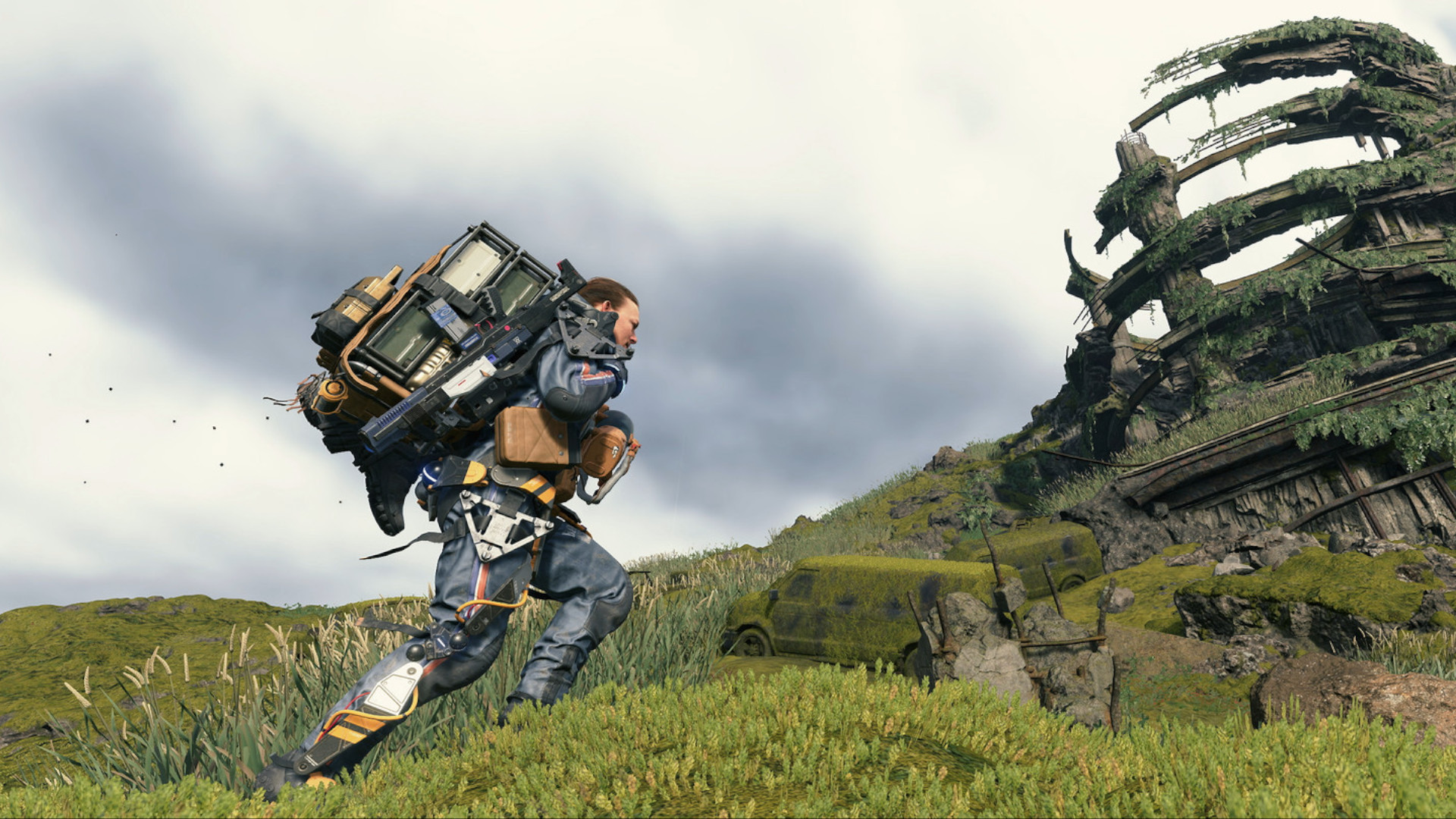 Opinion
Opinion6 years too late, I bring lukewarm takes: Death Stranding rules, and we should all play more games outside of our comfort zone
By Andrew Brown Published
-
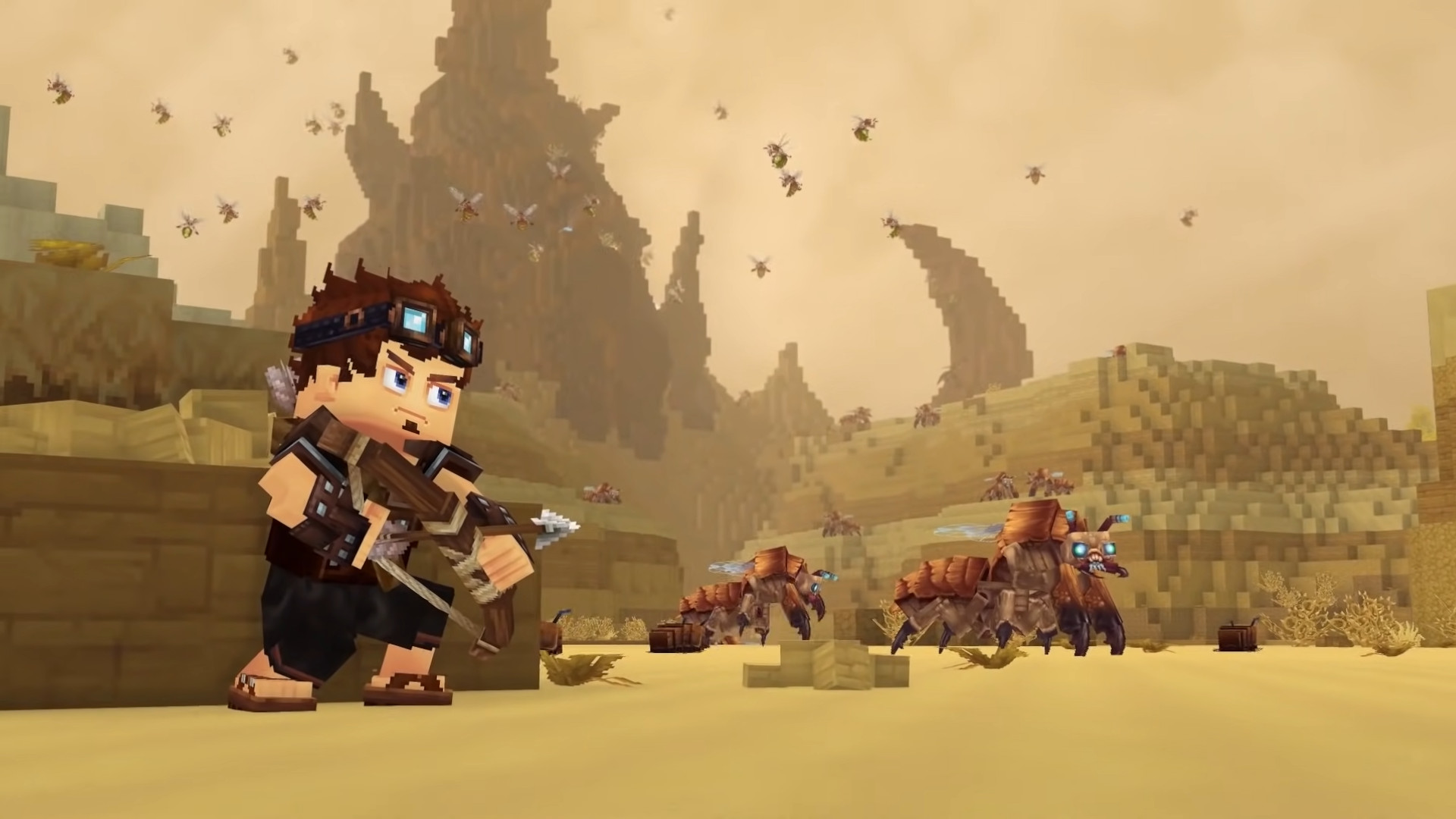 News
NewsReviving Hytale is such a risky proposition, its founder kind of "wants Riot to say no" to his offer for the Minecraft rival because it "makes no business sense"
By Kaan Serin Published
-
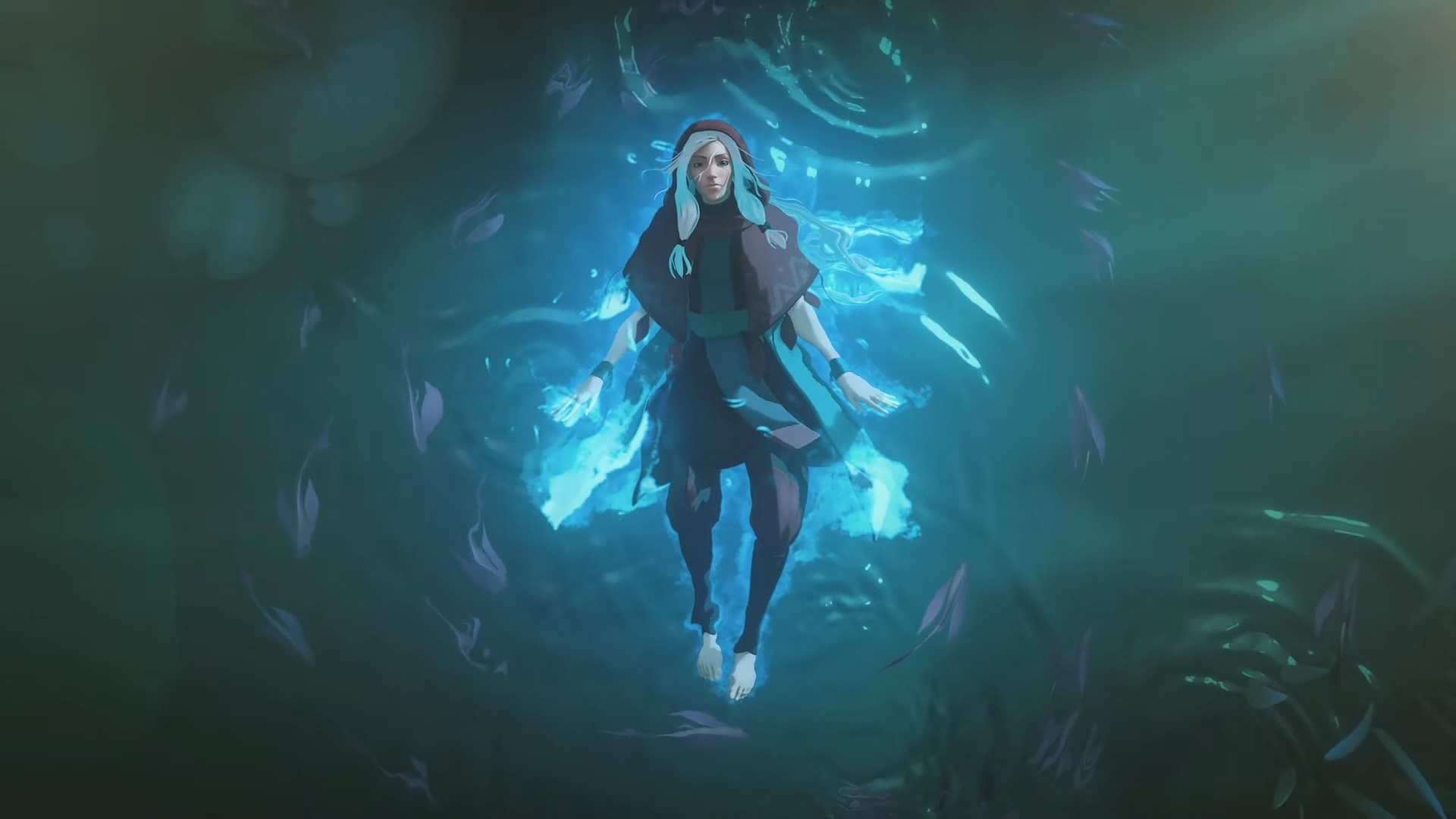 Guide
GuideEverwild: Everything we know about the canceled Rare game
By Jordan Oloman Last updated
-
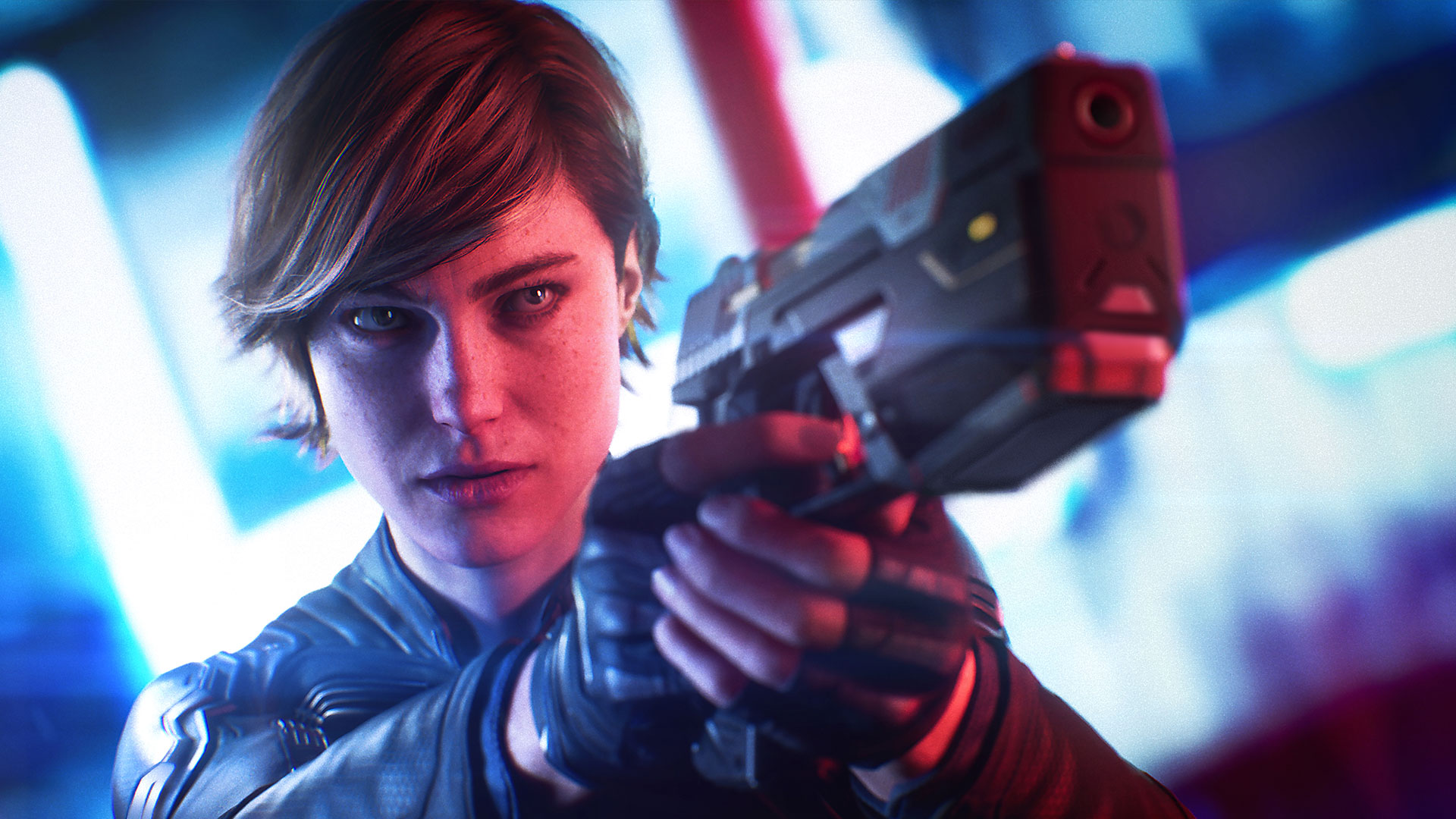 Guide
GuidePerfect Dark: Everything we know about the canceled Xbox exclusive
By Josh West Last updated
-
Battle Royale Games
-
-
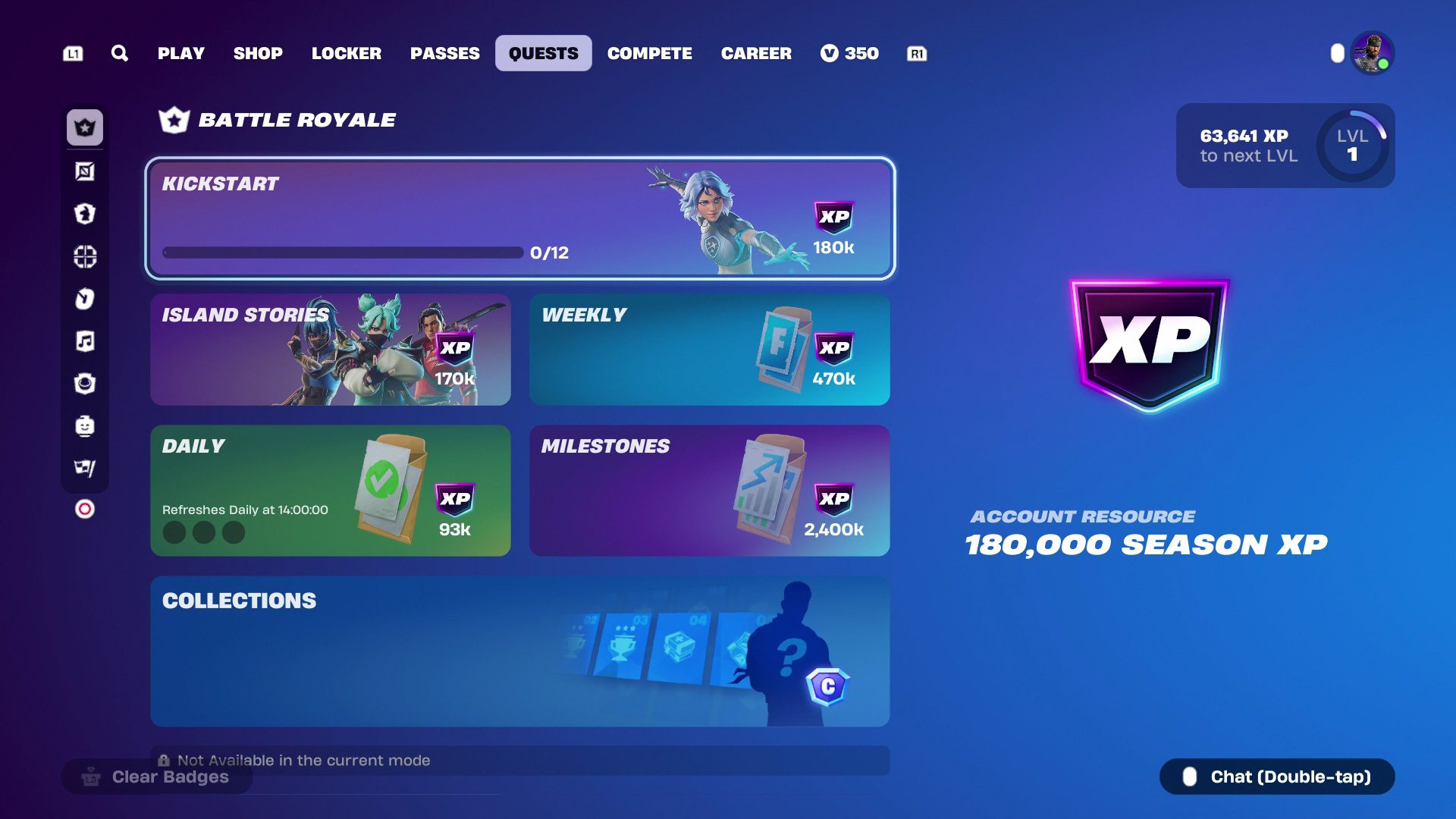 Guide
GuideHow to complete Fortnite Quests in Chapter 6 Season 3
By Iain Wilson Last updated
-
 Guide
GuideWhen does Fortnite Season 4 start in Chapter 6?
By Iain Wilson Published
-
 News
NewsFortnite player allegedly cheated to win $6k in a competitive tournament - now he owes Epic $175k and is banned from the game "forever"
By Dustin Bailey Published
-
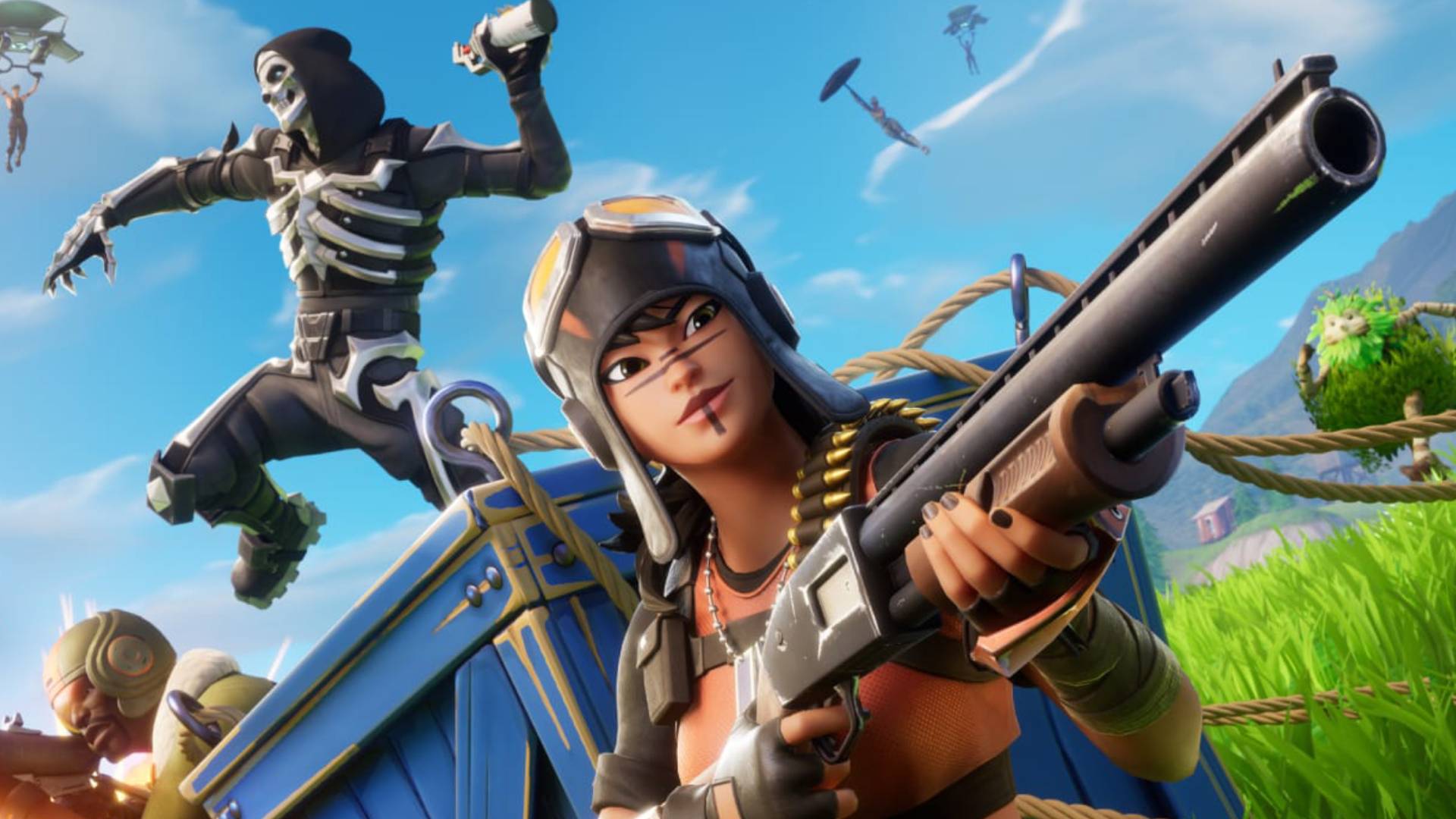 News
NewsThe FTC is giving $126 million-worth of Fortnite refunds to players, and there's still time to submit a claim for one
By Issy van der Velde Published
-
 Guide
GuideWhen is the next Fortnite live event, Blast Off?
By Iain Wilson Last updated
-
 Guide
GuideHow to enable cross-platform Fortnite matches on all formats
By Iain Wilson Last updated
-
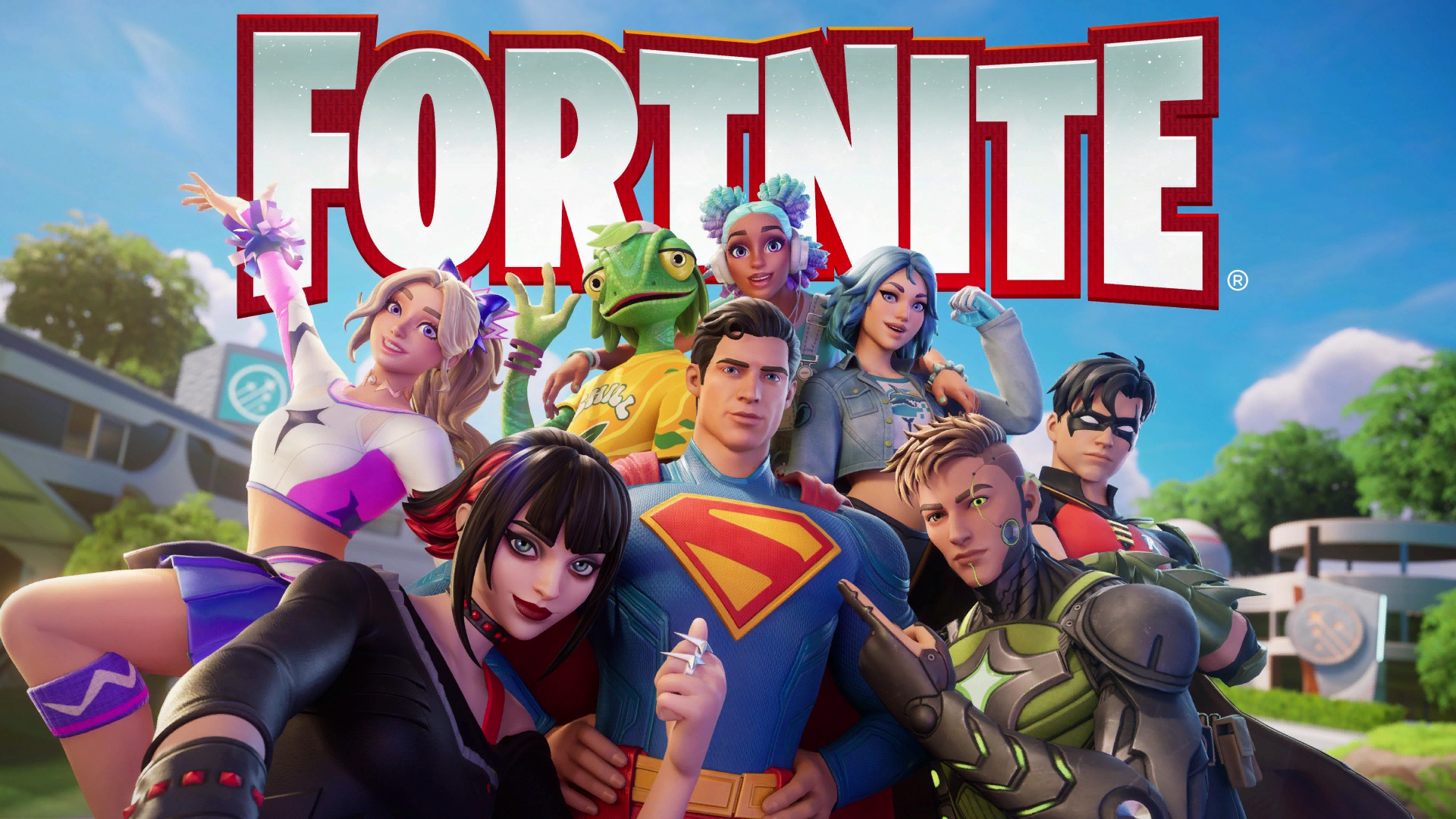 Guide
GuideHow to play Fortnite advice for absolute beginners
By Iain Wilson Last updated
-
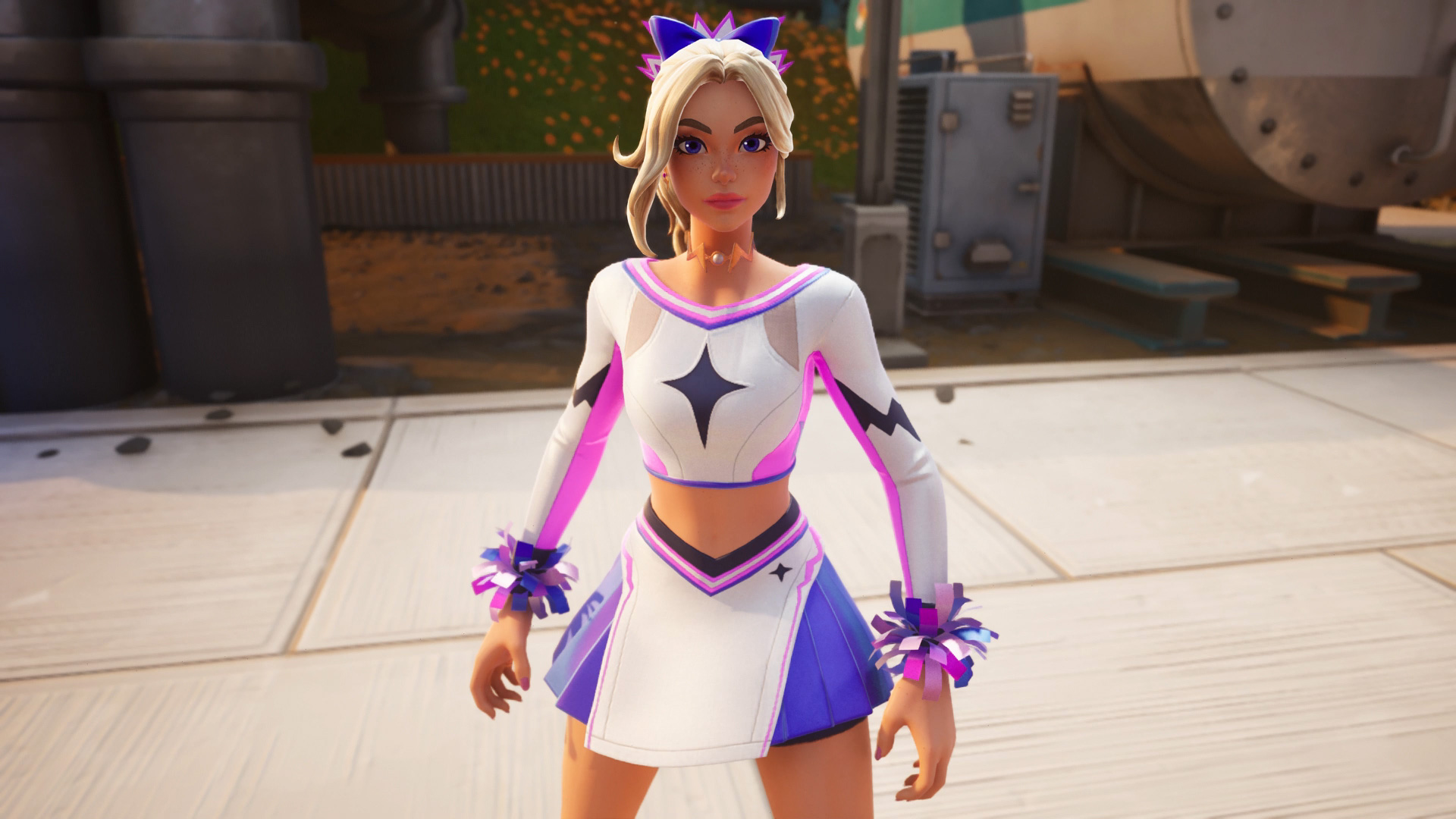 Guide
GuideFortnite Characters locations in Season 3 of Chapter 6
By Iain Wilson Last updated
-
 Guide
GuideWhat are the biggest changes for Fortnite Season 3 in Chapter 6?
By Iain Wilson Last updated
-
Board Games
-
-
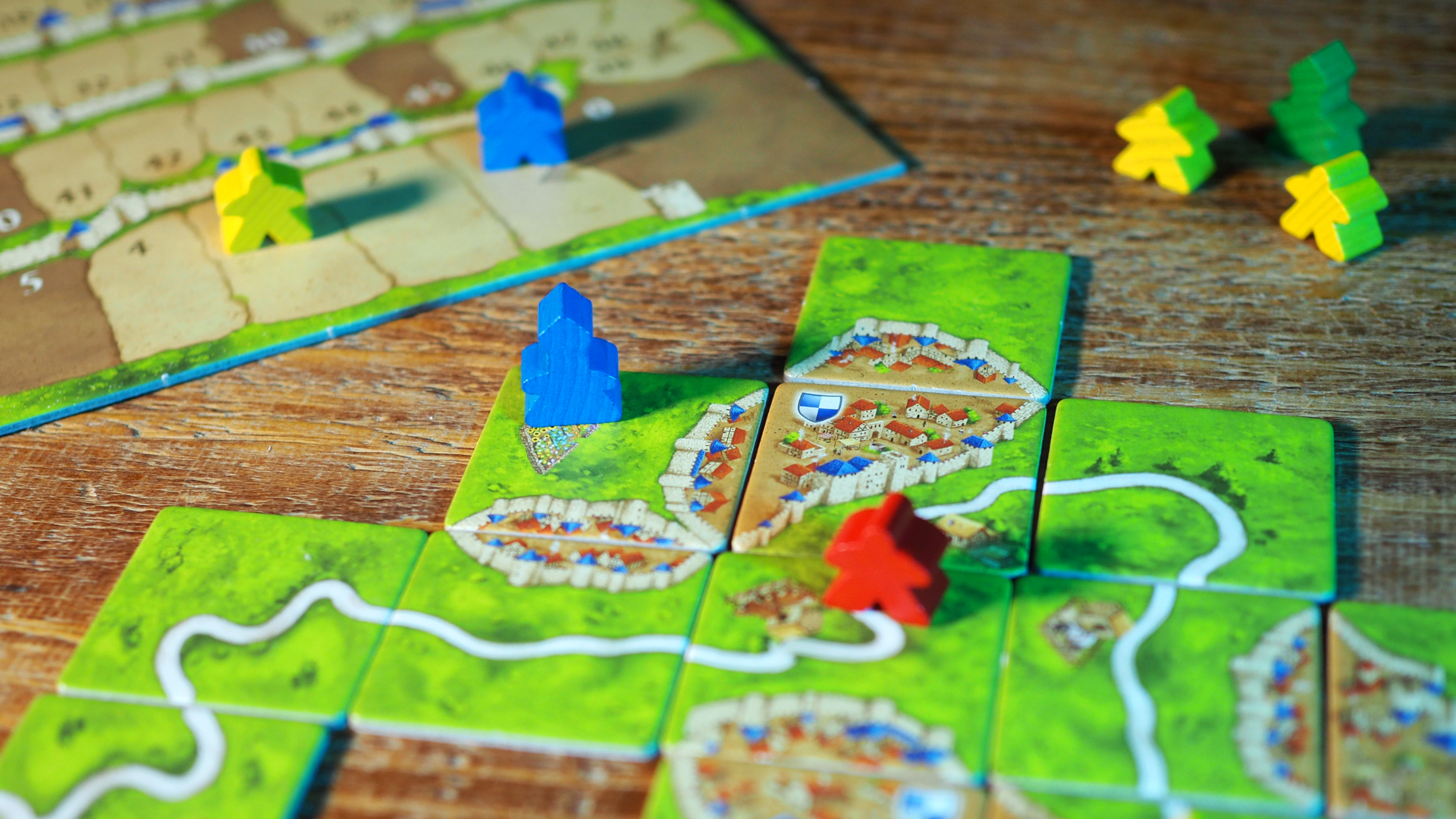 Deals
DealsA couple of legendary board games just dropped in price by almost 50%
By Benjamin Abbott Published
-
 Deals
Deals10 must-have board game deals for July 2025, hand-picked by experts
By Benjamin Abbott Last updated
-
 Feature
FeatureGoing on vacation? Here are the best travel board games to take with you
By Benjamin Abbott Published
-
 Opinion
OpinionThe Traitors is out, but this pirate game combines all my favorite board games into one deceptive pocket-sized package
By Benjamin Abbott Published
-
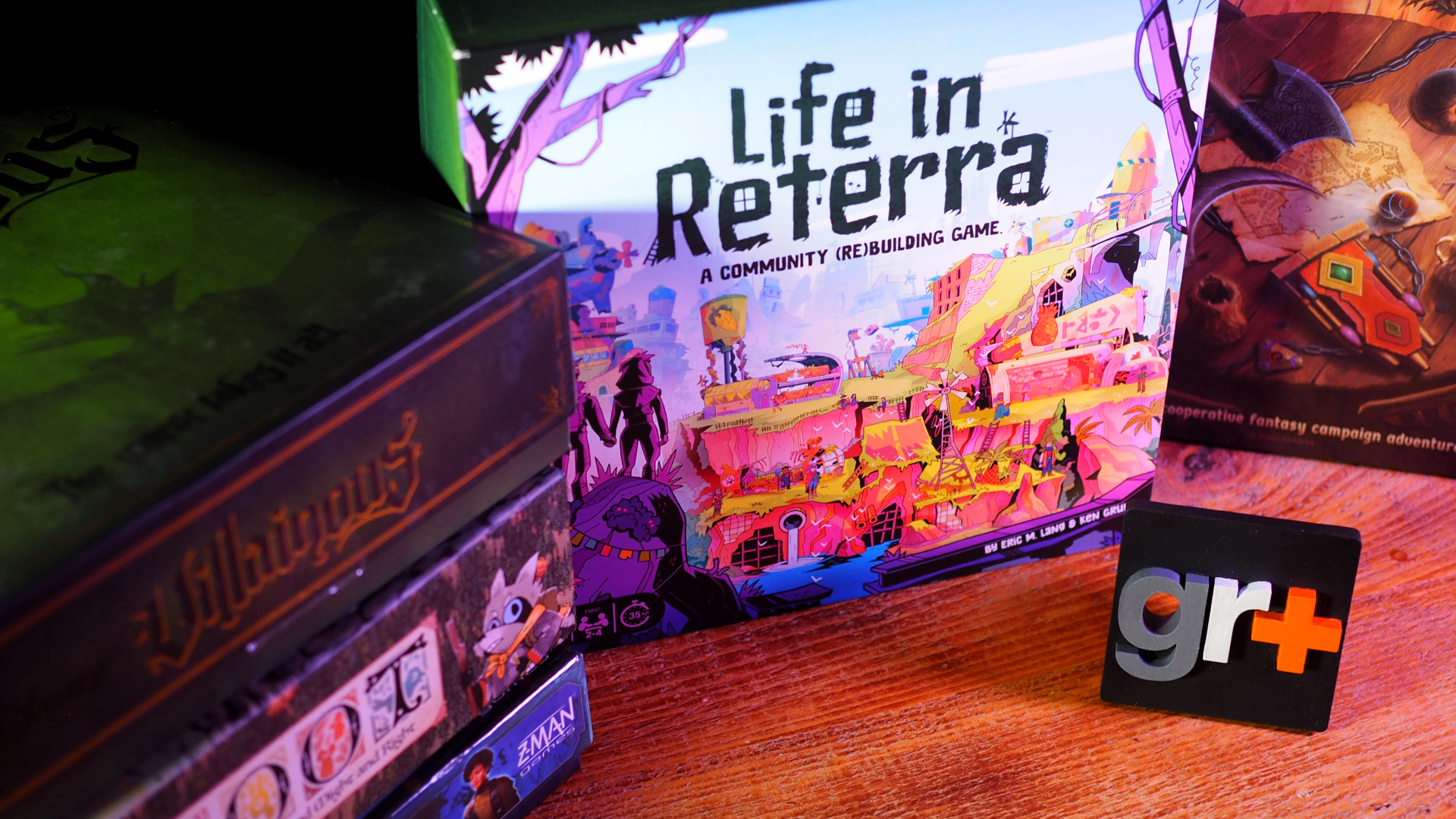 Buying guide
Buying guideBest board games in 2025, with over 25 recommendations reviewed by our experts
By Benjamin Abbott Last updated
-
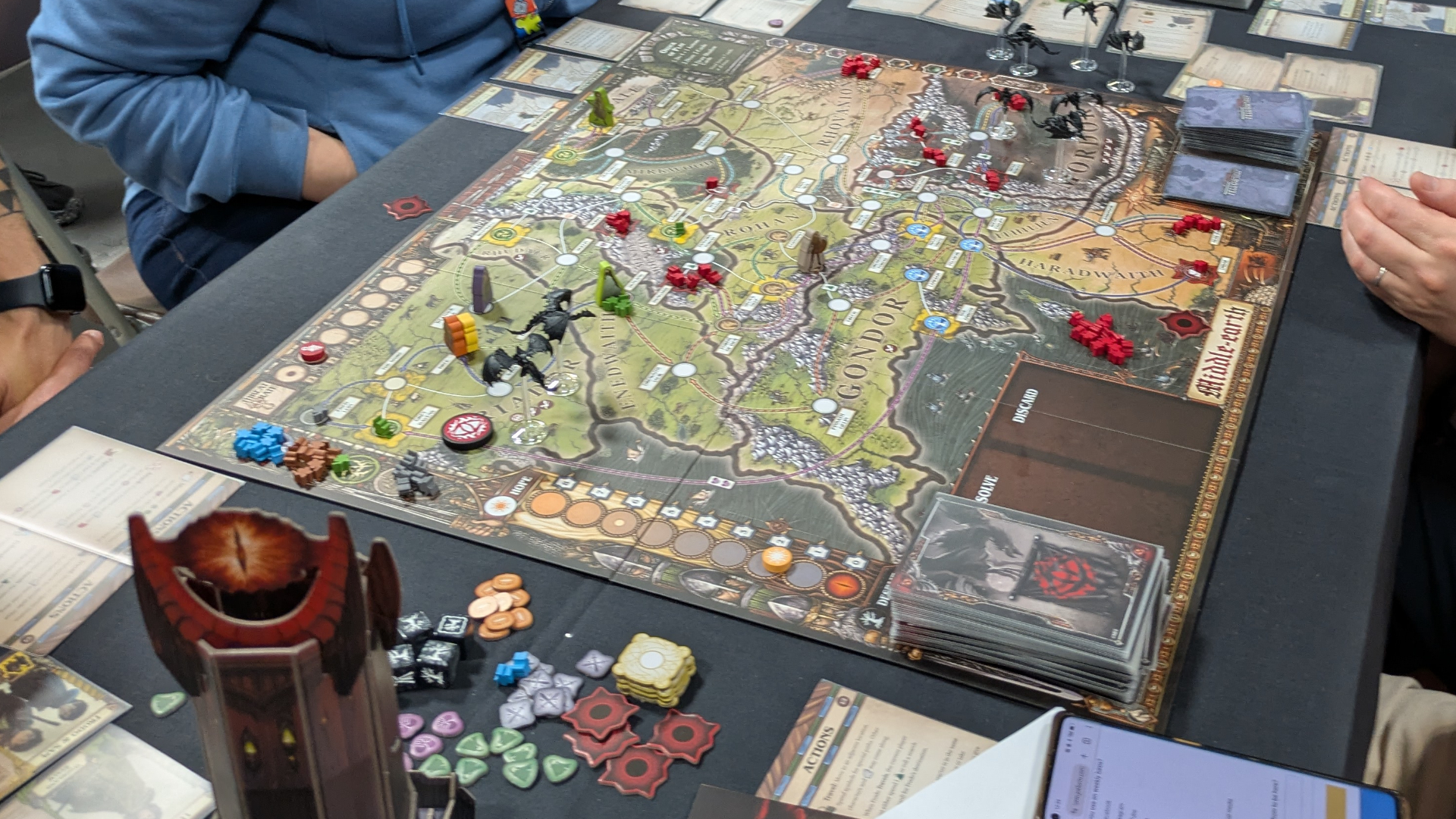 Feature
FeatureLegendary board game designer says his upcoming Lord of the Rings project is "definitely the most thematically and mechanically rich game I’ve worked on"
By Matt Thrower Published
-
 News
NewsMajor board game publisher snaps up the Zombicide franchise, saving it from an uncertain future
By Benjamin Abbott Published
-
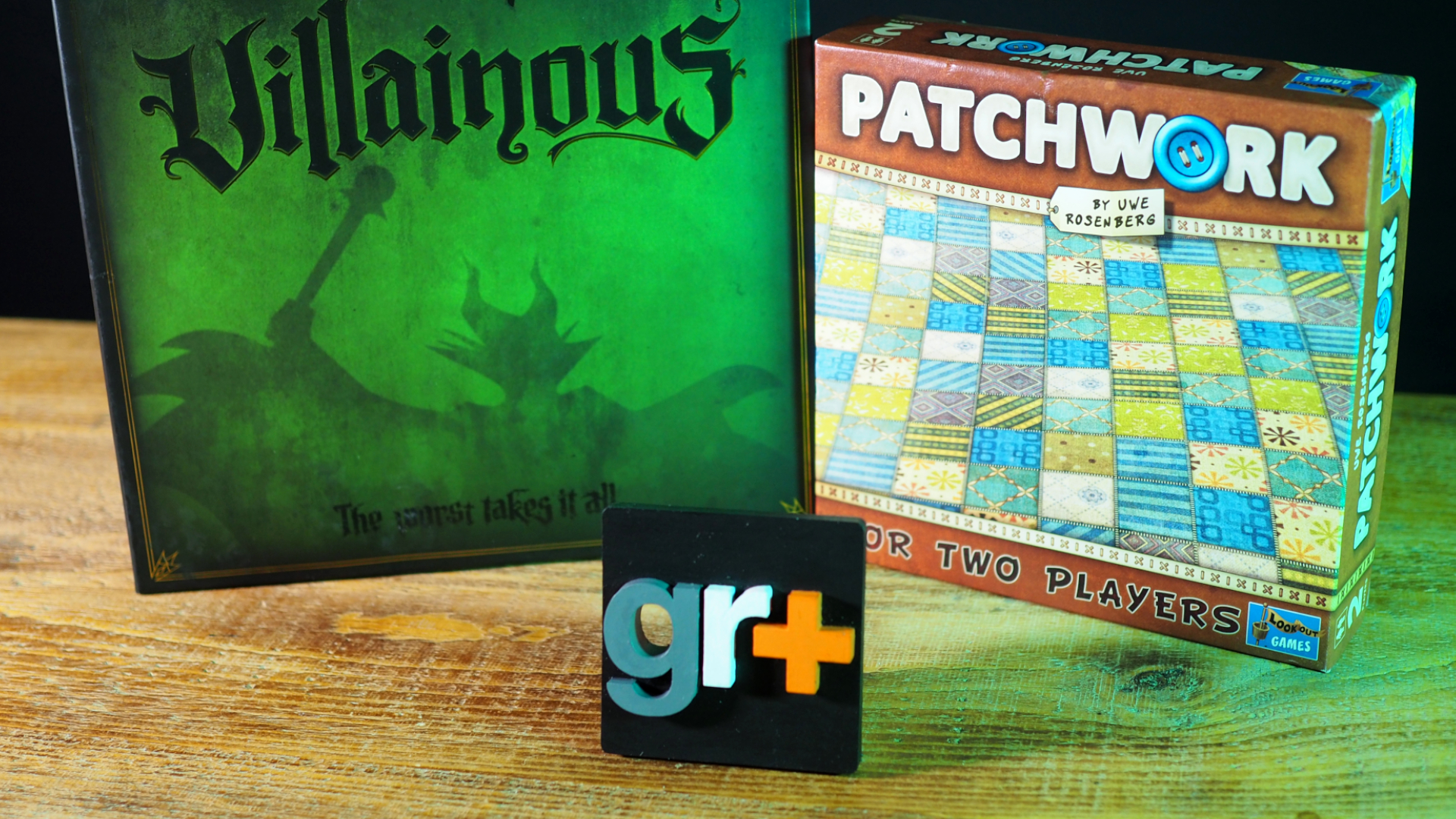 Buying guide
Buying guideThe 6 best 2-player board games in 2025, hand-picked by experts
By Benjamin Abbott Last updated
-
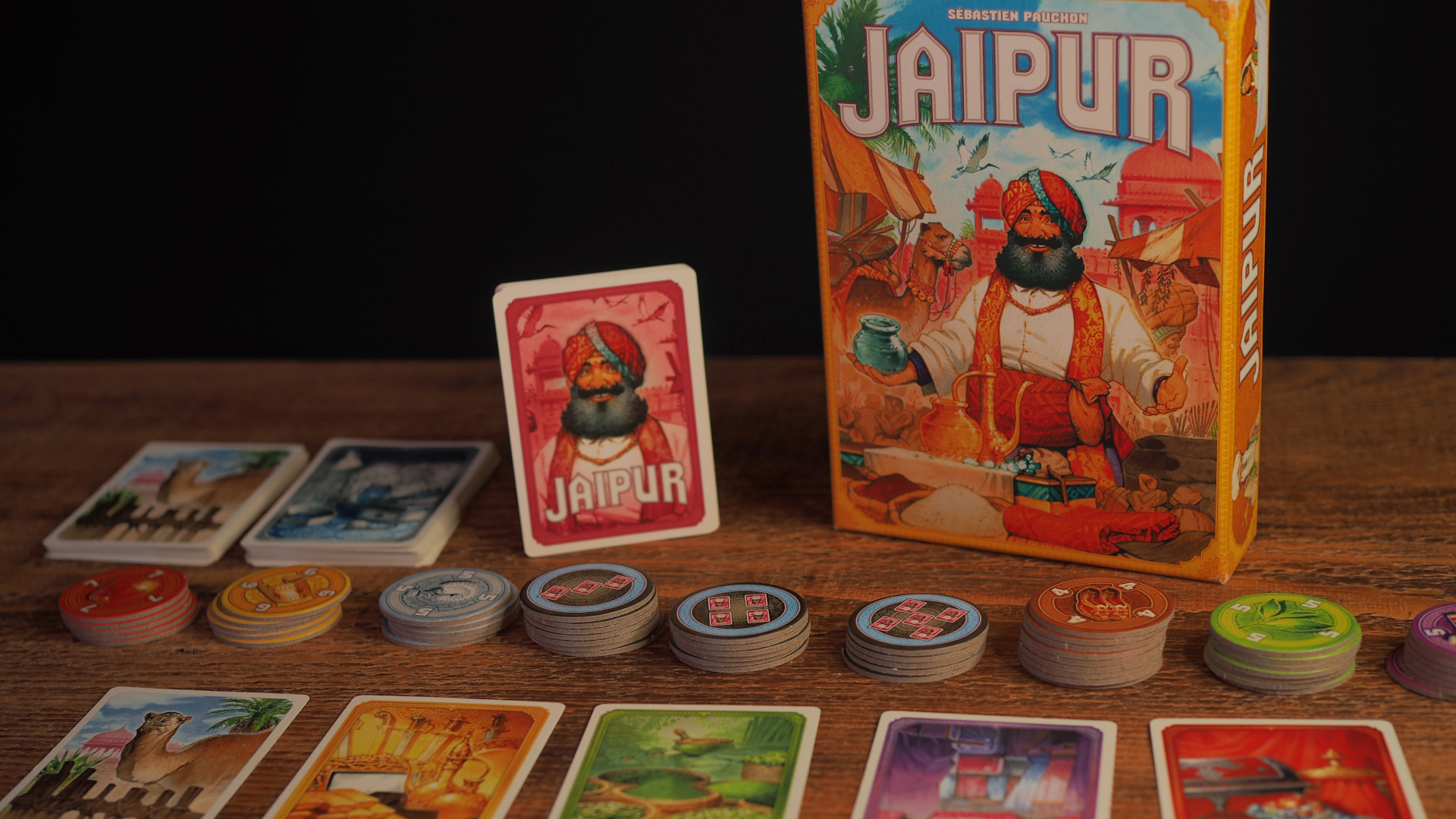 Review
ReviewJaipur review: "Lightning in a bottle"
By Benjamin Abbott Published
-
City Builder Games
-
-
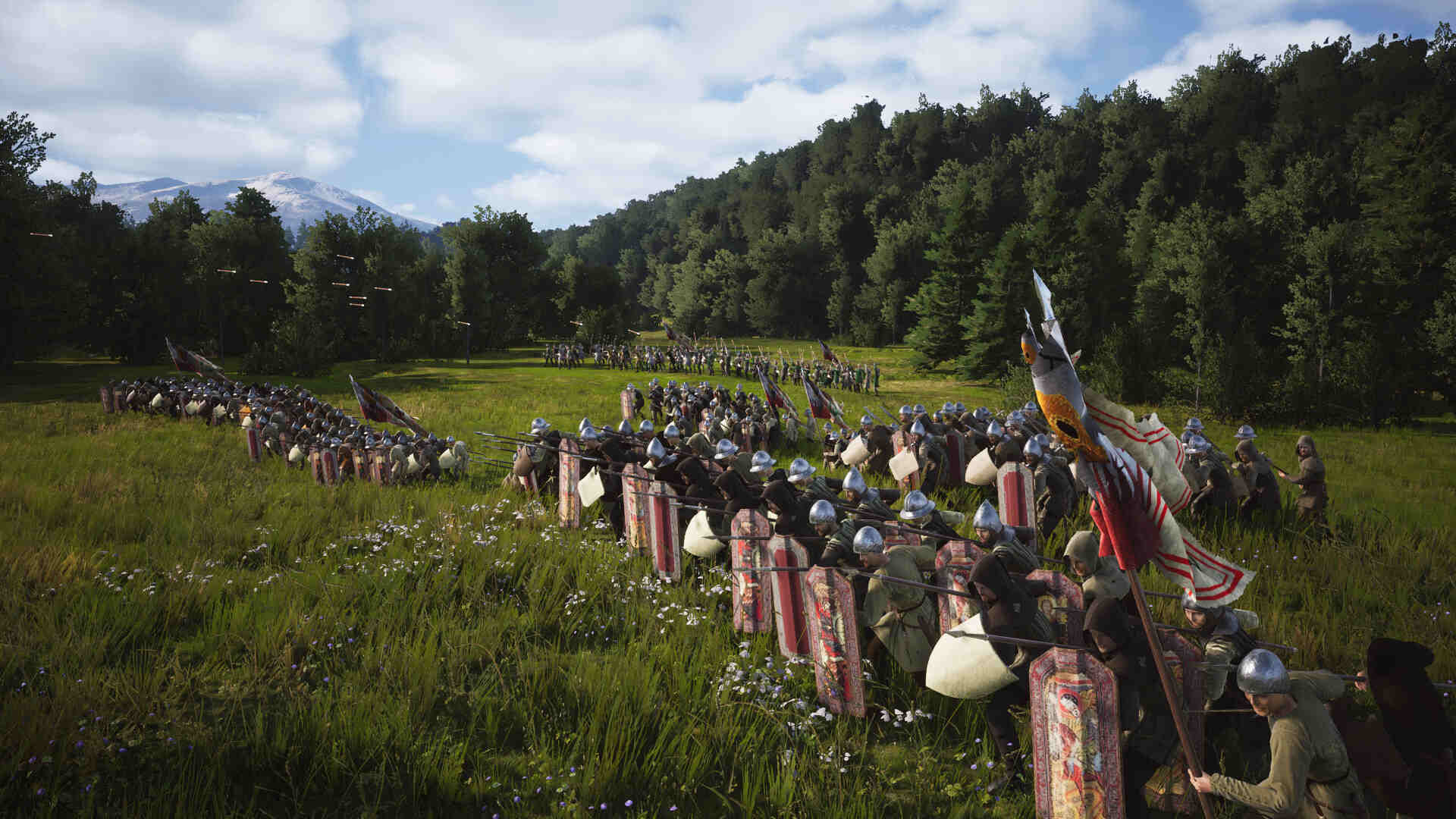 News
NewsManor Lords' new update is "overhauling a lot of systems at once," and it should be worth the 6-month wait as "we'll be able to shift to smaller, more frequent updates going forward"
By Scott McCrae Published
-
 News
NewsMy favorite Steam Next Fest city-builder so far is a chill sequel to Plague Inc, but I still ended up feeding dogs to my citizens
By Ali Jones Published
-
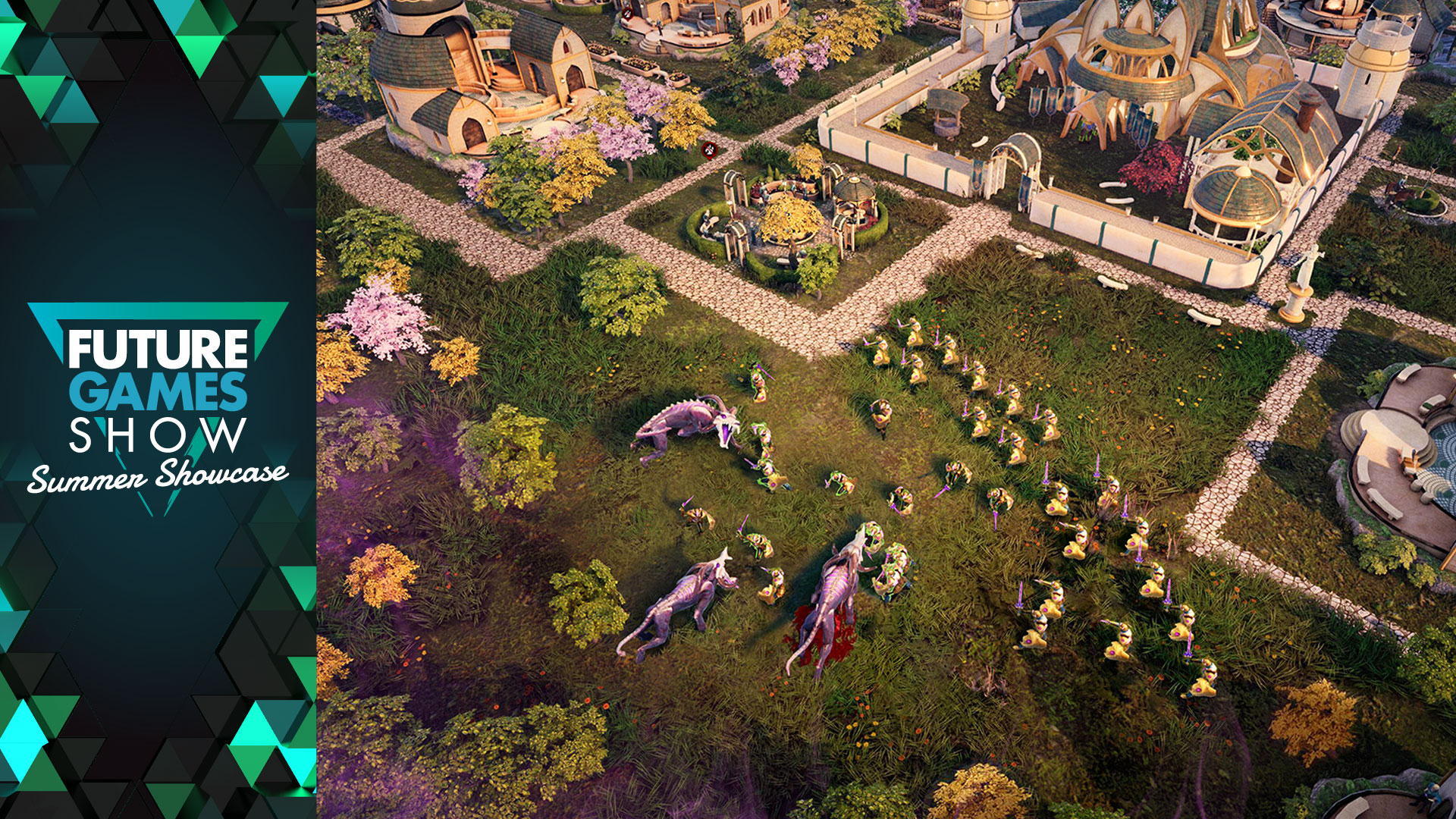 News
NewsFantasy city-builder Thrive: Heavy Lies the Crown gets its full release date later this month
By Ali Jones Published
-
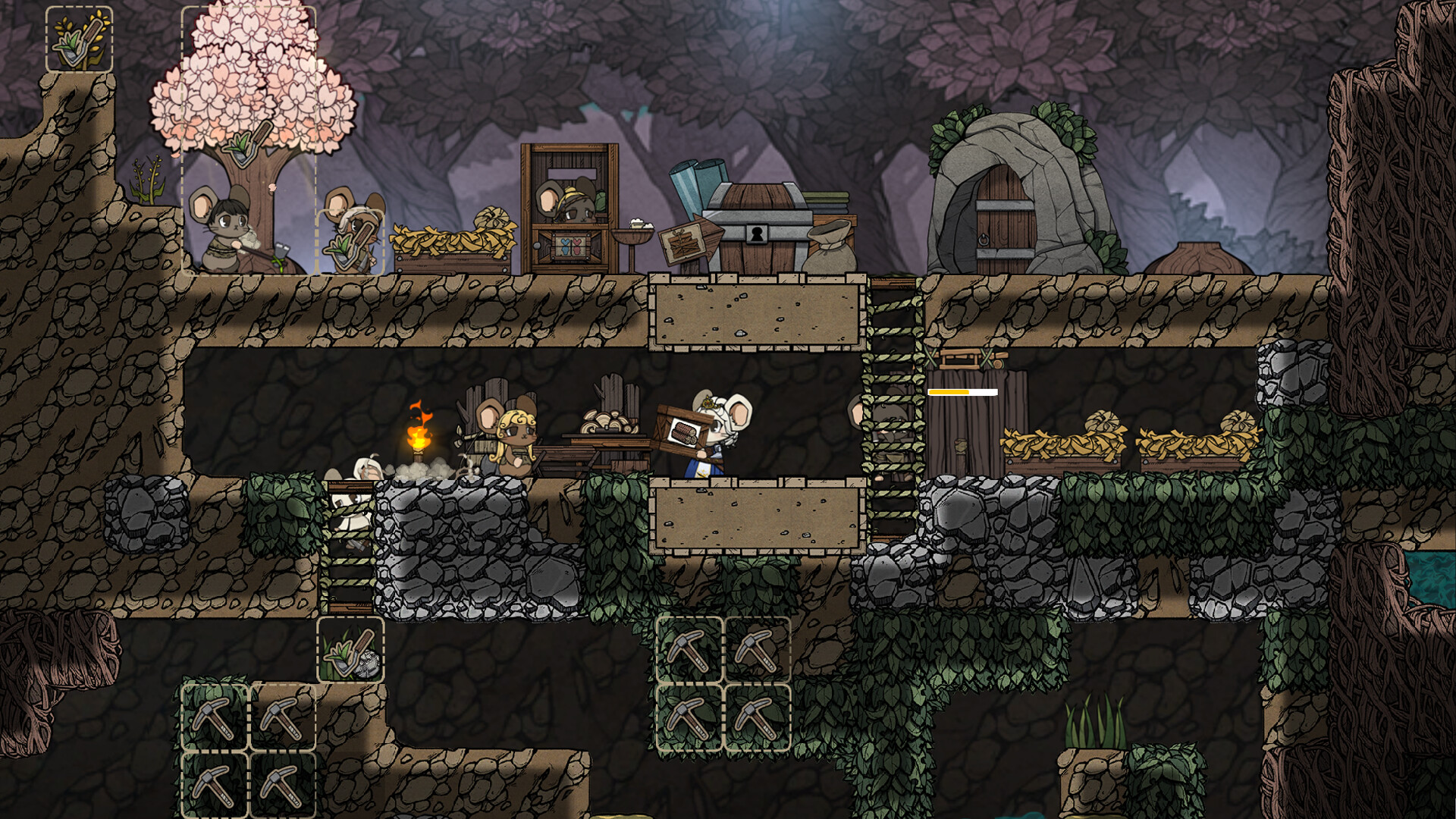 Now Playing
Now PlayingIn this rat-filled city builder, one wrong move can change everything - and in my case it was forgetting to add a toilet
By Katie Wickens Published
-
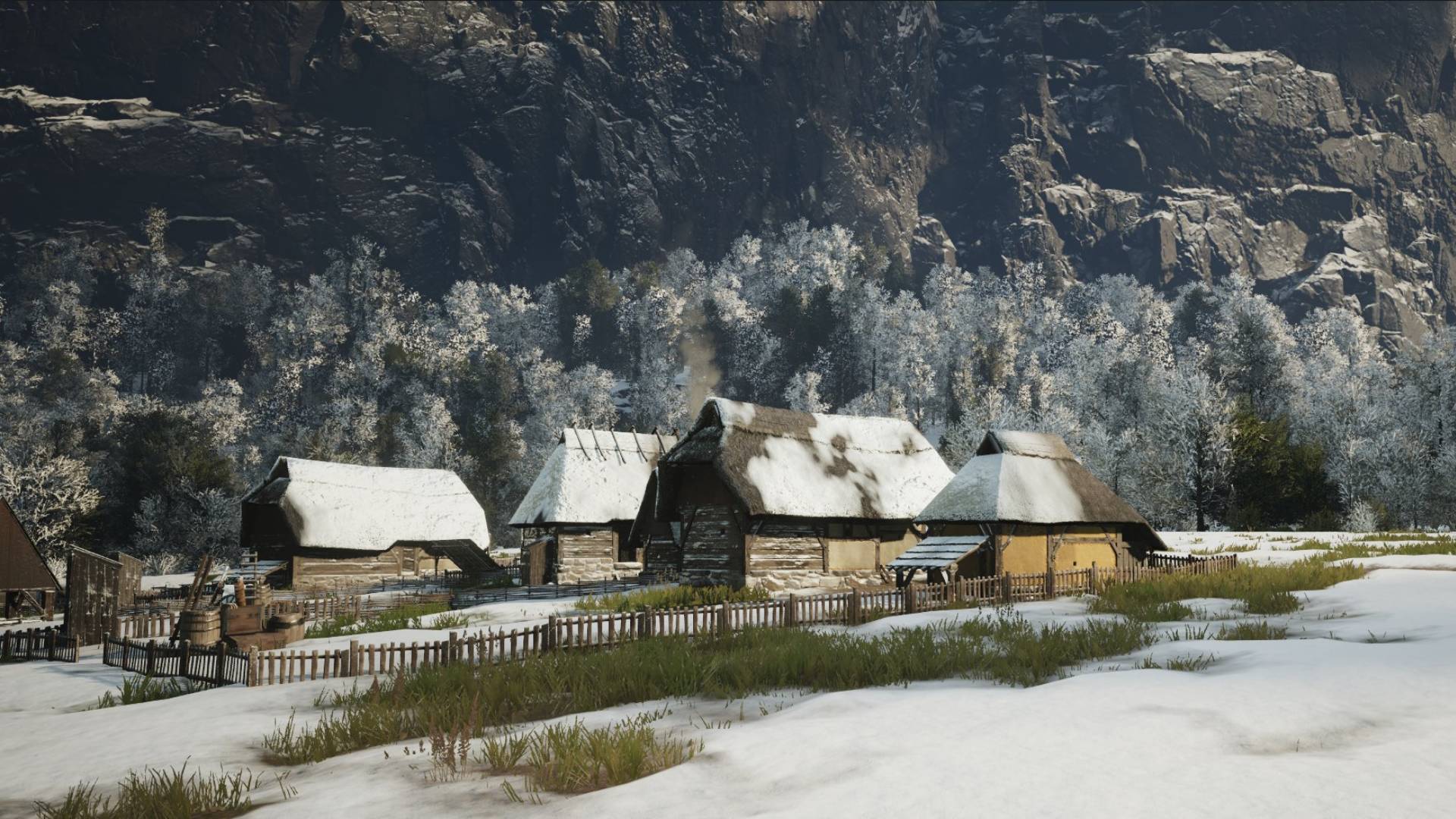 news
news"I remember uploading the build, crossing my fingers that things wouldn't immediately fall apart": A year later, city builder mega-hit Manor Lords has a bigger dev team teasing big updates
By Issy van der Velde Published
-
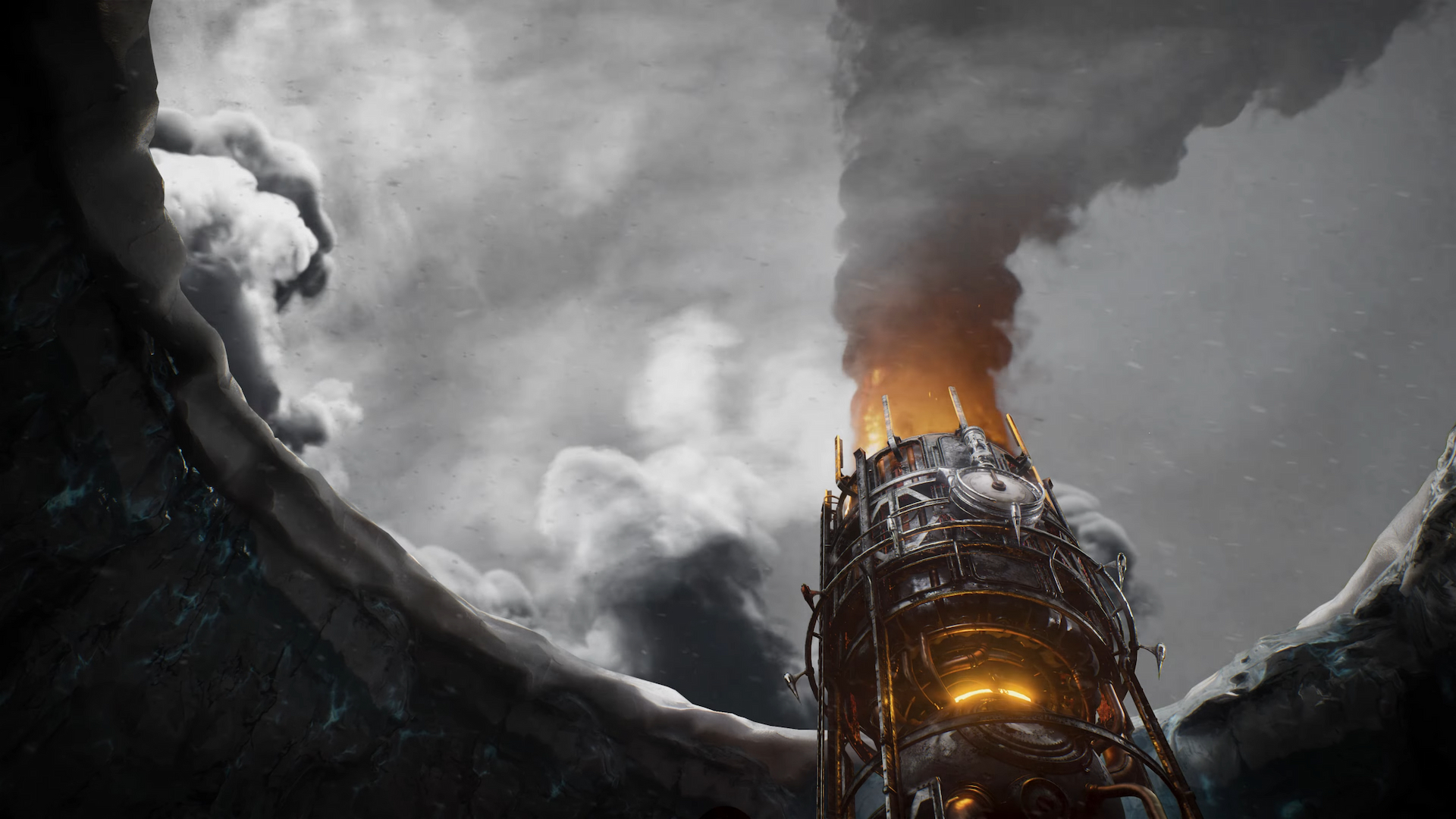 News
NewsAfter 7 years and a sequel, the original Frostpunk is getting a remake titled Frostpunk 1886 – a reimagining of the city builder that's "no mere visual overhaul"
By Anna Koselke Published
-
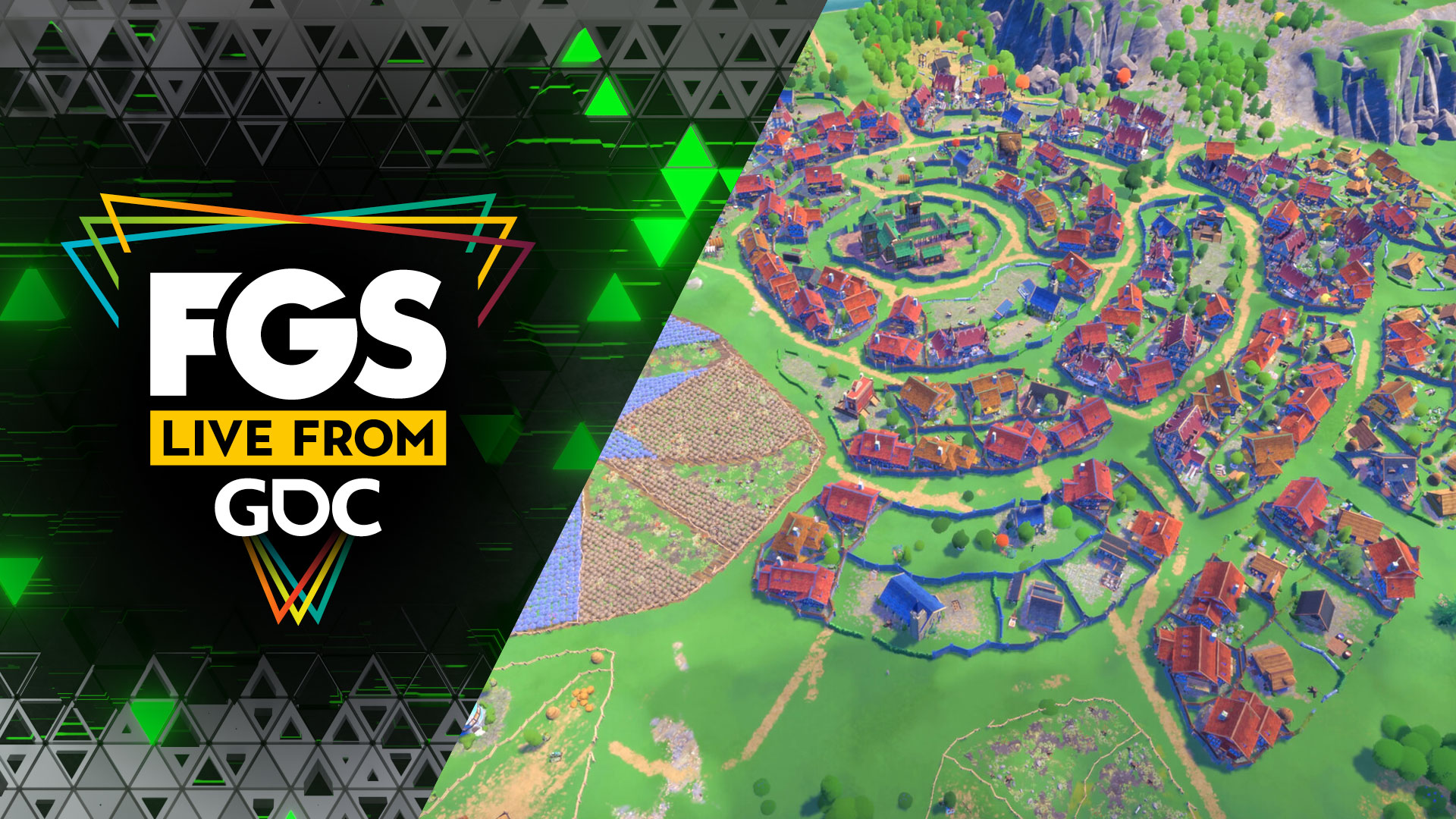 News
NewsCity Tales - Medieval Era is the next city builder destined for my Steam wishlist, and it's coming to Early Access in May
By Iain Harris Published
-
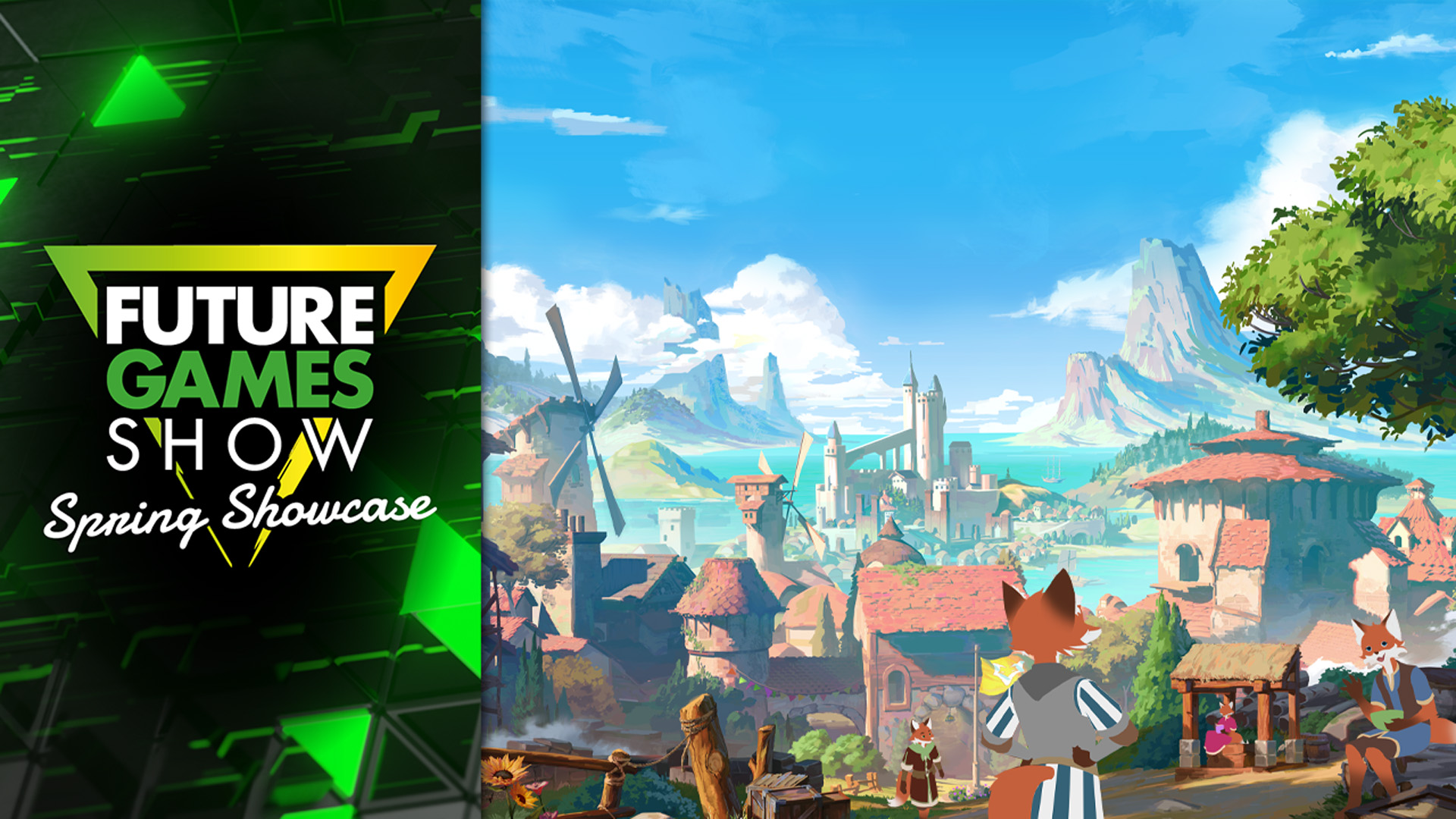 News
NewsDisney's Robin Hood collides with Manor Lords in this charming city-builder where everyone is a fox
By Ali Jones Published
-
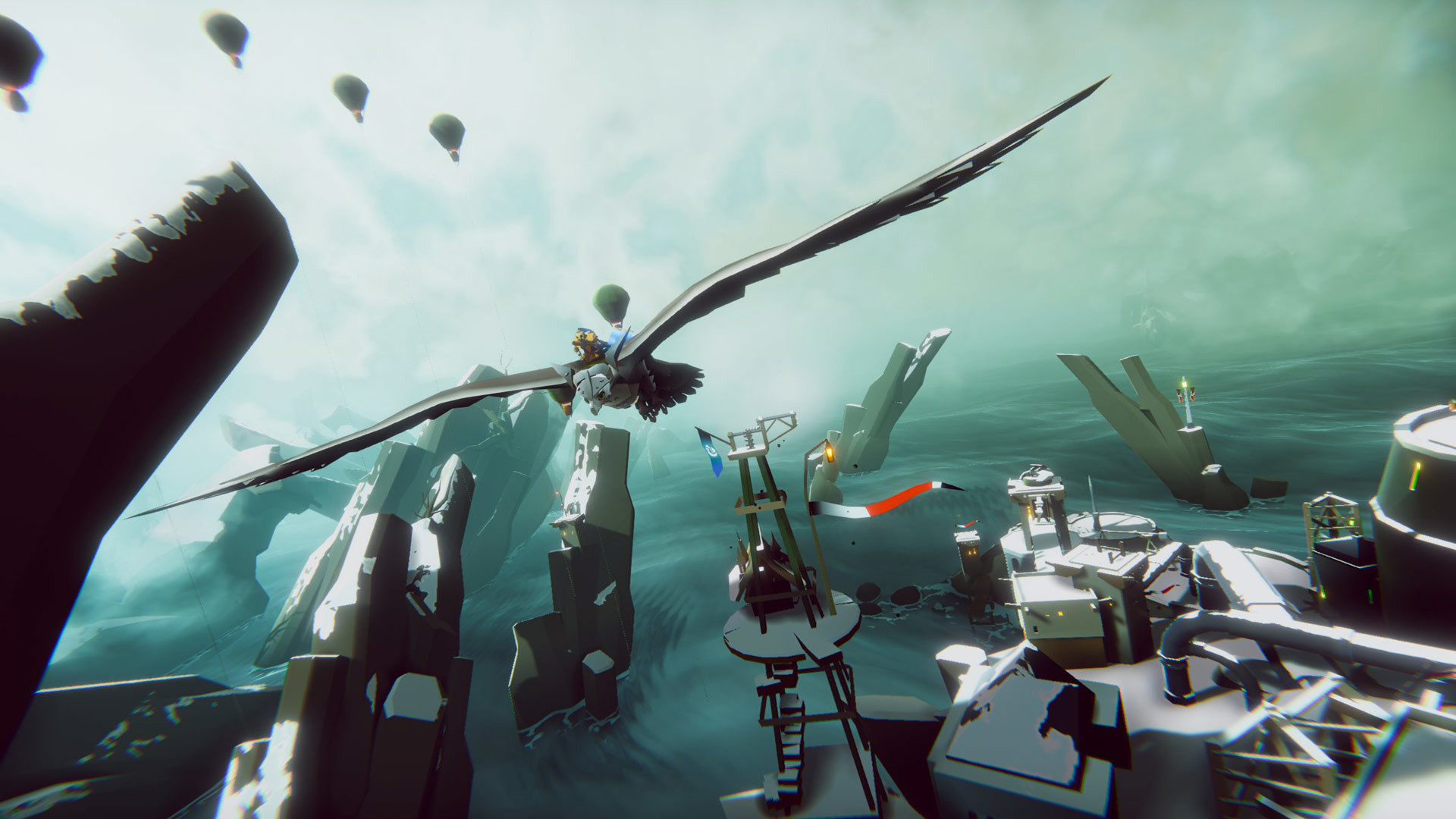 news
newsCity-builder dev implores Valve to give devs real social media tools on Steam, because they're "terrified of the future market" and need a "solution for indie sustainability"
By Kaan Serin Published
-
Co-op Games
-
-
 News
News"Guys we can't add cannibalism to Peak": Co-developer of viral indie survival game lays down the law, despite fans' protests of "what if just one little nibble"
By Scott McCrae Published
-
 News
News"REPO has changed forever": Semiwork finally releases its first major update and celebrates with the co-op horror game's best discount yet
By Liv Ngan Published
-
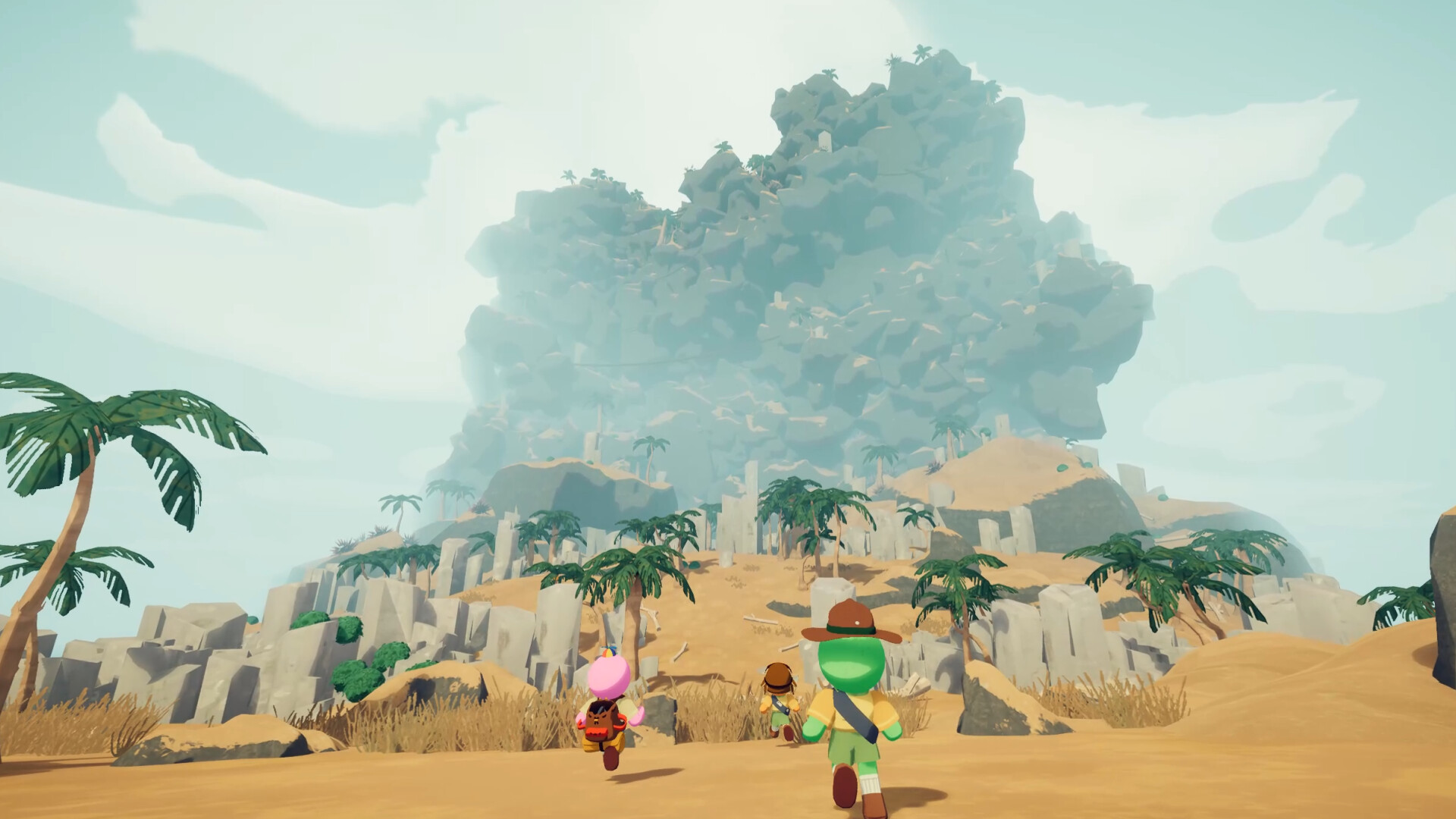 News
NewsPeak devs really did not expect to sell 2 million copies in 9 days, say they're now "looking into possible updates" for their hit that started as a "stupid jam game"
By Liv Ngan Published
-
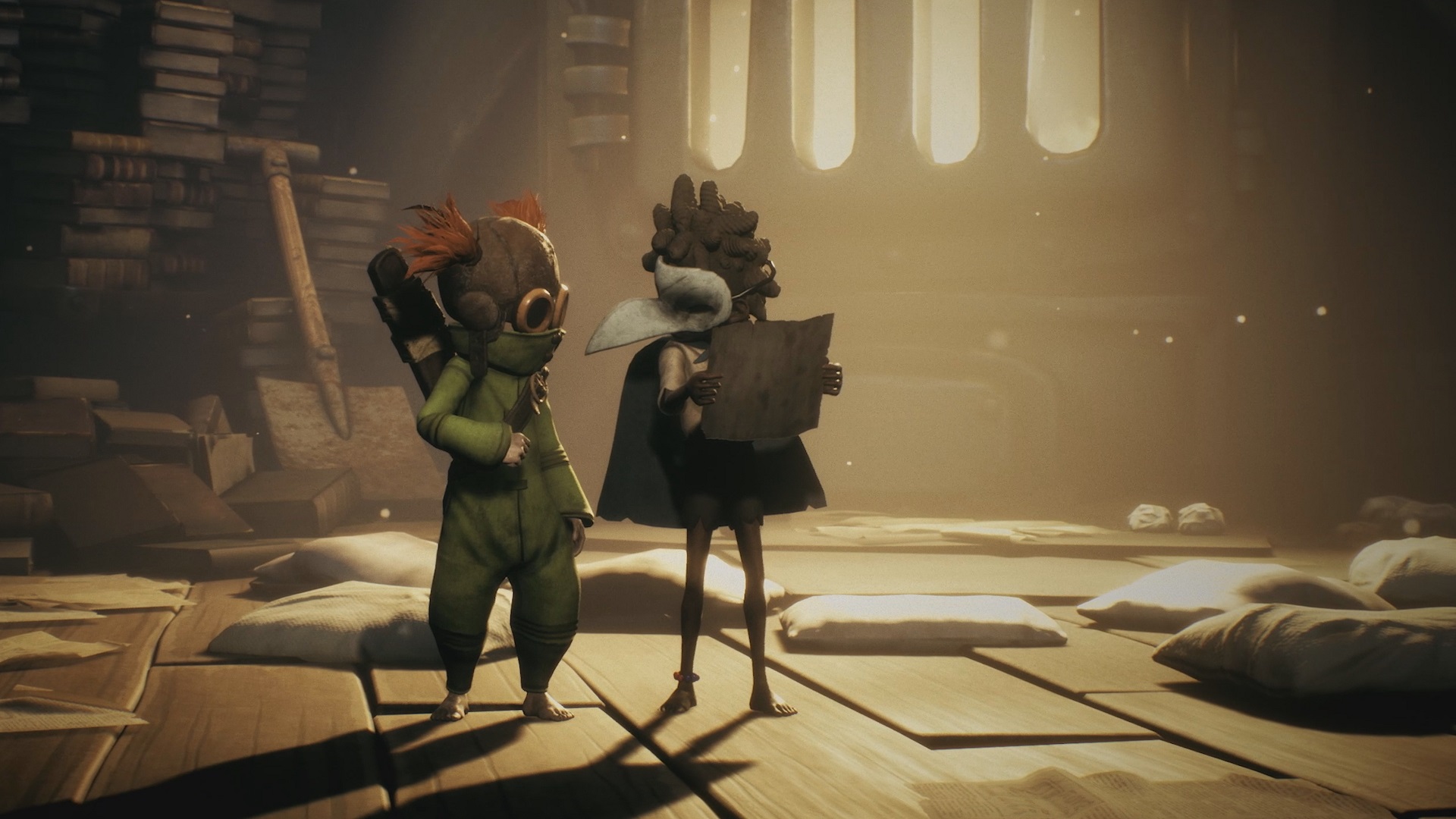 News
NewsLittle Nightmares 3 release date set for October, it's also coming to Switch 2 alongside an enhanced version of the original, and oh, here's 10 minutes of new gameplay footage
By Jordan Gerblick Published
-
 news
news"I'm gonna crash out": Even the creators of co-op climbing game Peak are stunned by 1 million copies sold in 6 days – "Why did this stupid jam game sell more than Another Crab's Treasure"
By Jordan Gerblick Published
-
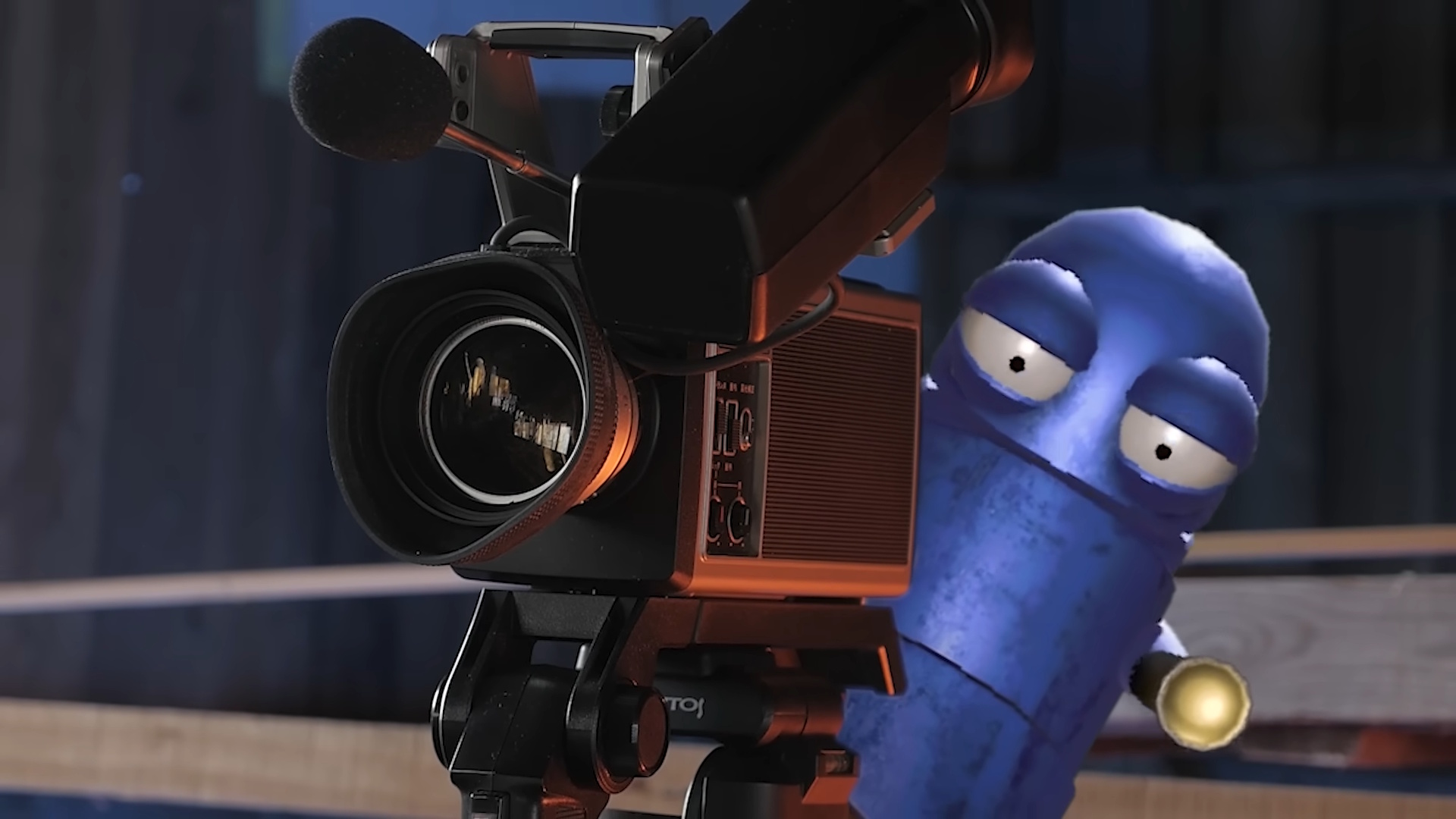 News
NewsREPO's "weird" new museum map will have "tons" of verticality and laser alarms you'll have to "Mission: Impossible" your way past
By Jordan Gerblick Published
-
 News
NewsREPO devs apologize for teasing cosmetics we'll never get, confirm other cosmetics are actually coming and "old levels will get updated" eventually
By Anthony McGlynn Published
-
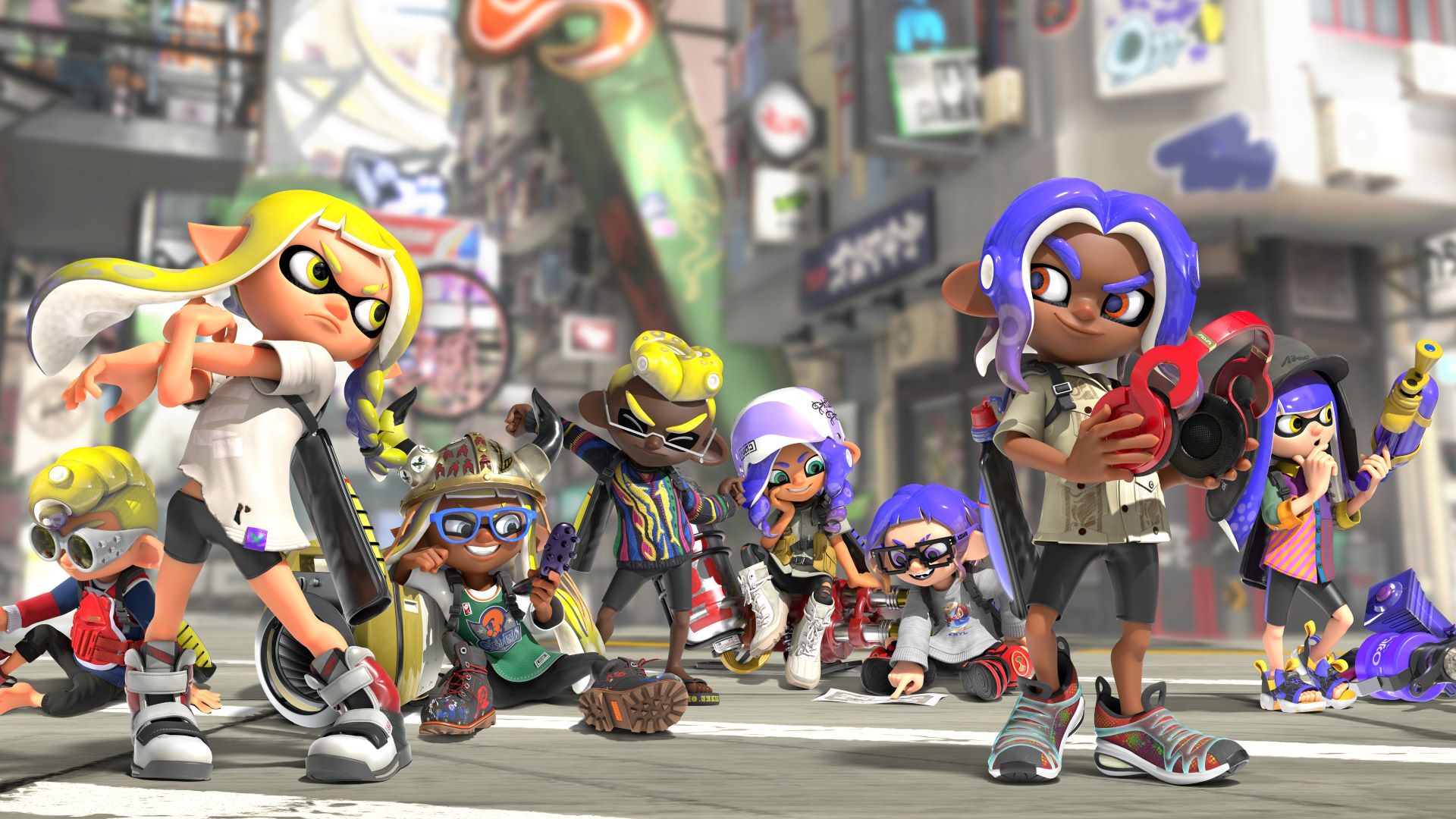 Best List
Best ListThe 25 best multiplayer Switch games you can play today
By Heather Wald Last updated
-
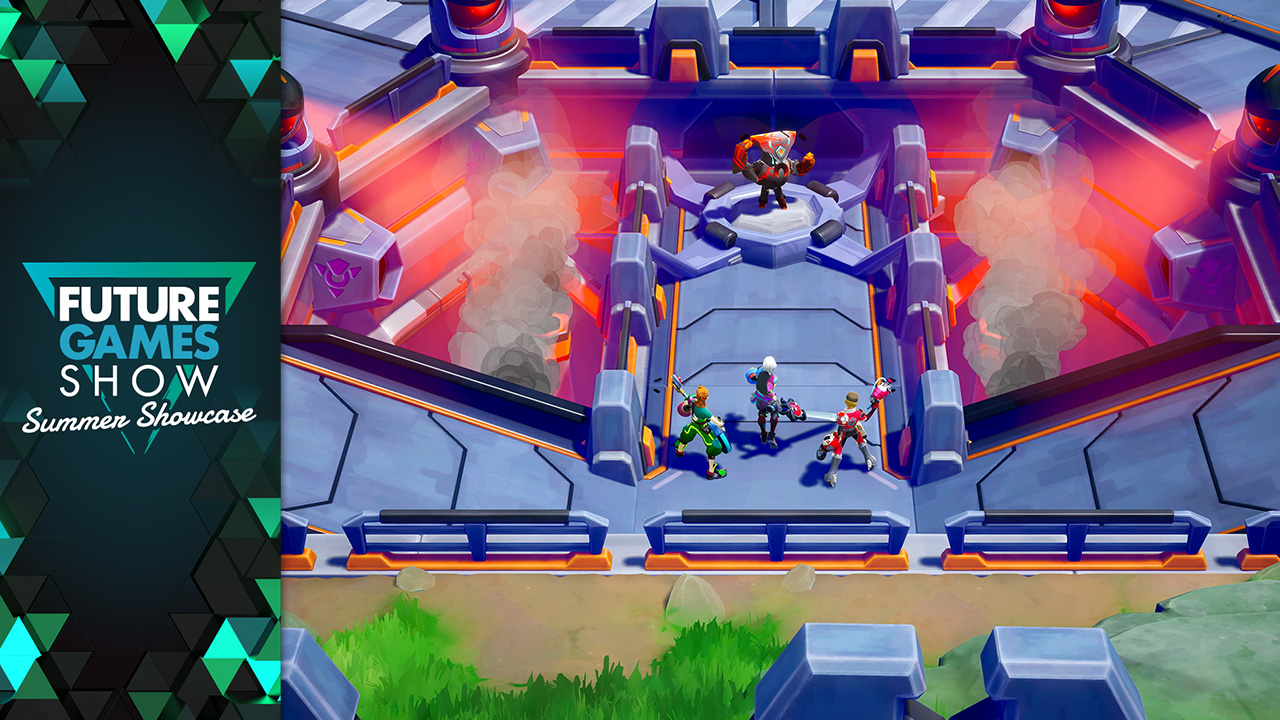 News
NewsLynked: Banner of the Spark is a robo-arm swinging 'rogue-life RPG', where you fight robots for the parts you need to build the town of your dreams
By Leon Hurley Published
-
Events & Conferences
-
-
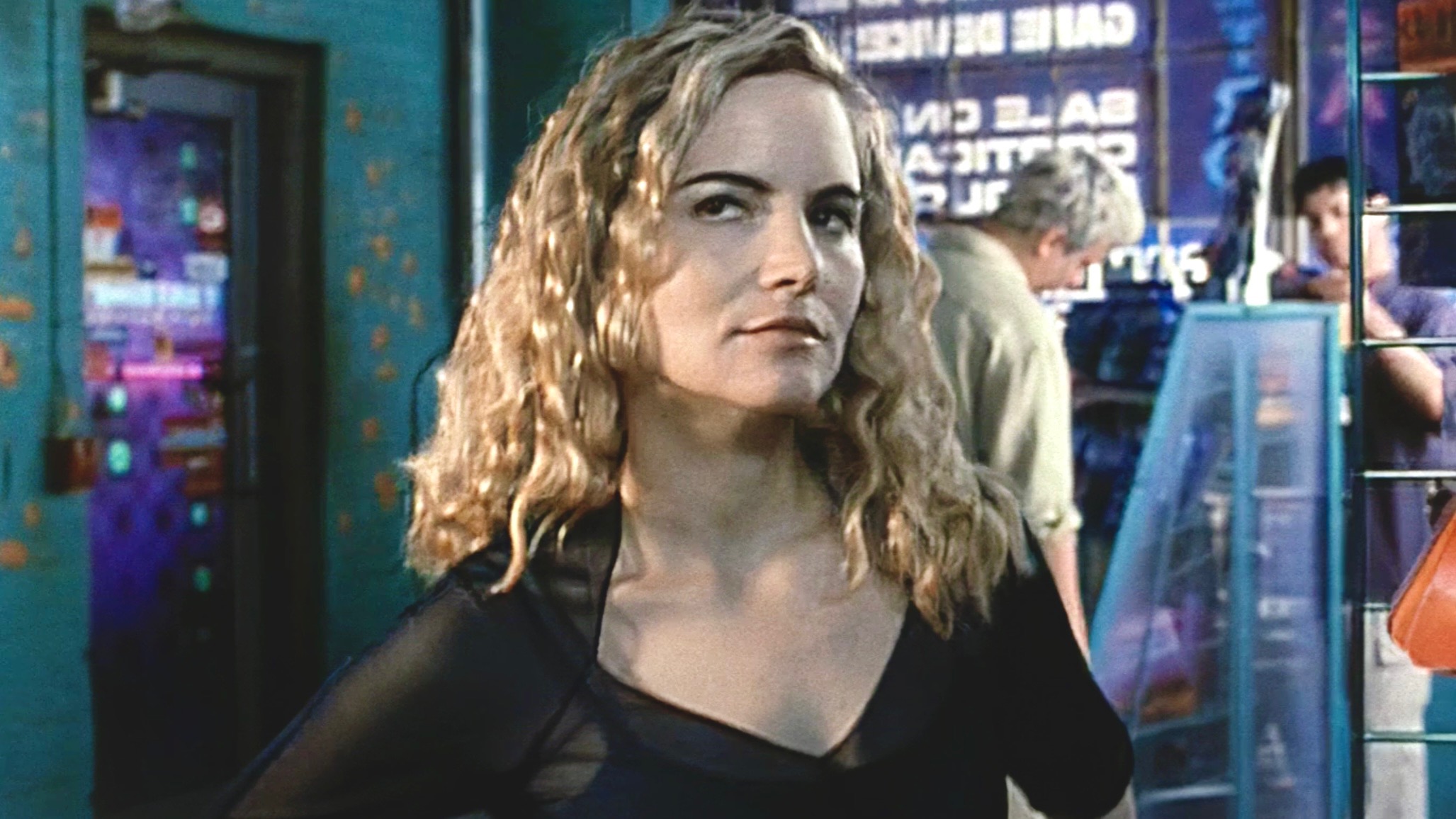 News
NewsDavid Cronenberg says he's "never been a great games player" — the only "game" in movies like eXistenZ and Videodrome "is to try to understand what life is now"
By Ashley Bardhan Published
-
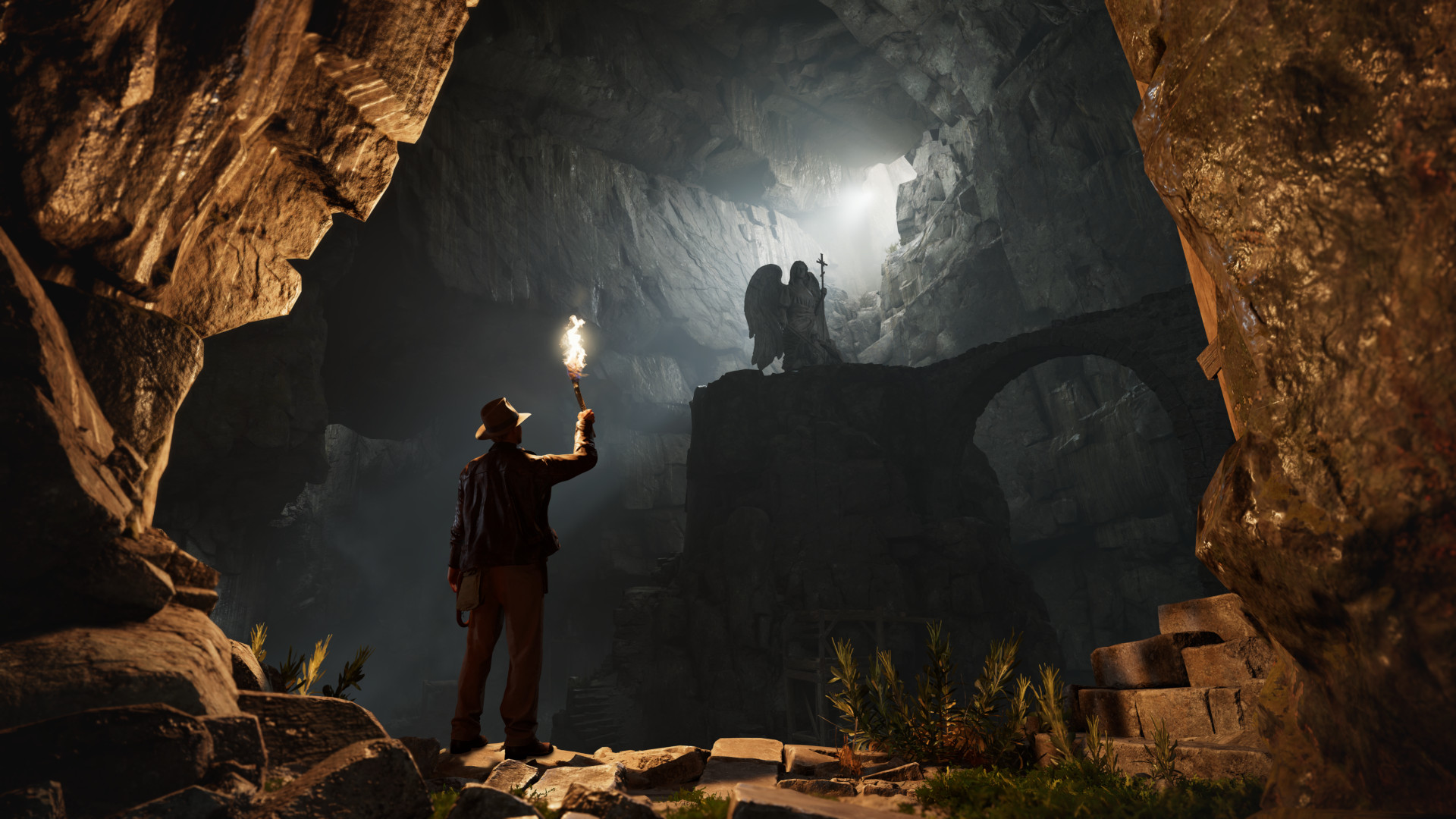 Recap
RecapEverything announced at the Xbox Games Showcase 2025
By Rollin Bishop Last updated
-
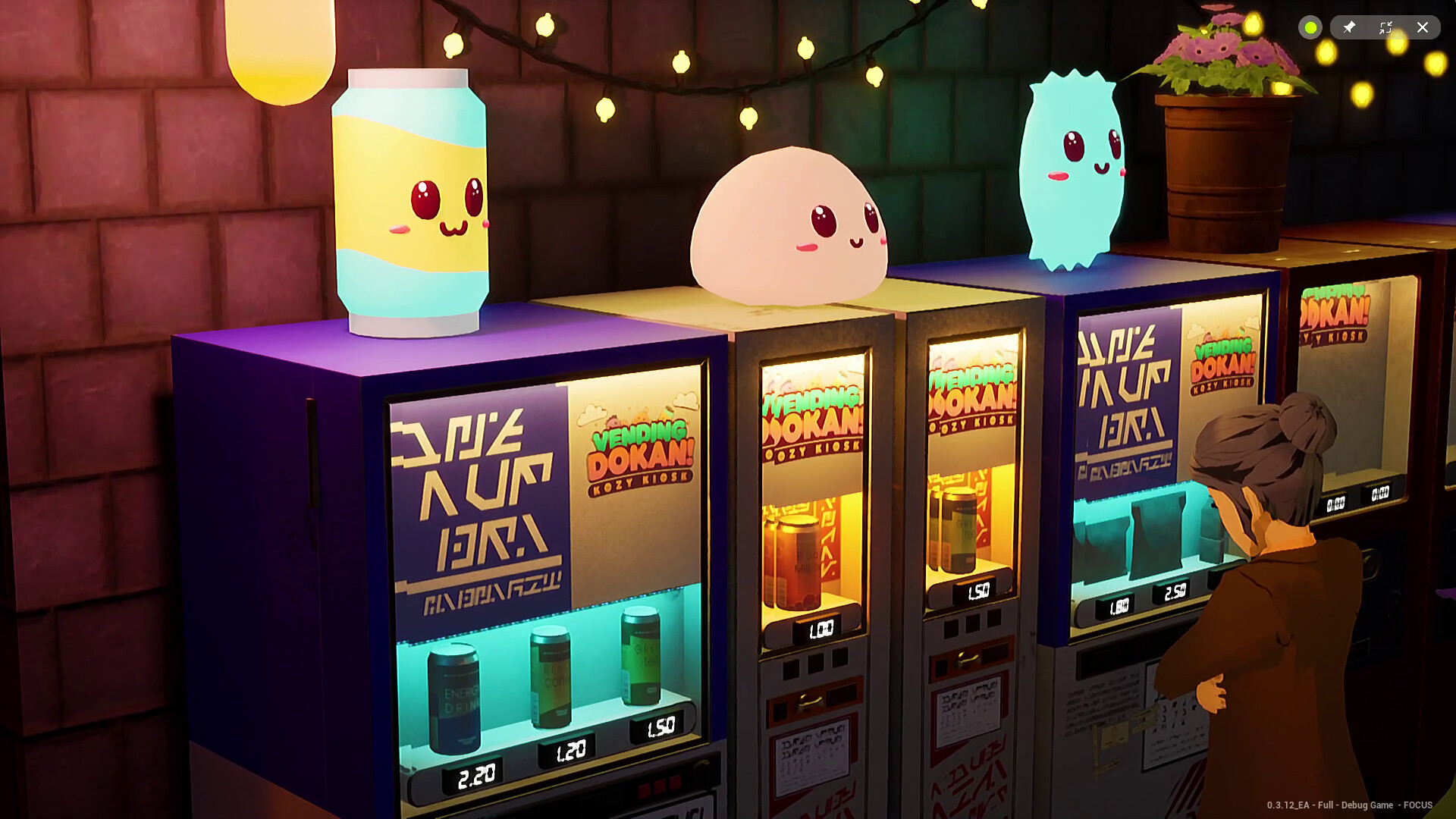 Feature
FeatureEvery new indie game that shadowdropped during Wholesome Direct 2025: From a Sims-like decorating game to a chaotic cooking roguelike
By Heather Wald Published
-
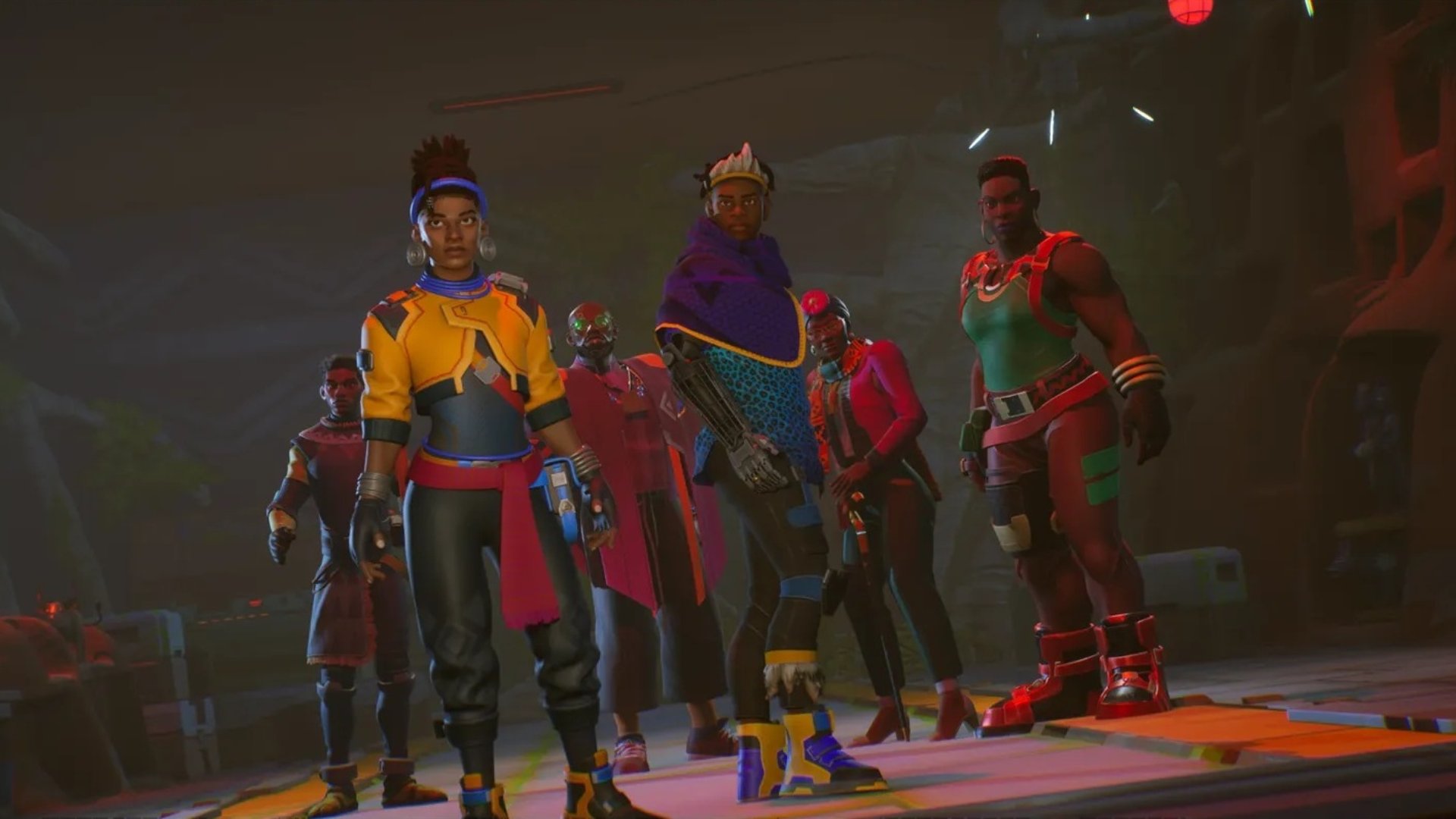 Feature
FeatureDay of the Devs Summer Game Fest Edition 2025 brought us 7 new reveals - here's what they were
By Heather Wald Published
-
 Recap
RecapEverything announced at Summer Game Fest 2025
By Rollin Bishop Last updated
-
 News
NewsHow to the watch the Future Games Show Summer Showcase 2025
By Iain Harris Published
-
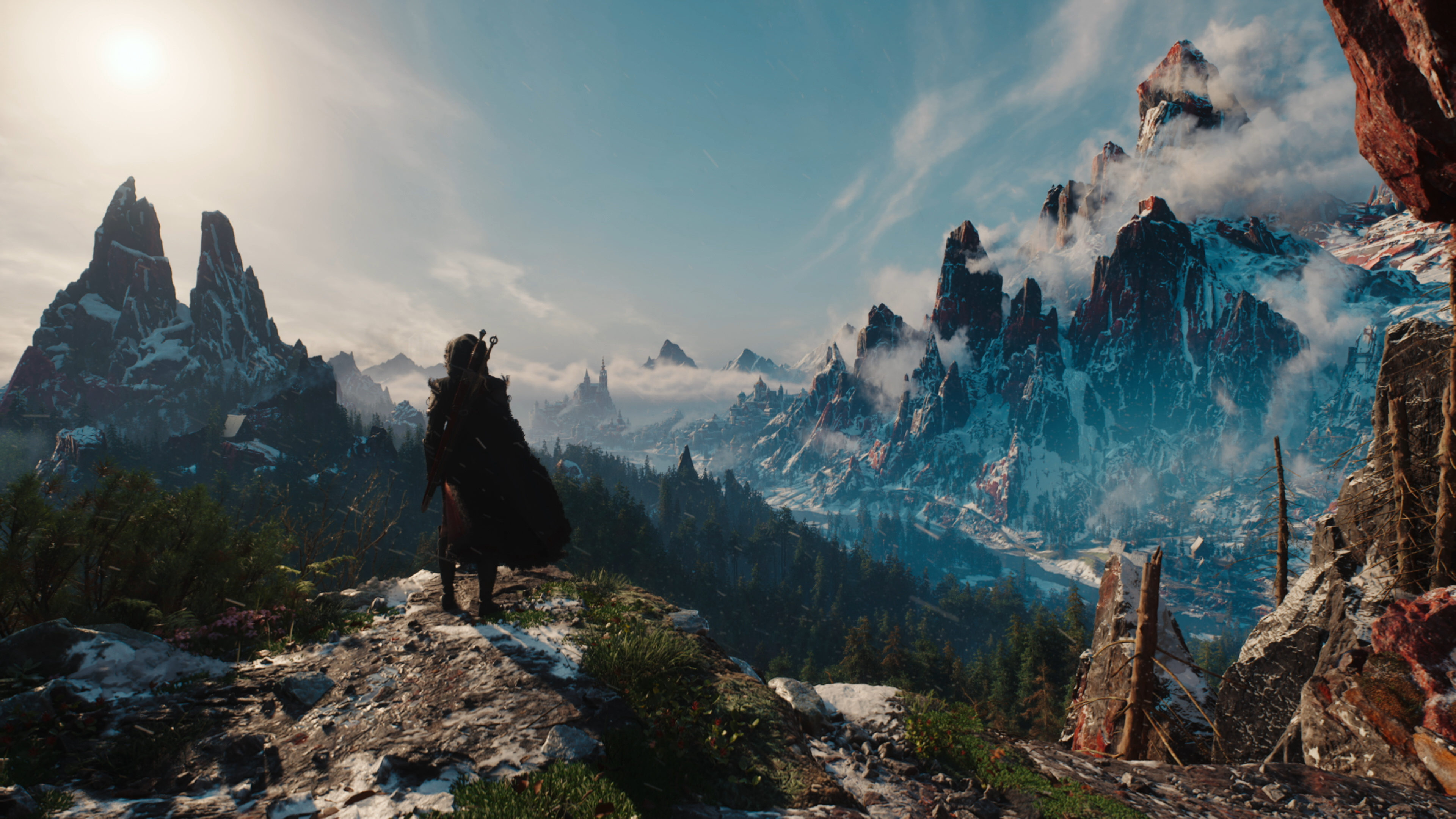 Feature
FeatureWildcard Wishlist: These are the games we've pinned our hopes and dreams on turning up at Summer Game Fest 2025
By Andrew Brown Published
-
 Recap
RecapEverything announced at the PlayStation State of Play June 2025
By Rollin Bishop Last updated
-
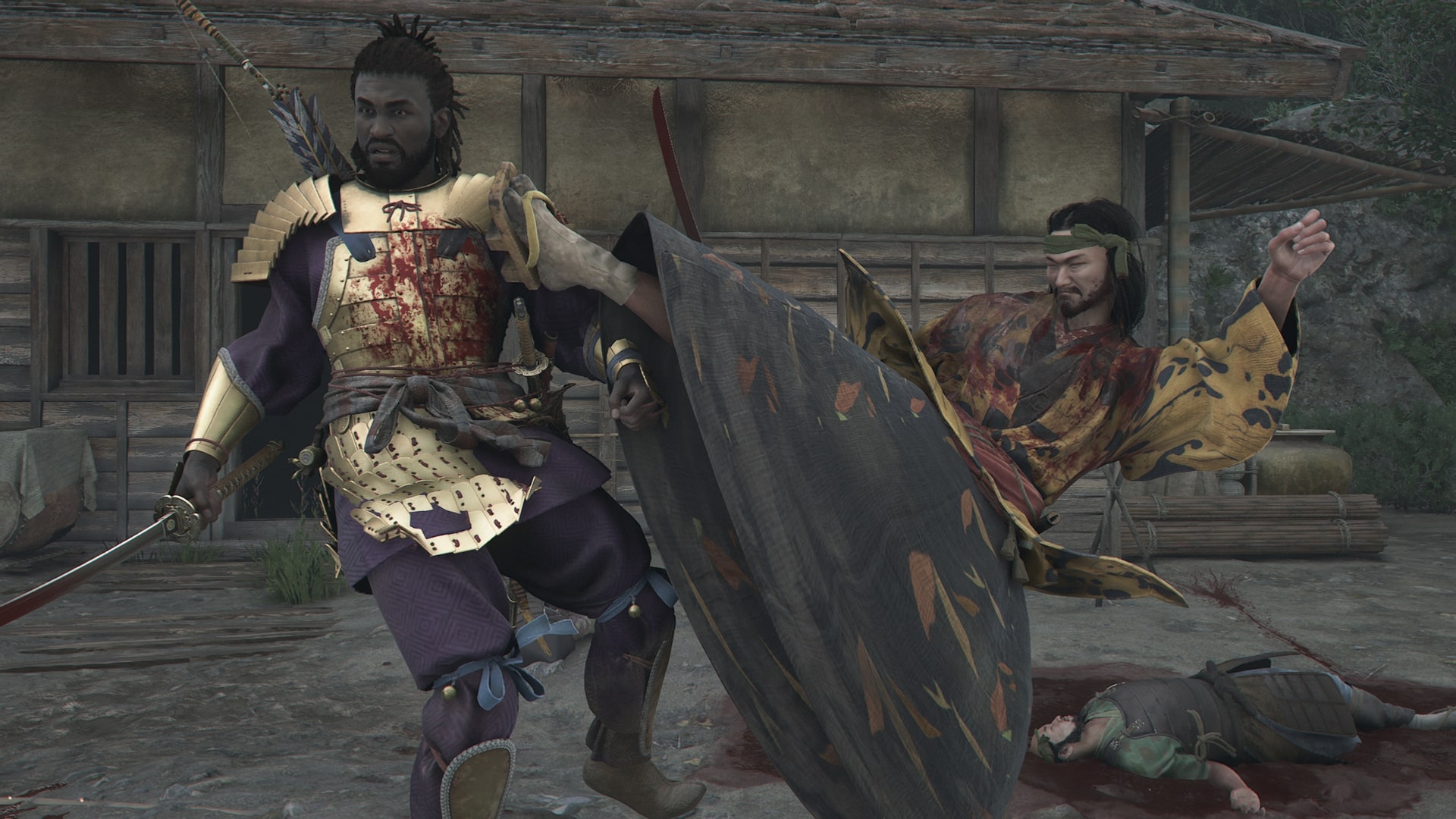 Road to SGF
Road to SGFWith Ubisoft Forward looking unlikely this year, here's what I'm still expecting from the publisher at Summer Game Fest 2025
By Jasmine Gould-Wilson Published
-
FPS Games
-
-

All Destiny 2 Edge of Fate Exotic weapons and armor we know about so far
By Lloyd Coombes Published
-
 Upcoming
UpcomingUpcoming Xbox Series X games for 2025 and beyond
By Sam Loveridge Last updated
-
 Best List
Best ListThe 25 best Steam games for 2025
By Malindy Hetfeld Last updated
-
 News
NewsWith Helldivers 2 coming to Xbox, hopium for a Halo crossover is at an all-time high even if some divers are really against the idea
By Kaan Serin Published
-
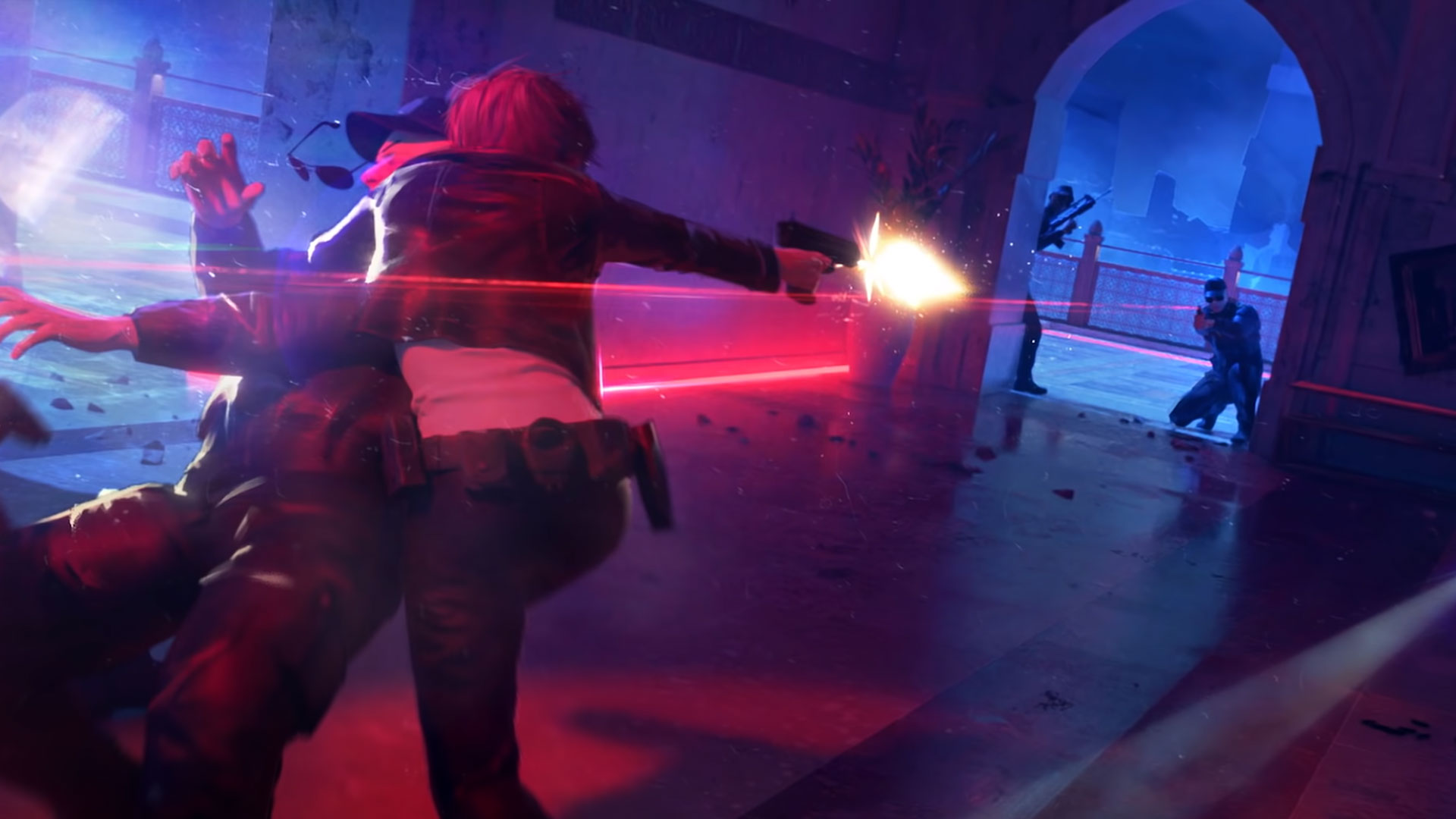 News
NewsPerfect Dark Joanna Dark actor calls for a Hi-Fi Rush-style revival after Microsoft cancels the reboot, as Starfield and Deus Ex star reveals his scrapped role will cost him "thousands of dollars"
By Scott McCrae Published
-
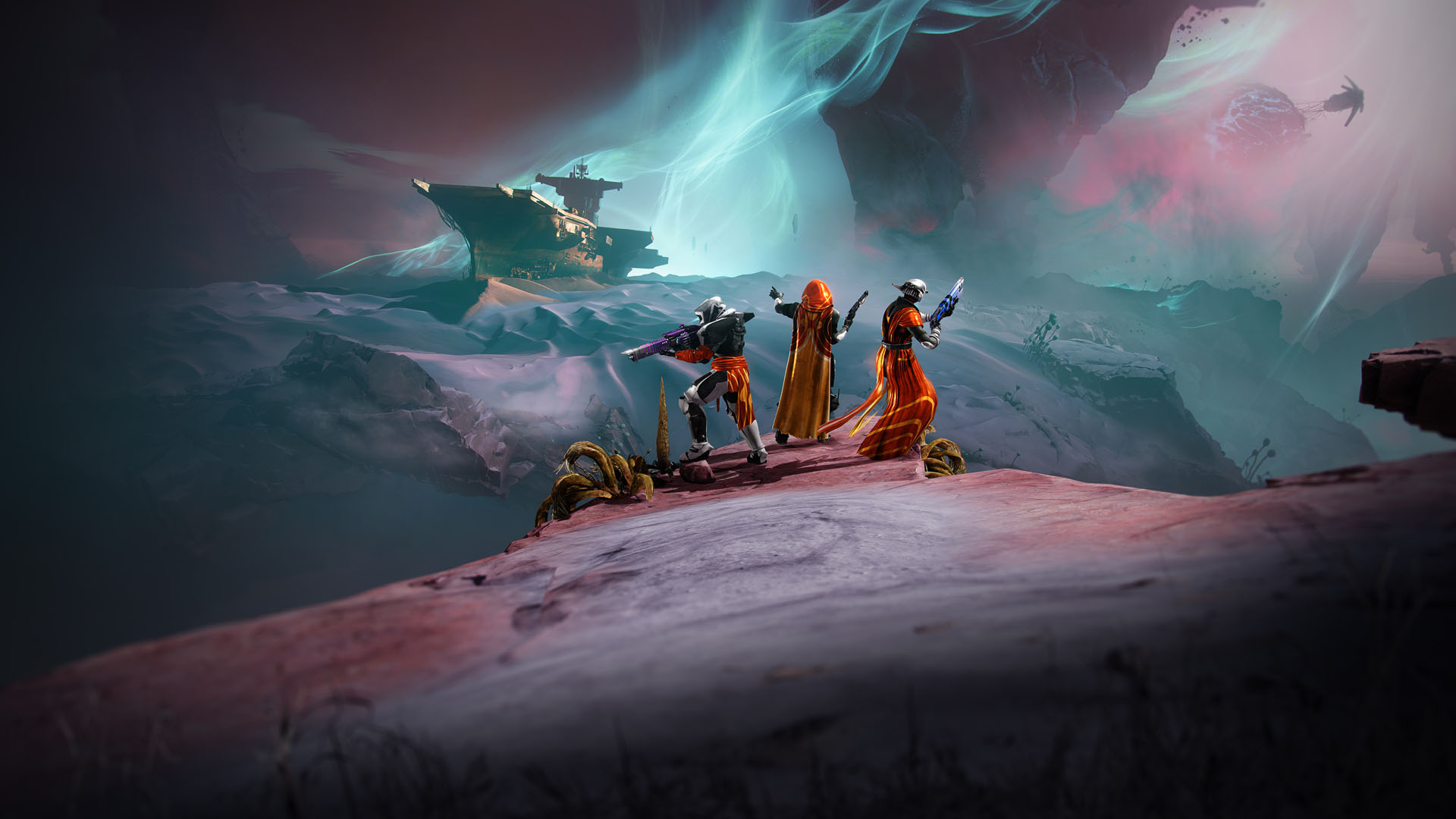 Guide
GuideWhen is the Destiny 2 weekly reset?
By Will Sawyer Last updated
-
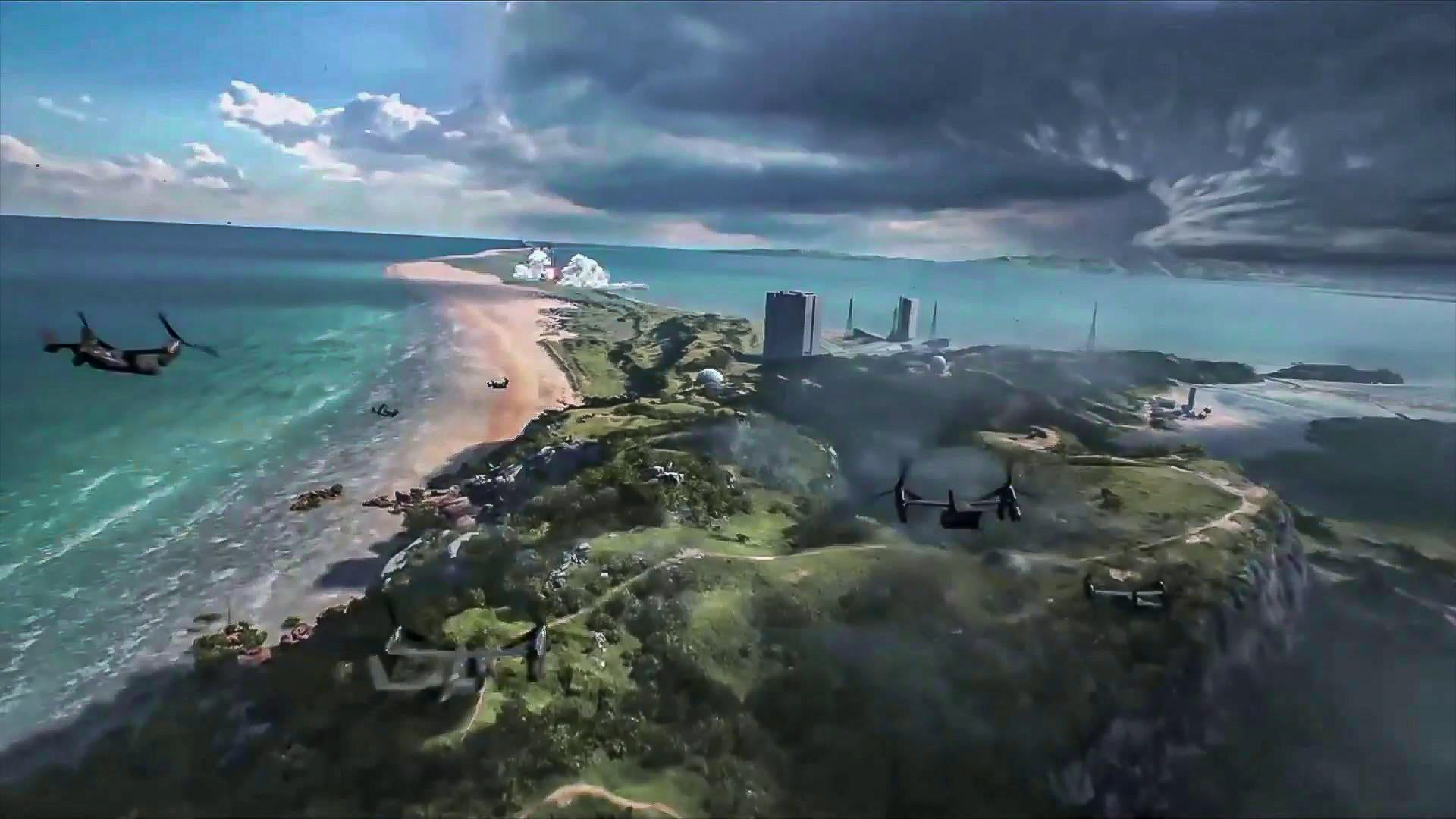 news
newsBattlefield 6's battle royale opening leaks in a Vine-length clip, as a dataminer claims the map is set in California
By Issy van der Velde Published
-
 News
NewsDespite rumors to the contrary, Perfect Dark developer confirms the canceled game’s awesome, Dishonored-riffing demo was actually real
By Kaan Serin Published
-
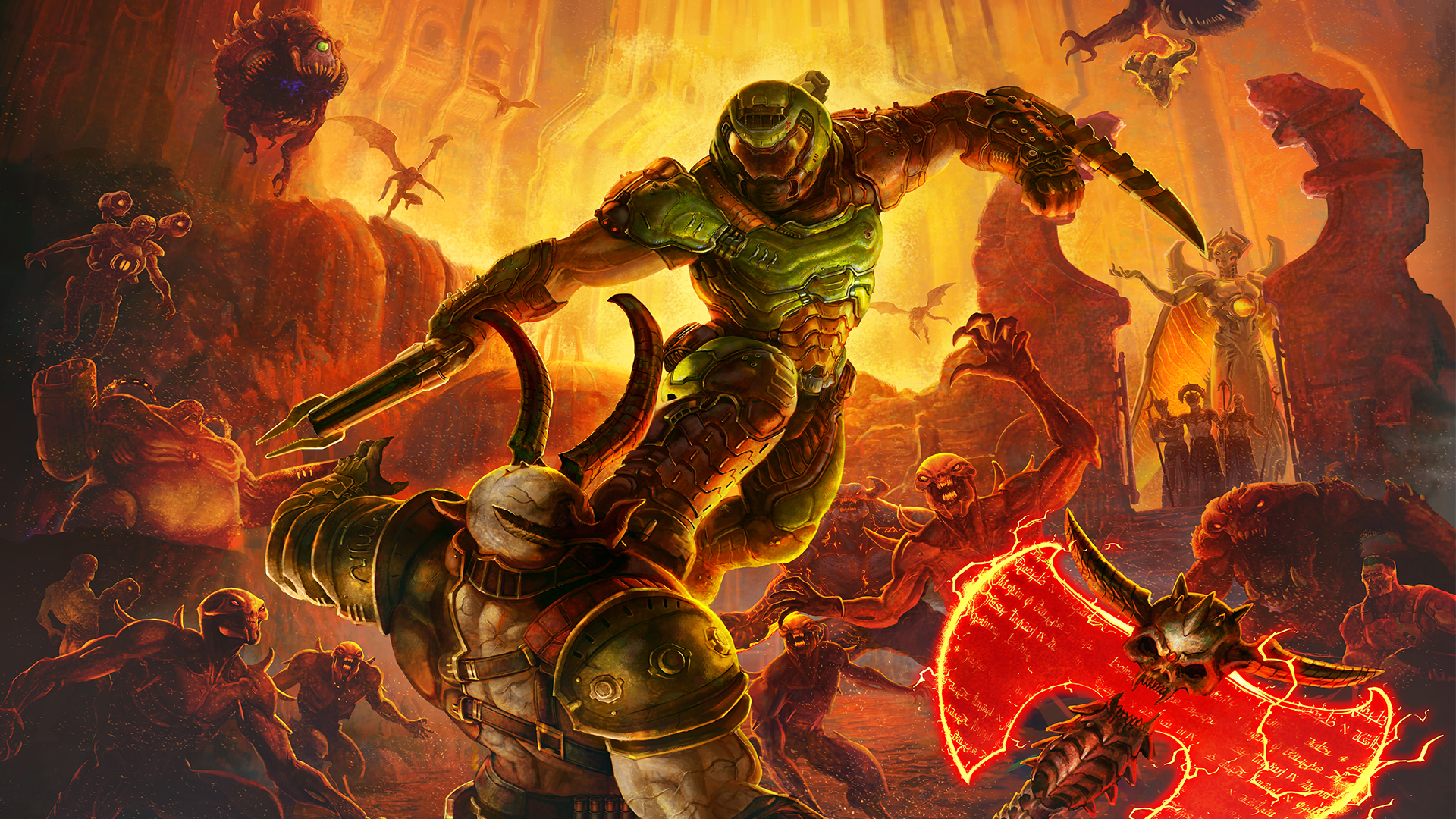 News
NewsThe games industry is so broken even FPS legend John Romero and his studio are struggling with funding, and now-former staff say it's Microsoft's fault: "Our whole studio is being let go because of the layoffs"
By Catherine Lewis Published
-
Fighting Games
-
-
 News
News25 years after launch and 15 years after its last Evo appearance, the legendary Marvel vs Capcom 2 is back on the big stage and we're set for "the largest MvC2 tournament of all time"
By Dustin Bailey Published
-
 News
NewsStreet Fighter 6's latest outfit DLC adds the game's biggest batch of horny yet, which might distract people from the fact that this is only the second wave of costumes in 2 years
By Scott McCrae Published
-
 News
NewsMassive Super Smash Bros. mod adds the N64 fighting game's actual announcer, and its new 15-minute trailer rivals Masahiro Sakurai's best work
By Kaan Serin Published
-
 News
News"We must change our methods": Smash Bros. director Masahiro Sakurai says game development has become "too time consuming and unsustainable"
By Scott McCrae Published
-
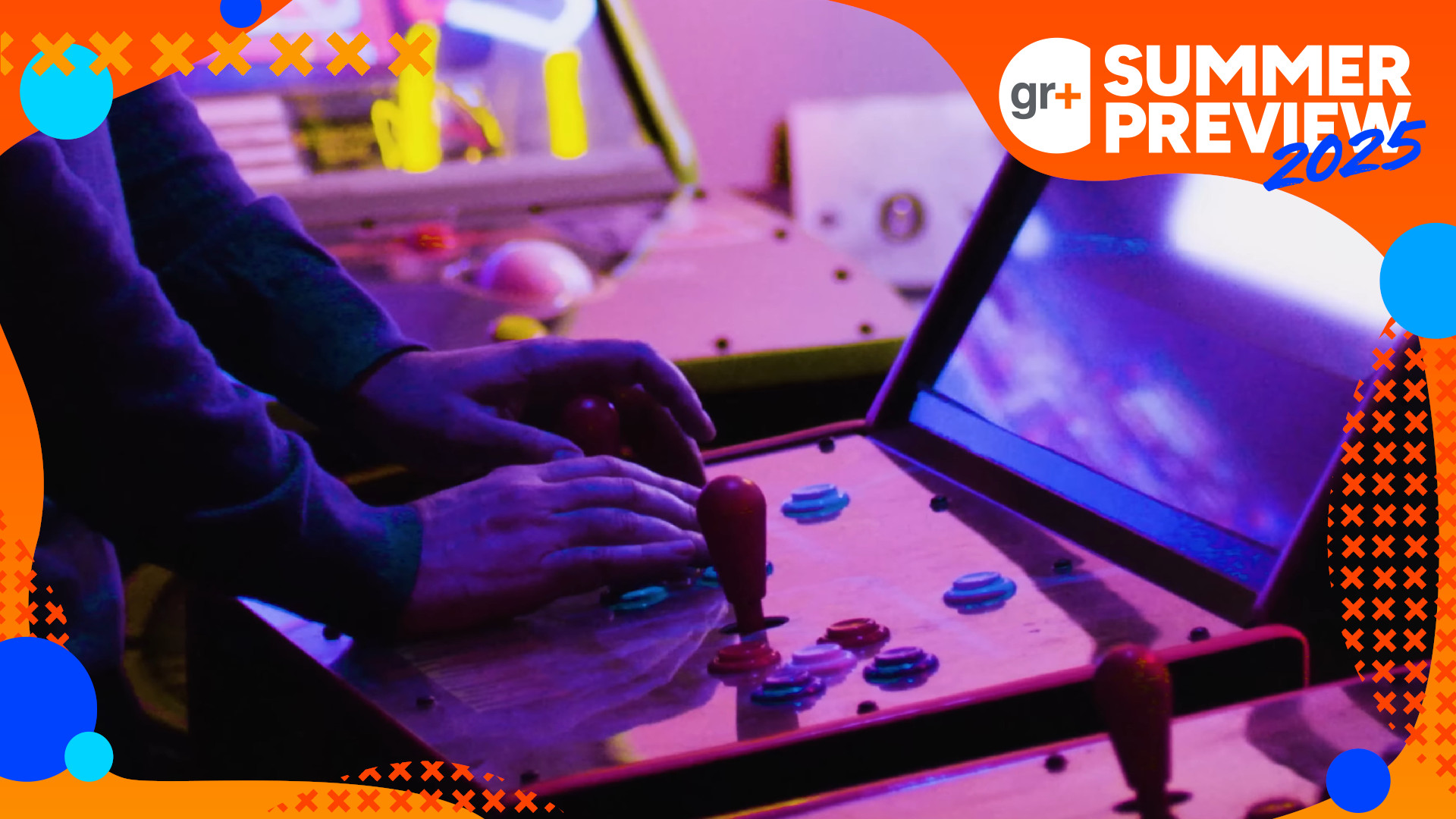 Interview
Interview"Notoriously obtuse hardware" meant Mortal Kombat 4 has "never accurately" come to home consoles, but Legacy Kollection found a way to preserve NetherRealm's full arcade roots
By Dustin Bailey Published
-
 News
NewsTekken series producer Katsuhiro Harada has been dumping lore about the series over the weekend, including why Heihachi has around 25 kids
By Scott McCrae Published
-
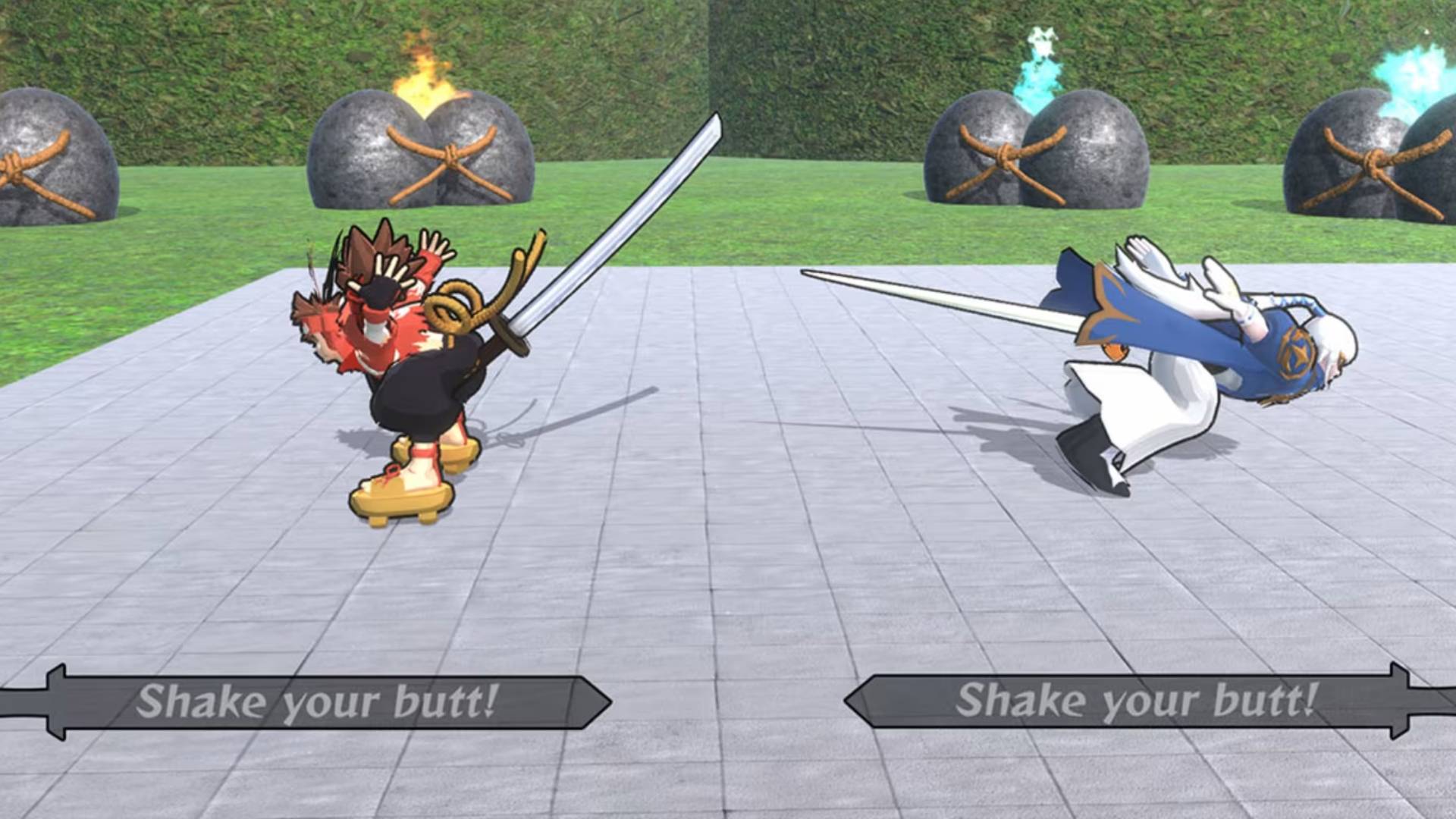 News
NewsNintendo Switch 2 is too powerful for asses to handle: 1v1 butt swordfighting game Ketsu Battler is having issues with literal backwards compatibility
By Scott McCrae Published
-
 Opinion
OpinionI've played 200 hours of Street Fighter 6, and the Switch 2 version is a perfectly fine companion piece – even if it could never be the ideal platform
By Scott McCrae Published
-
 News
NewsSwitch 2's controversial game-key cards come on a physical cartridge, but Capcom is still counting its sales of them as digital
By Anthony McGlynn Published
-
Horror Games
-
-
 Now Playing
Now PlayingThe Silent Hill f writer's debut game was basically the original Doki Doki Literature Club, and it's still terrifying me 23 years later
By Oscar Taylor-Kent Published
-
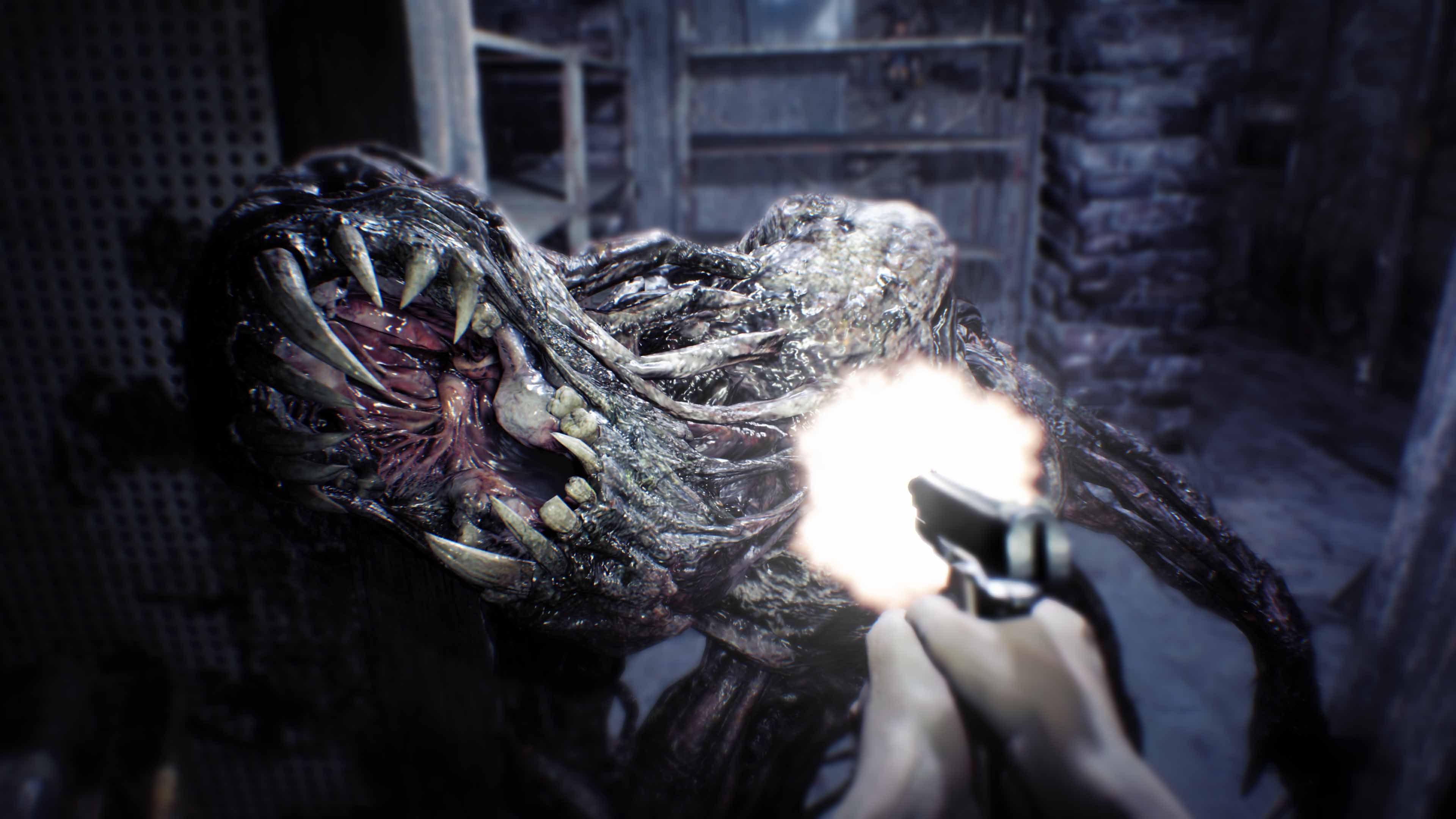 Best List
Best ListThe 25 best horror games to play right now
By Leon Hurley Last updated
-
 Guide
GuideLittle Nightmares 3: Everything we know so far about the new horror game from Supermassive
By Heather Wald Last updated
-
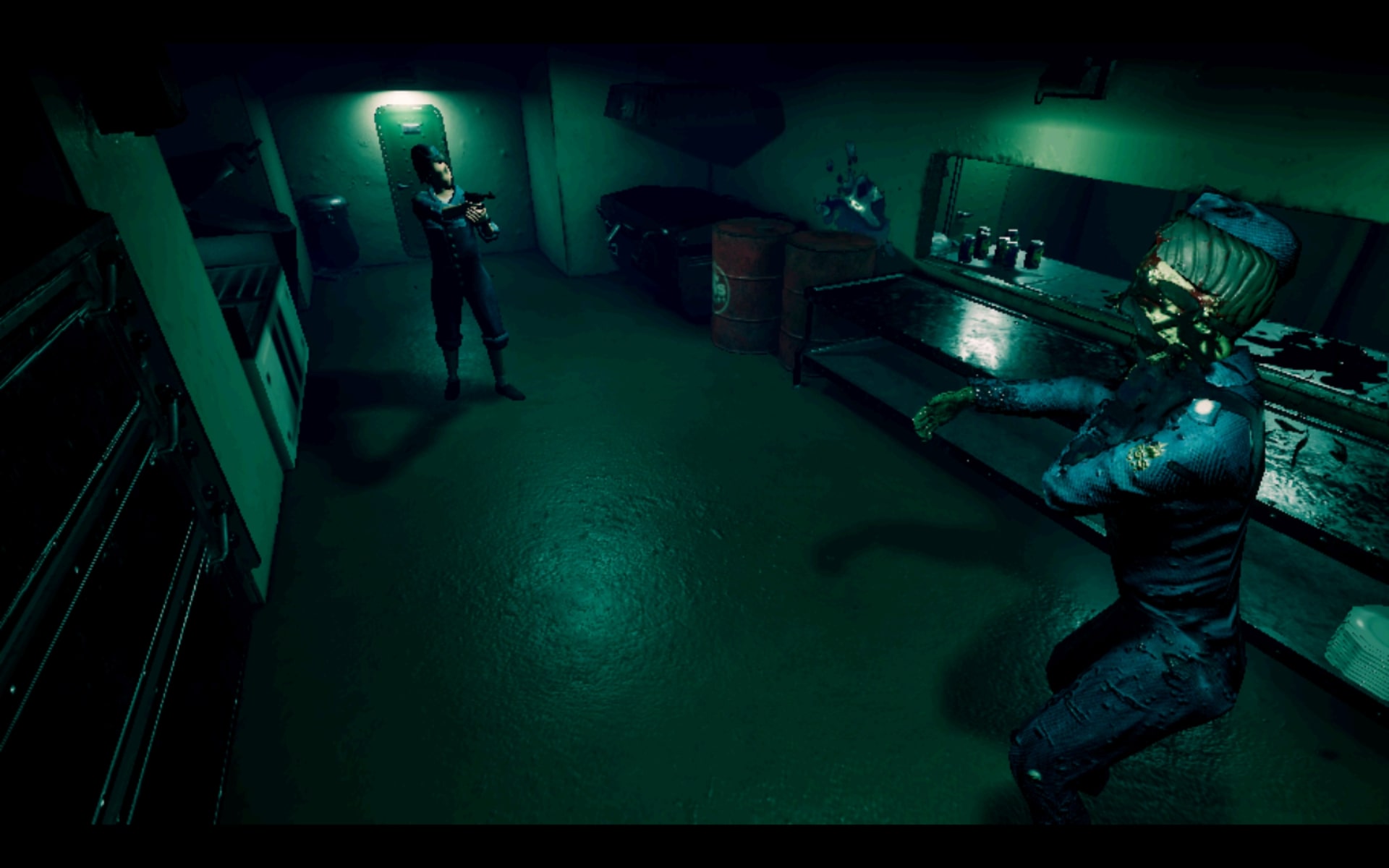 Now Playing
Now PlayingI got a nicotine rush and set zombies on fire in this PS1-style survival horror demo, and it's basically Resident Evil on a submarine
By Jasmine Gould-Wilson Published
-
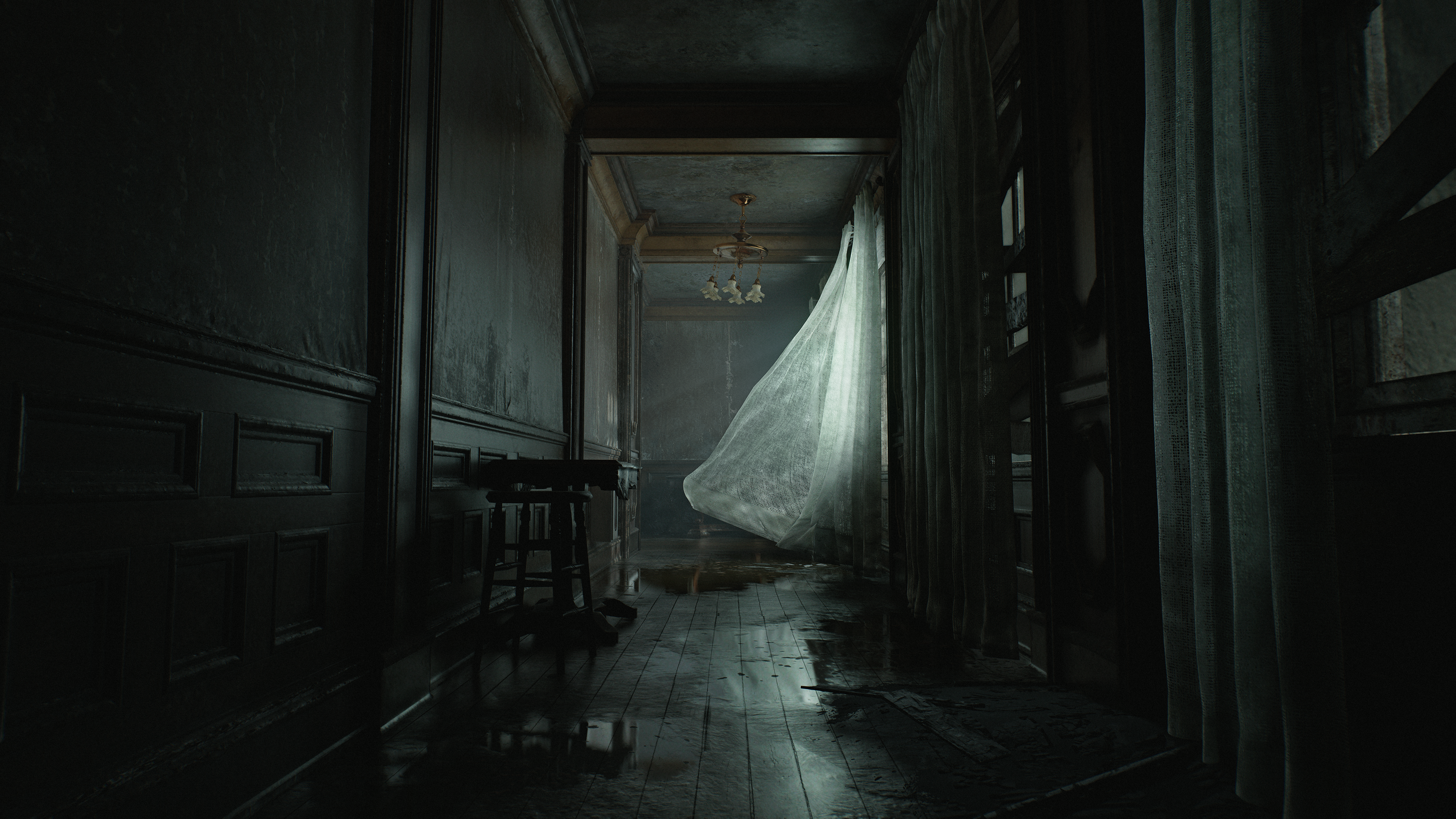 Upcoming
UpcomingUpcoming horror games for 2025 and beyond
By Emma-Jane Betts Last updated
-
 Feature
FeatureHideo Kojima's OD: Everything we know so far
By Josh West Last updated
-
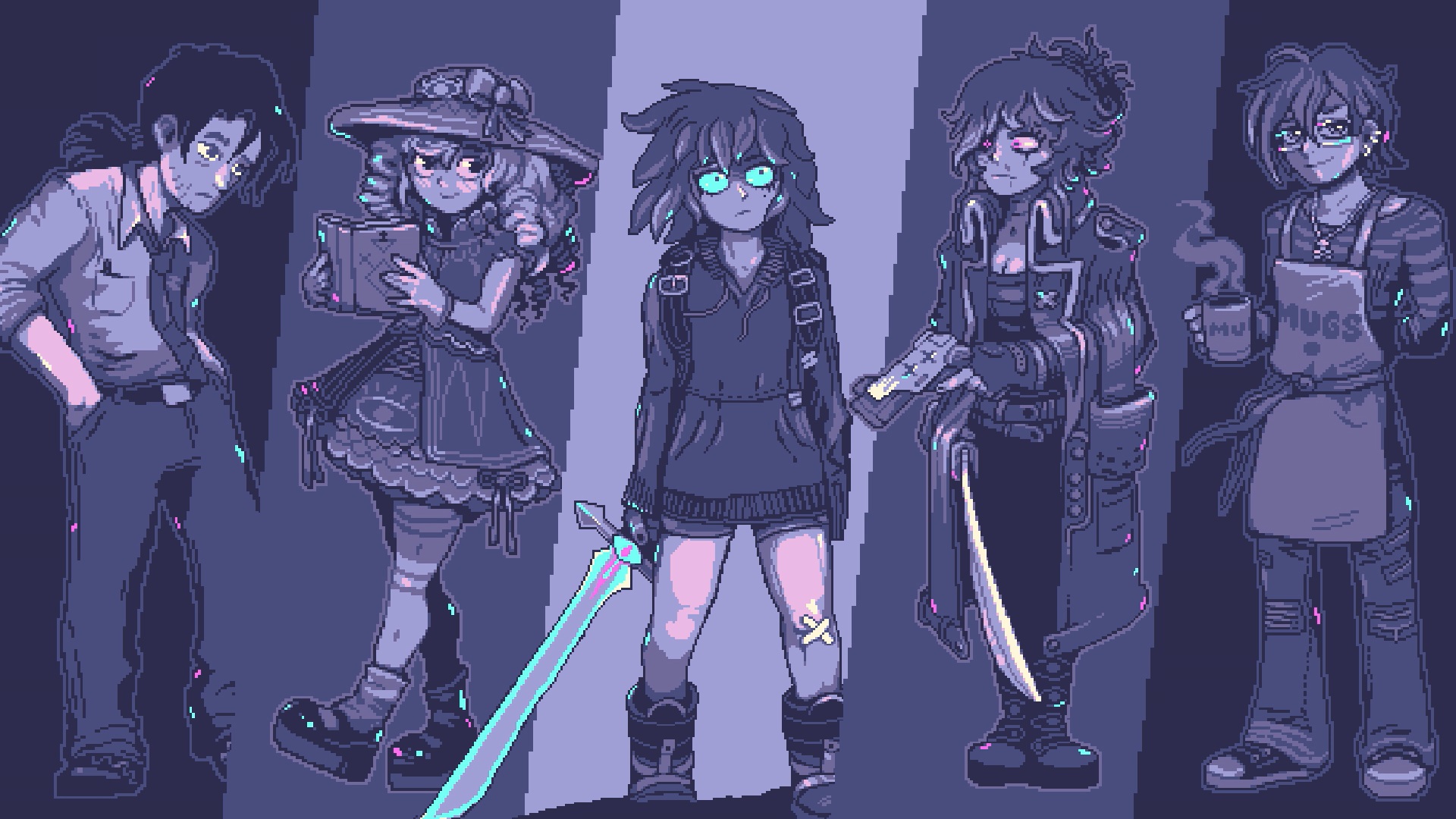 Opinion
OpinionPlaying a horror game is my worst nightmare, but these two gnarly farming sims make me want to brave the genre
By Heather Wald Published
-
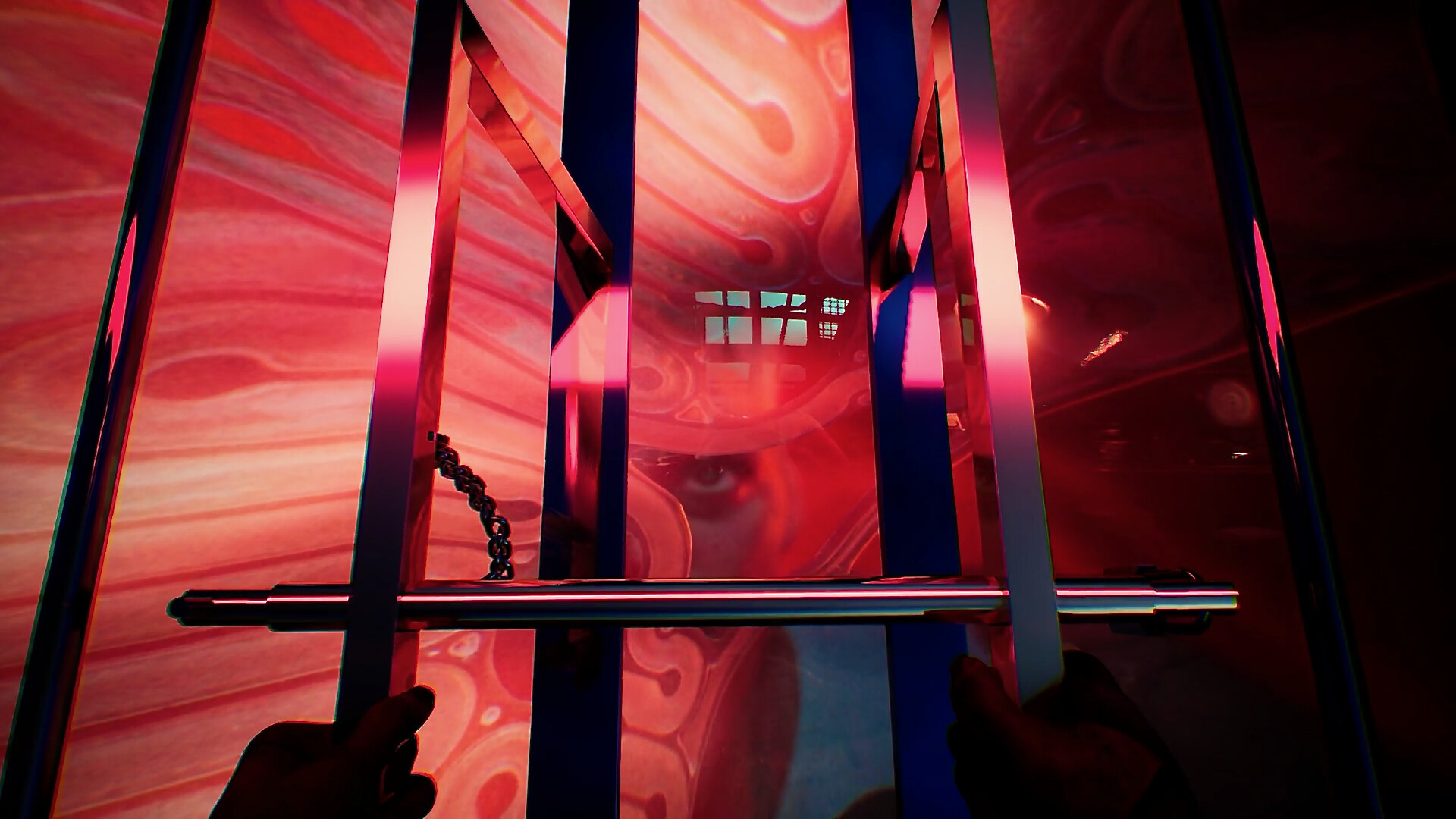 Hands-on
Hands-onThis insomnia simulator has Outlast enemies, Alan Wake dream sequences, and "evil" music by a Nine Inch Nails guitarist, and I already need to watch about 50 lore videos on it
By Ashley Bardhan Published
-
 Best List
Best ListThe 10 best Resident Evil games of all time
By Josh West Last updated
-
JRPGs
-
-
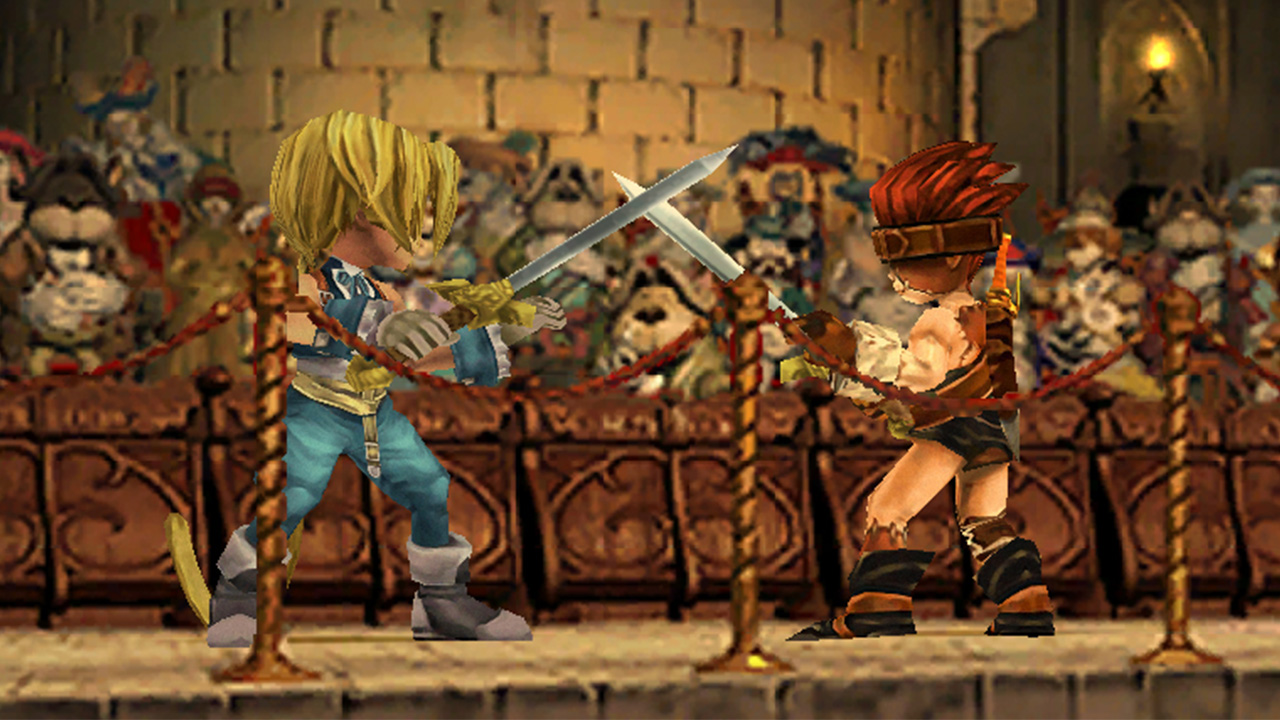 Opinion
Opinion25 years later, Final Fantasy 9's stylized visuals have ensured it's aged brilliantly without a remake
By Oscar Taylor-Kent Published
-
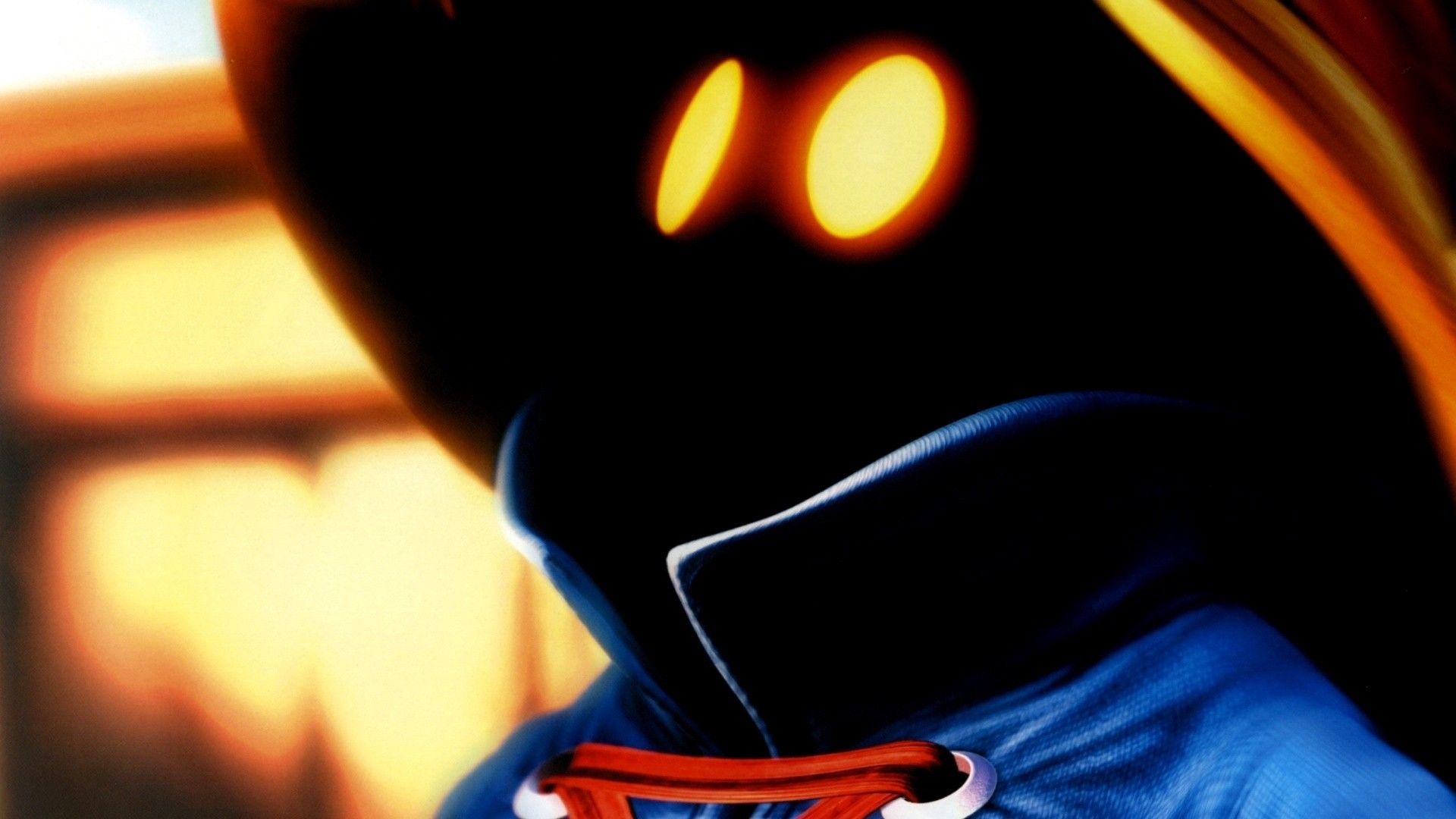 News
NewsFinal Fantasy 9 celebrates 25th anniversary with a short video, not news of the long-awaited JRPG remake fans wanted: "Do the remake already or leave me alone, Square Enix"
By Iain Harris Published
-
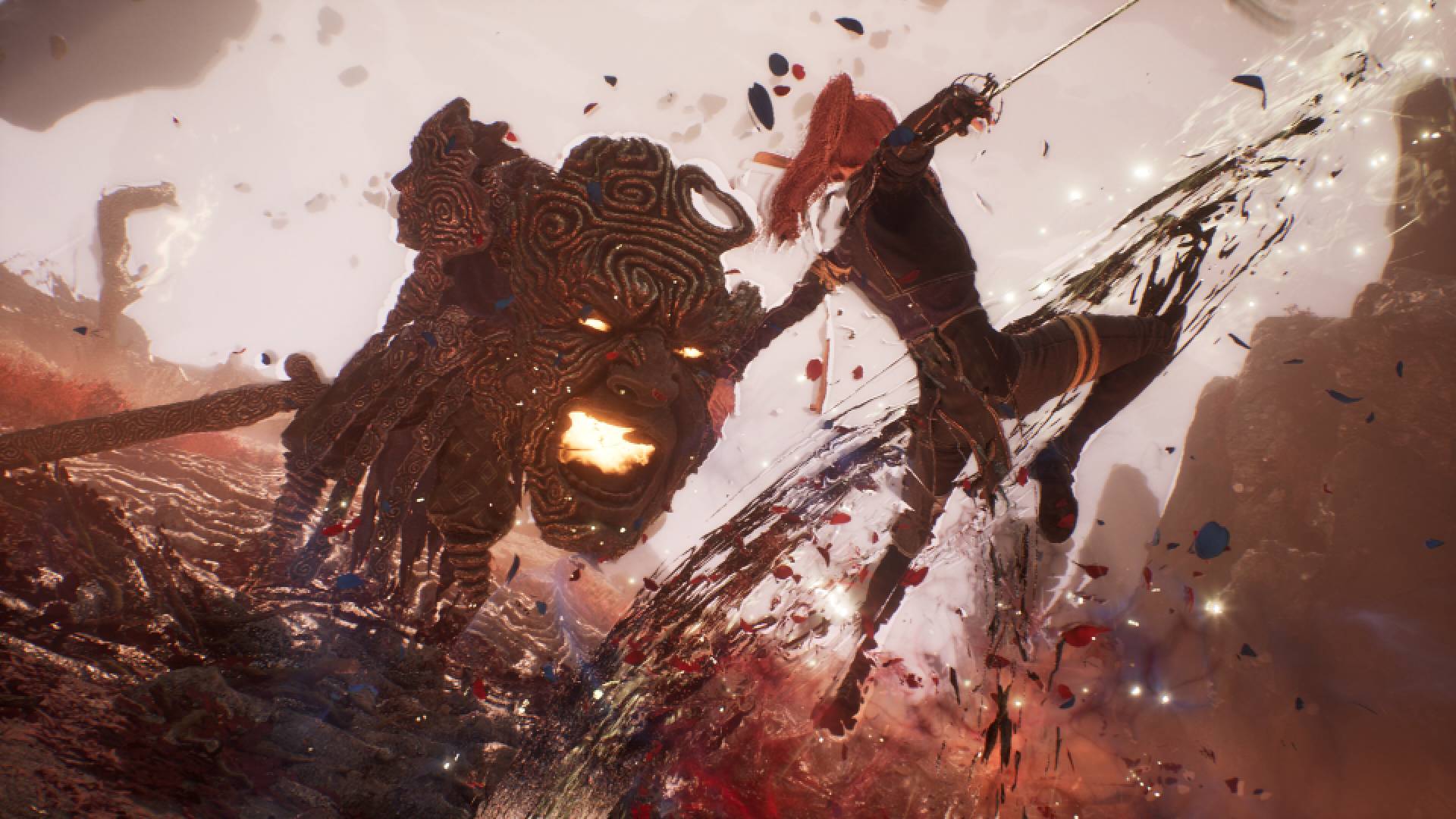 Feature
FeatureI accidentally became a god in Clair Obscur: Expedition 33, and it broke combat so badly that I had to nerf myself to keep things fun even on Expert mode
By Austin Wood Published
-
 News
NewsFinal Fantasy 9 fans have long thought Vivi's name came from his tragic background, but a new prequel book has a much sillier explanation
By Kaan Serin Published
-
 Best List
Best ListThe best JRPGs to play in 2025
By Heather Wald Last updated
-
 News
NewsPersona offers a new contender for silliest JRPG villain with Persona 5: The Phantom X and its "Subway Slammer," who declares "the whole subway's mine for the slammin'!"
By Catherine Lewis Last updated
-
 News
NewsA Final Fantasy 14 raid so convoluted it's only been cleared 400 times in over 3 weeks is getting some much-needed changes early, with Square Enix deciding it outweighs "minor risks" of adding to the MMO's technical issues
By Iain Harris Published
-
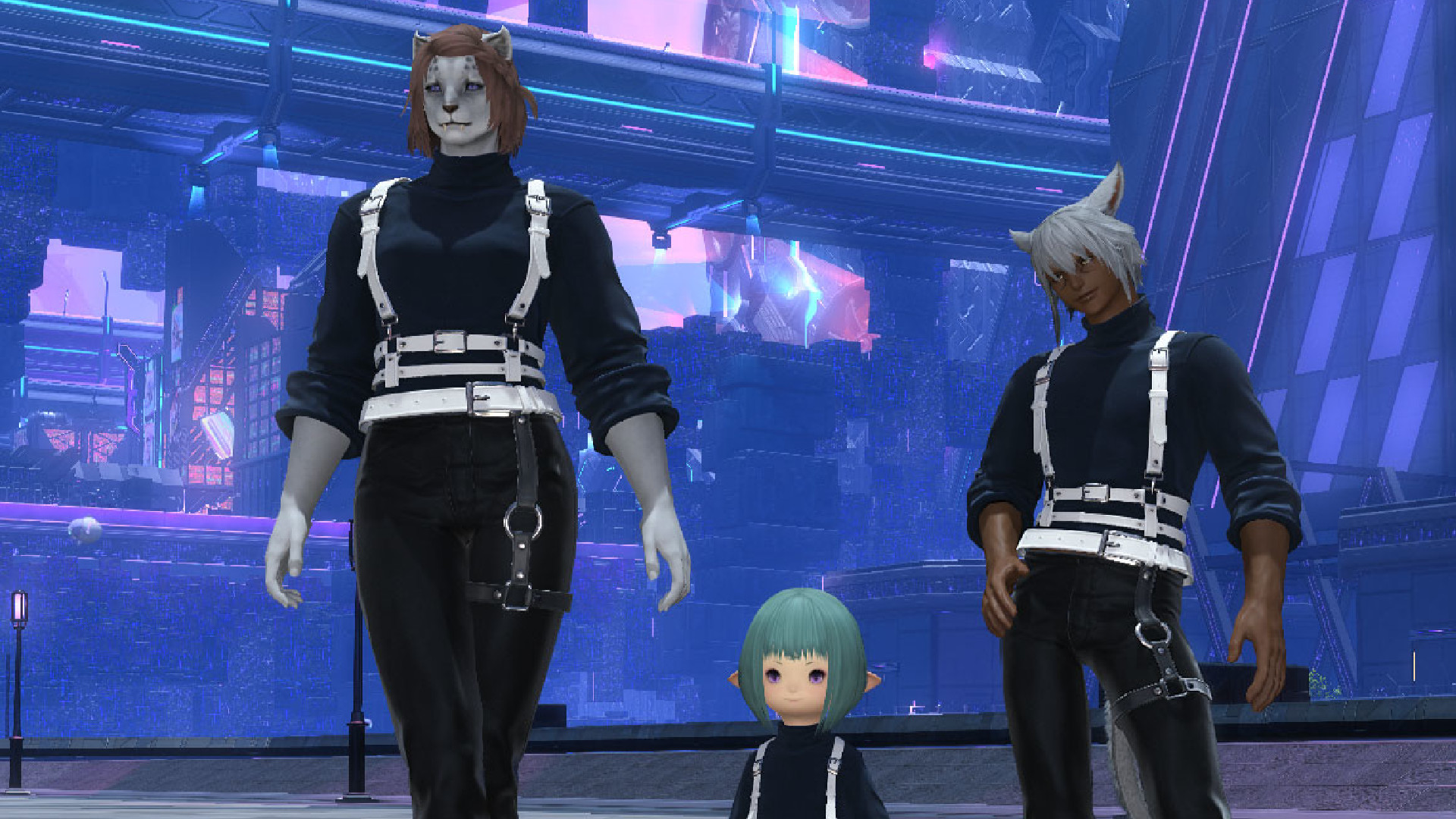 News
News"A new low": The Final Fantasy 14 cash shop just got a $42 outfit set, more expensive than anything that's come before and even pricier than the MMO's latest expansion
By Dustin Bailey Published
-
 News
NewsSega president says "reviving" the Sonic maker will be "the greatest achievement in my career," despite also working on the first PlayStation and helping make Kingdom Hearts happen
By Scott McCrae Published
-
MMO Games
-
-
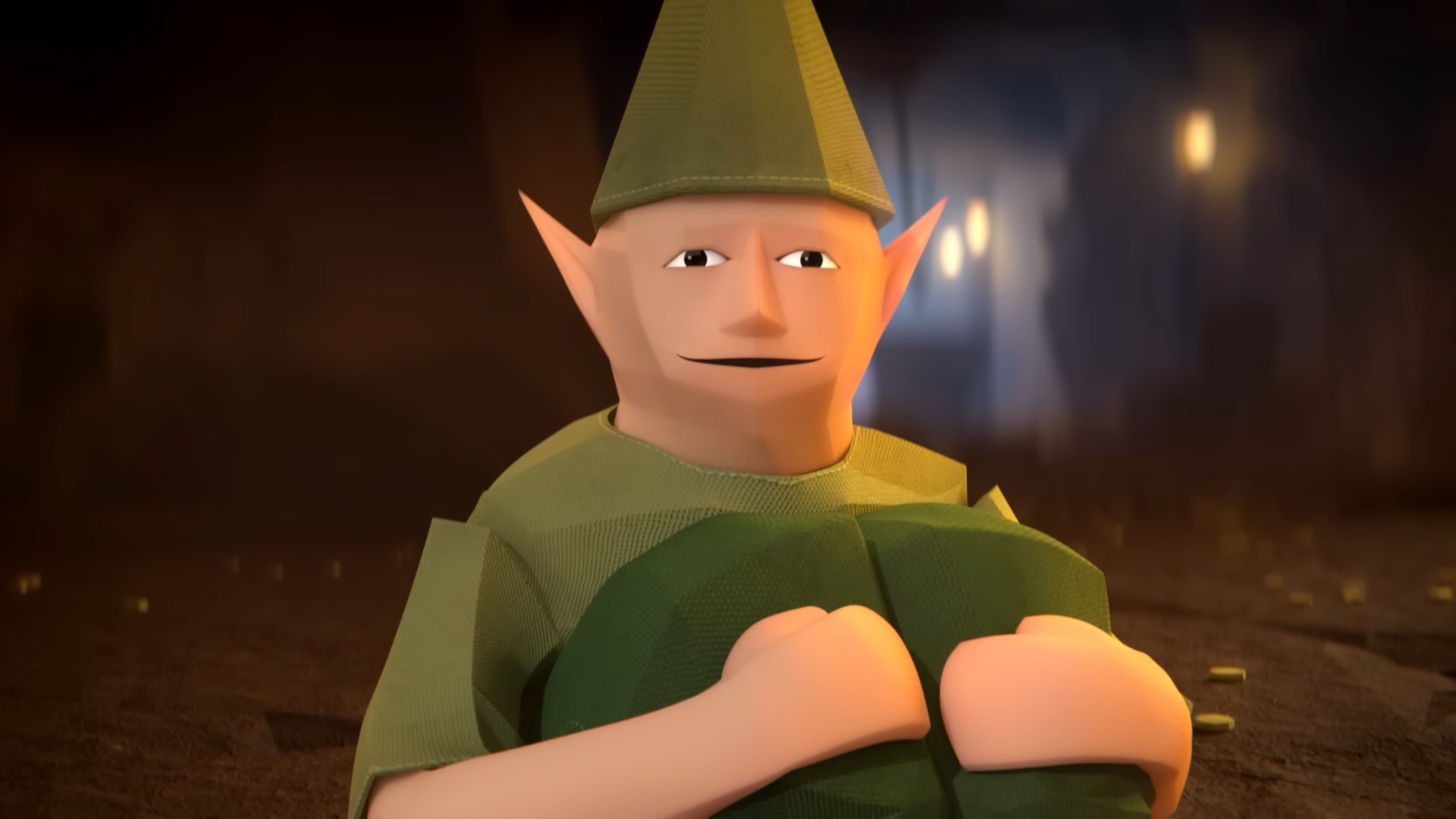 News
NewsSo many World of Warcraft veterans and top streamers are trying Old School RuneScape that even Jagex has noticed, and the gap in MMO muscle memory is hilarious: "Chat I'm freaking out"
By Austin Wood Published
-
 News
NewsDune: Awakening will finally reward your personal contributions in Landsraad thanks to a "game changer" update
By Scott McCrae Published
-
 news
newsPhil Spencer reportedly had so much fun playing the Elder Scrolls Online dev's unannounced MMO that Xbox's Matt Booty had to take his controller from him — 4 months later it's canceled
By Jordan Gerblick Published
-
 News
NewsDune: Awakening hoarders swiftly discover a second item duping glitch, barely a day after the survival MMO's devs fixed the first one: "This game is cooked"
By Issy van der Velde Published
-
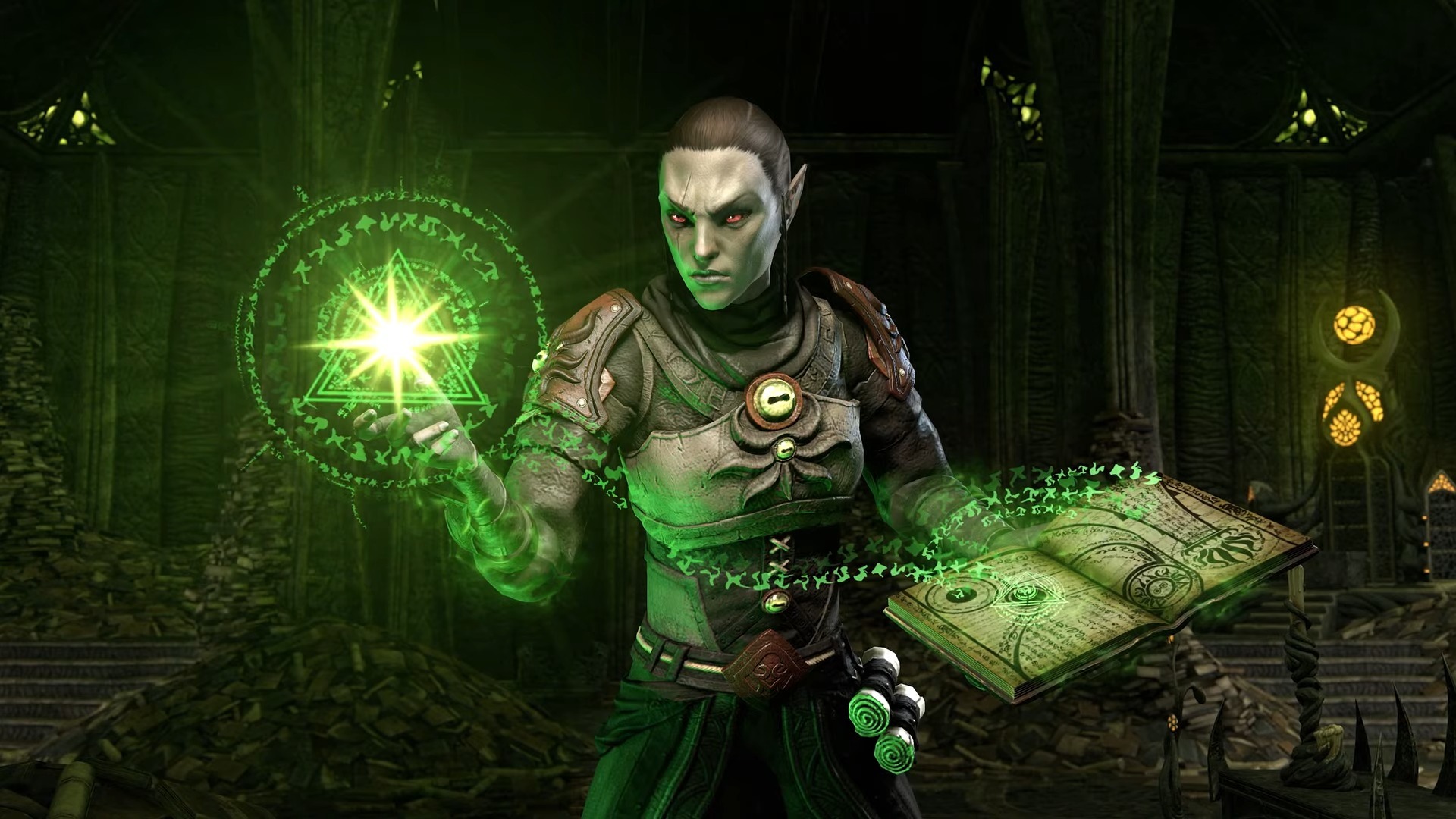 News
NewsAfter 18 years, Elder Scrolls Online director and studio head Matt Firor is leaving the company amid Microsoft layoffs: "There are many more stories to be told, adventures to be had"
By Jordan Gerblick Published
-
 News
News"A new low": The Final Fantasy 14 cash shop just got a $42 outfit set, more expensive than anything that's come before and even pricier than the MMO's latest expansion
By Dustin Bailey Published
-
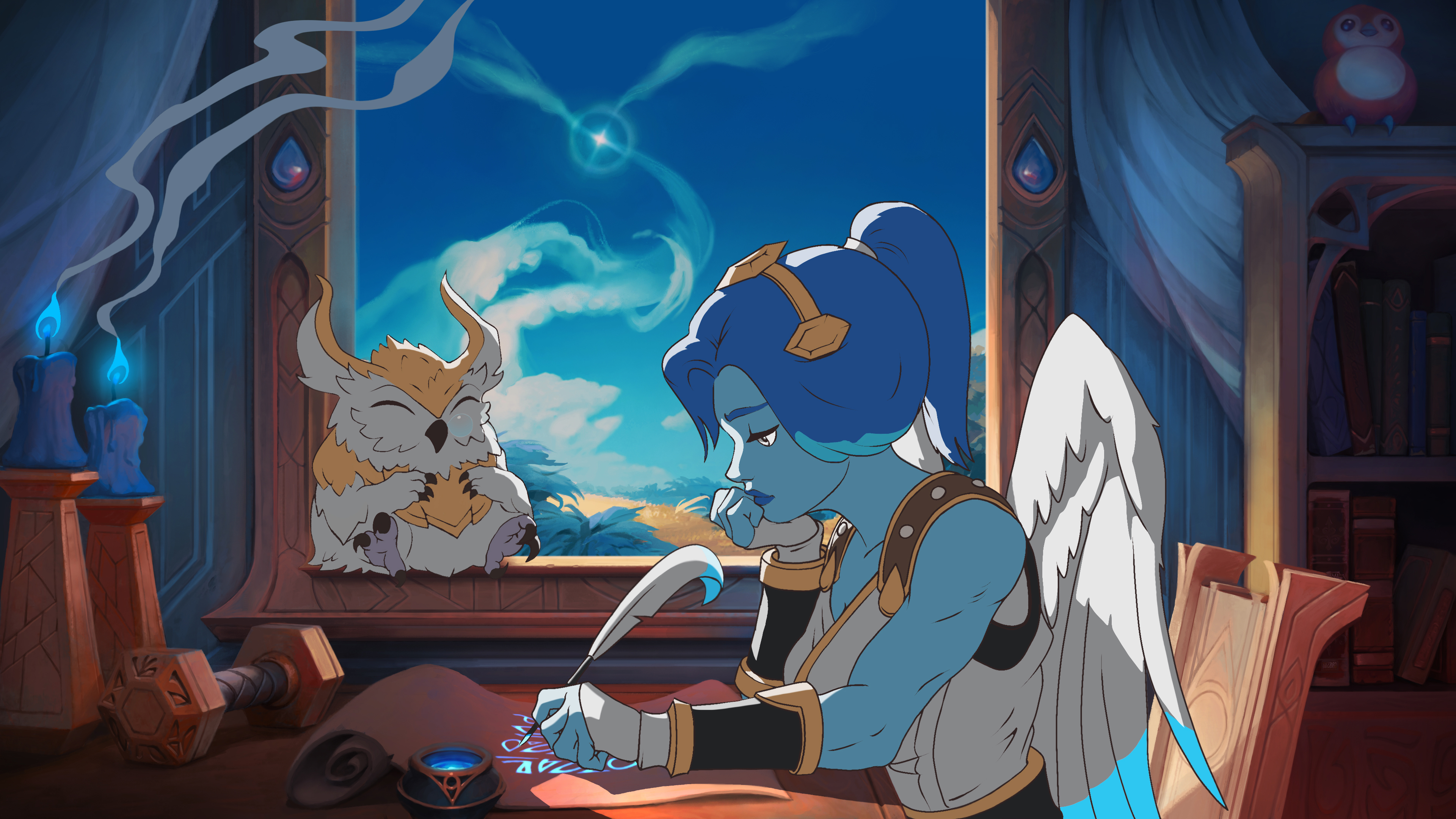 News
NewsAfter 4 years and 800k gold, World of Warcraft player claims the MMO's smelliest "World First" by collecting 10 million of a very specific fish: "I have no intention of ever getting rid of even a single one"
By Austin Wood Published
-
 News
NewsWith 21 million concurrent players, Roblox hit Grow a Garden is bigger than half of Steam combined, but players are already flooding another, far weirder competitor
By Ali Jones Published
-
 News
News"Y'all are pathetic": Dune: Awakening players are using sandworms to kill their rivals in PvE-only areas, proving once more that nowhere on Arrakis is safe
By Issy van der Velde Published
-
MOBA
-
-
 News
NewsDesperate to avoid saying 'we want that $10 billion', League of Legends dev Riot Games tries to justify legalizing esports gambling sponsors, but players aren't buying it
By Ali Jones Published
-
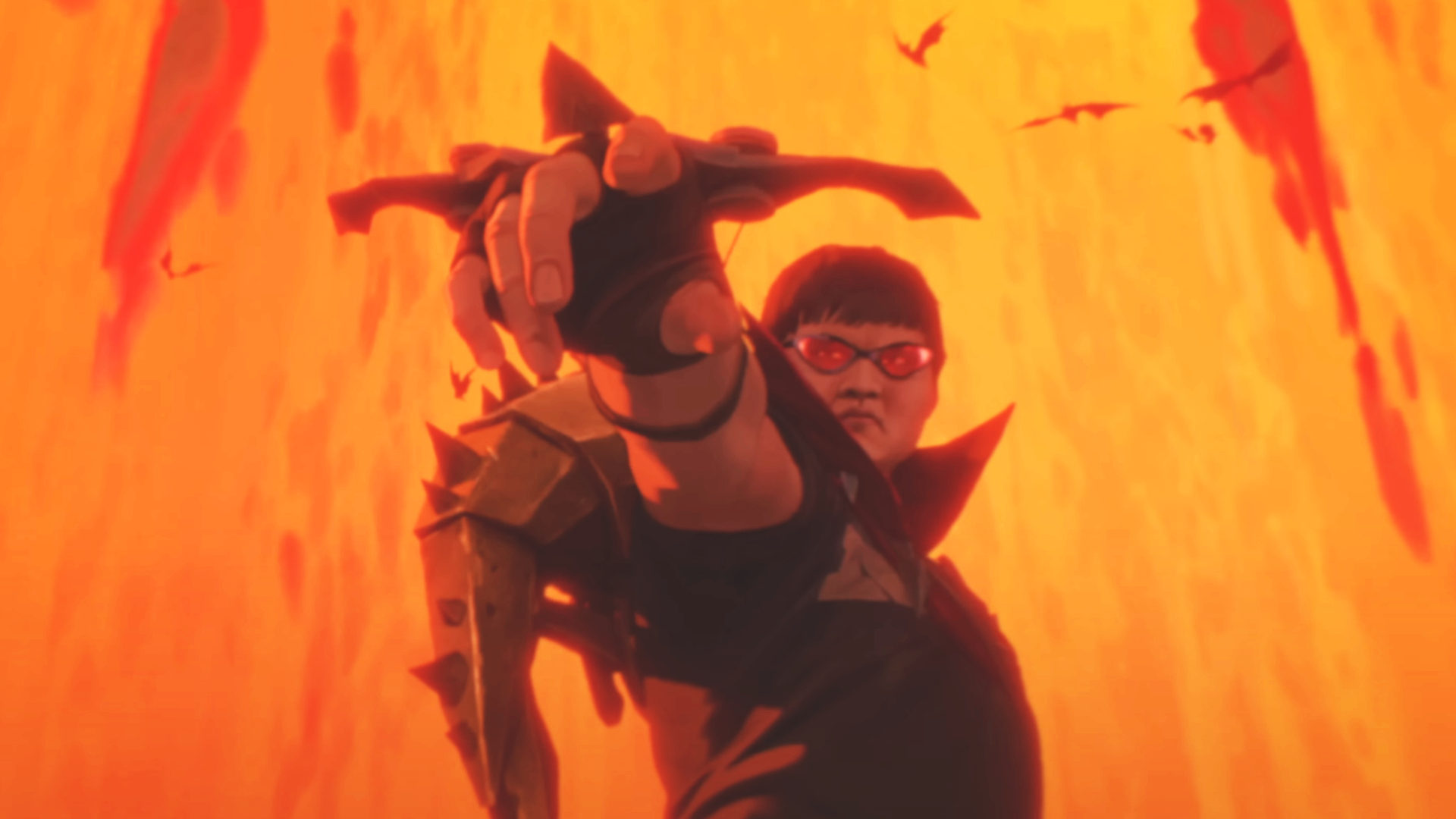 News
NewsRiot inducts its second-ever player into League of Legends’s Hall of Fame, awarding them a custom Mercedes and possibly their own version of Faker’s controversial $400 skin
By Ali Jones Published
-
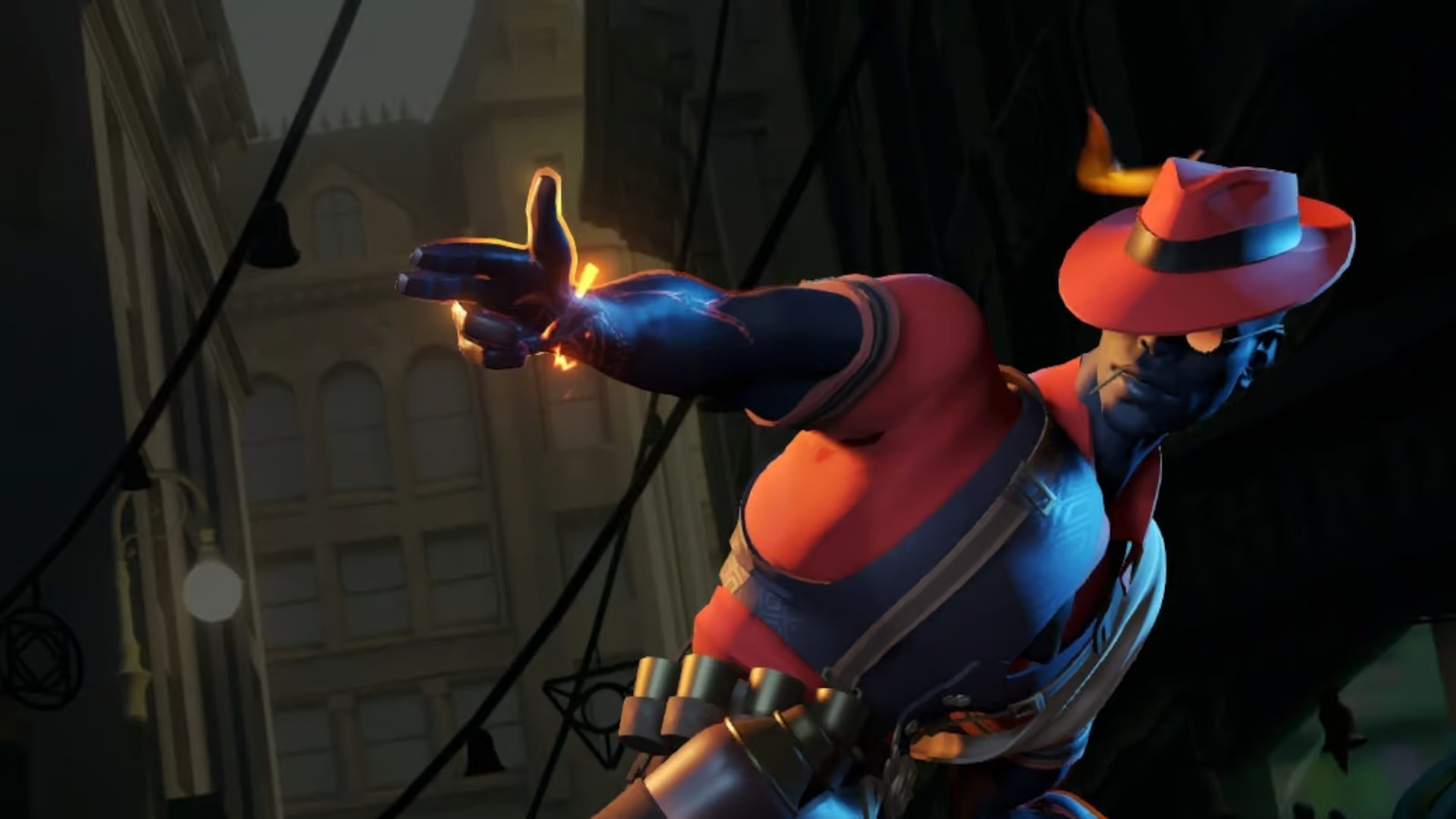 News
NewsDeadlock streamer accidentally unveils 10 new heroes on the way to Valve's MOBA, as well as updated character designs for multiple existing favorites
By Catherine Lewis Published
-

League of Legends' take on Balatro is one of its best mini-games yet – and it's also exactly what's wrong with this era of League of Legends
By Ali Jones Published
-
 News
NewsArcane Season 2 gets one last dance as the League of Legends spin-off animators return to bring Jinx and Ekko back to the series' most iconic song
By Ali Jones Published
-
 News
NewsLeague of Legends shadow-drops a Balatro-style roguelike, but the catch is that to complete it you'll have to actually play League of Legends
By Ali Jones Published
-
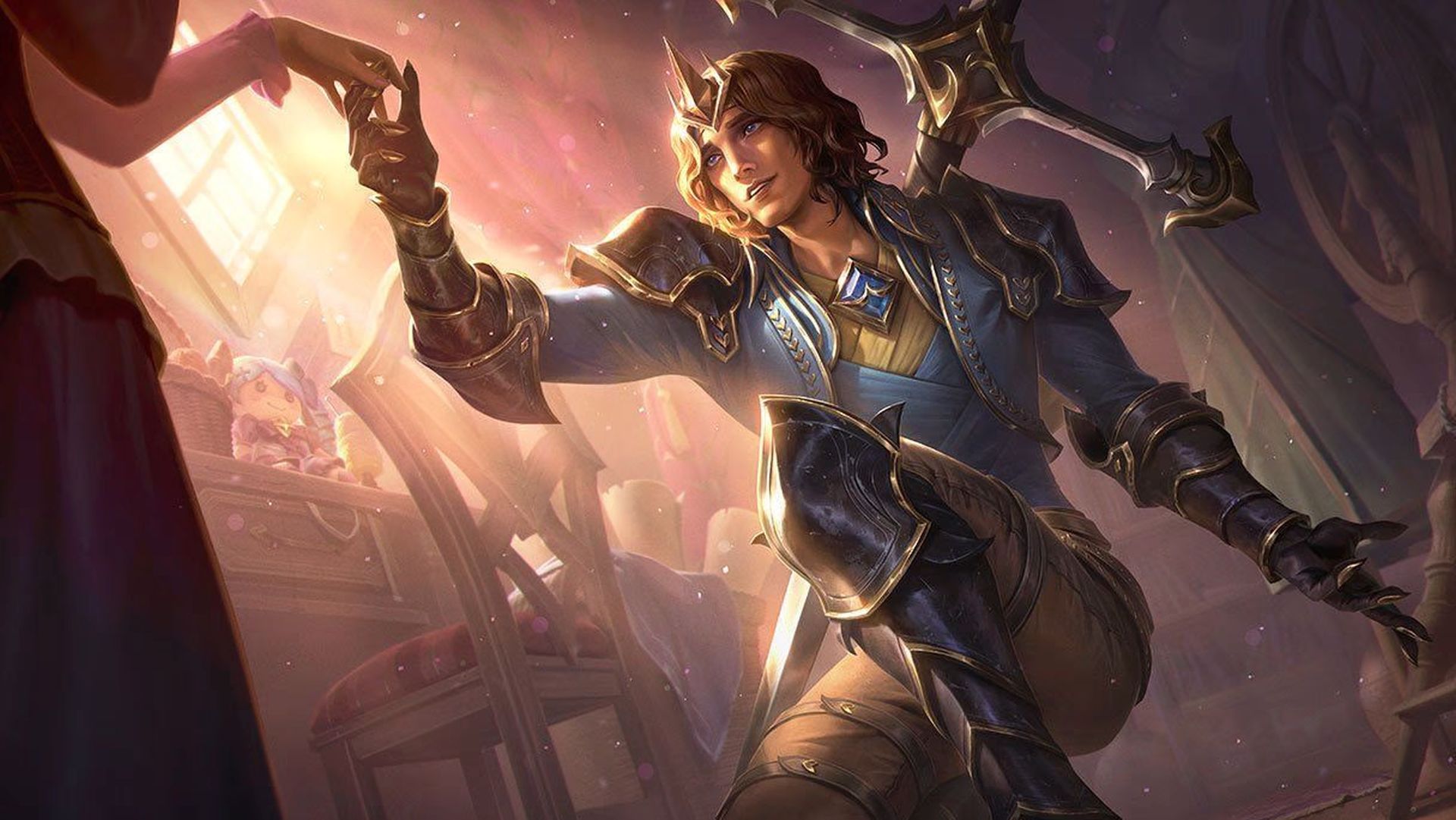 News
NewsRiot walks back controversial League of Legends changes: Hextech Chests, Exalted skins, and Blue Essence costs are all being reworked
By Jordan Gerblick Published
-
 News
NewsLeague of Legends fans' fury grows as Riot nerfs another way to get free skins, this time as a reward for good behavior
By Issy van der Velde Published
-
 News
News4 years later, the League of Legends MMO remains a major project for Riot Games' co-founder who says it's "exactly the type of company" that should be making MMOs
By Kaan Serin Published
-
Management Games
-
-
 News
News"This is completely insane. I didn't even think that was possible?": Minami Lane dev stunned to see his new cute $5 Steam game gather over 1,000 flawless reviews
By Kaan Serin Published
-
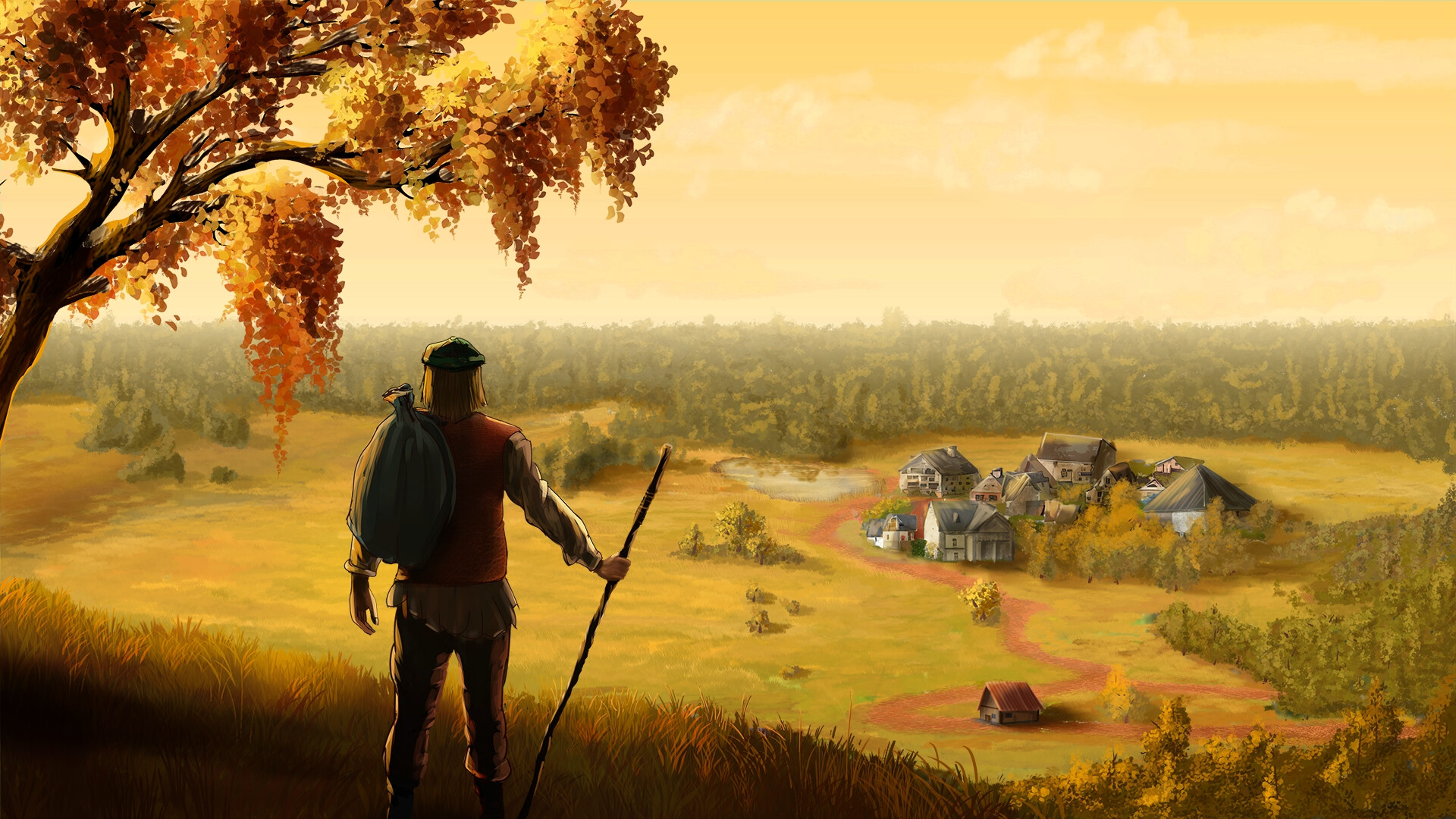 Preview
PreviewI traded banned books for bread in this RPG-tinged resource management game that feels like Pentiment meets Citizen Sleeper
By Jasmine Gould-Wilson Published
-
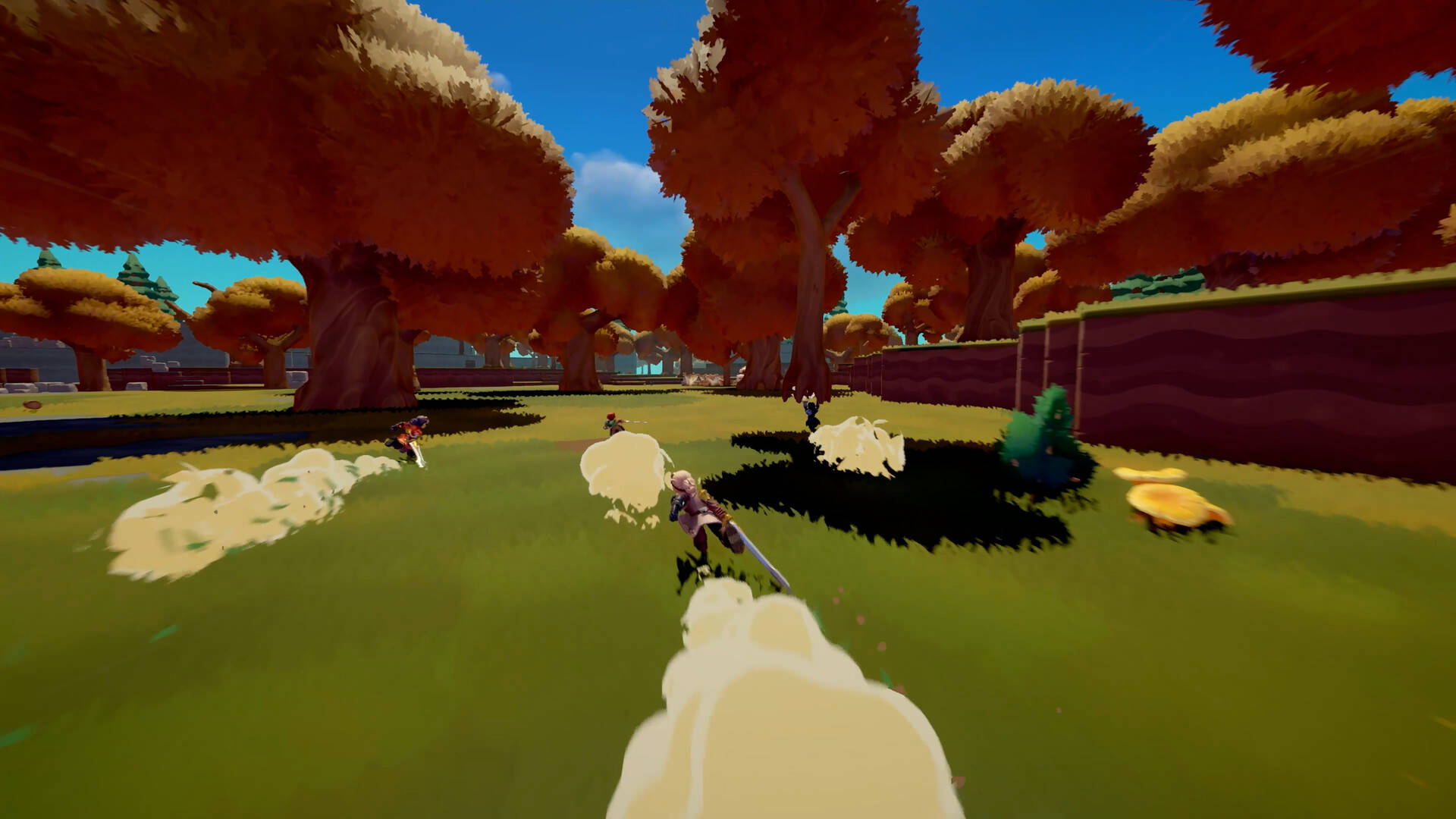 News
NewsI failed at my favorite Steam Next Fest city-builder because I was too distracted by the amazing movement to actually build anything
By Ali Jones Published
-
 News
NewsThe long-awaited Stardew Valley 1.6 update will finally arrive on console and mobile in November
By Ali Jones Published
-
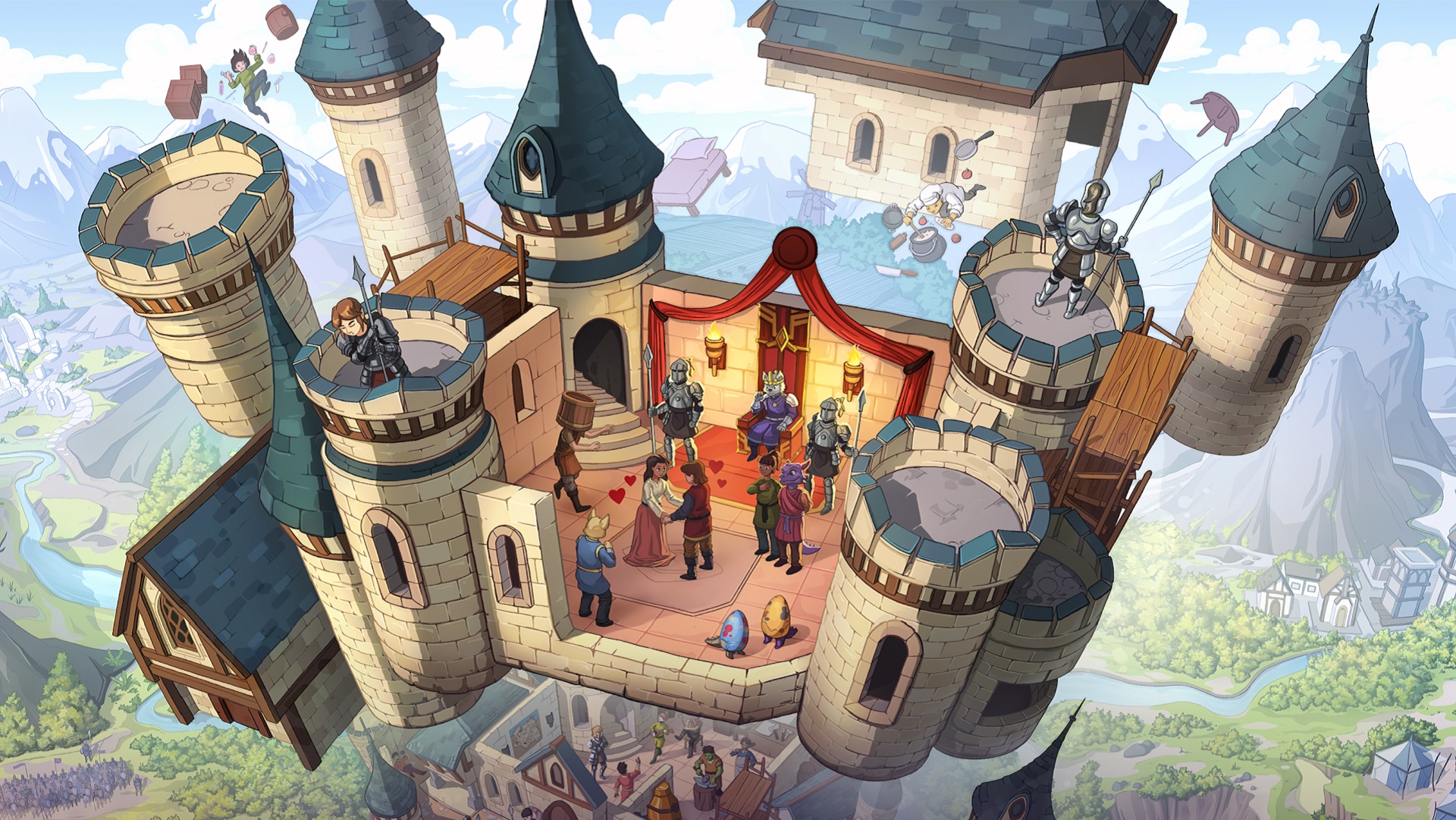 News
NewsBethesda's new Fallout Shelter-like Elder Scrolls game launches today, for real this time, nearly a year after we played it at the first launch
By Jesse Vitelli Published
-
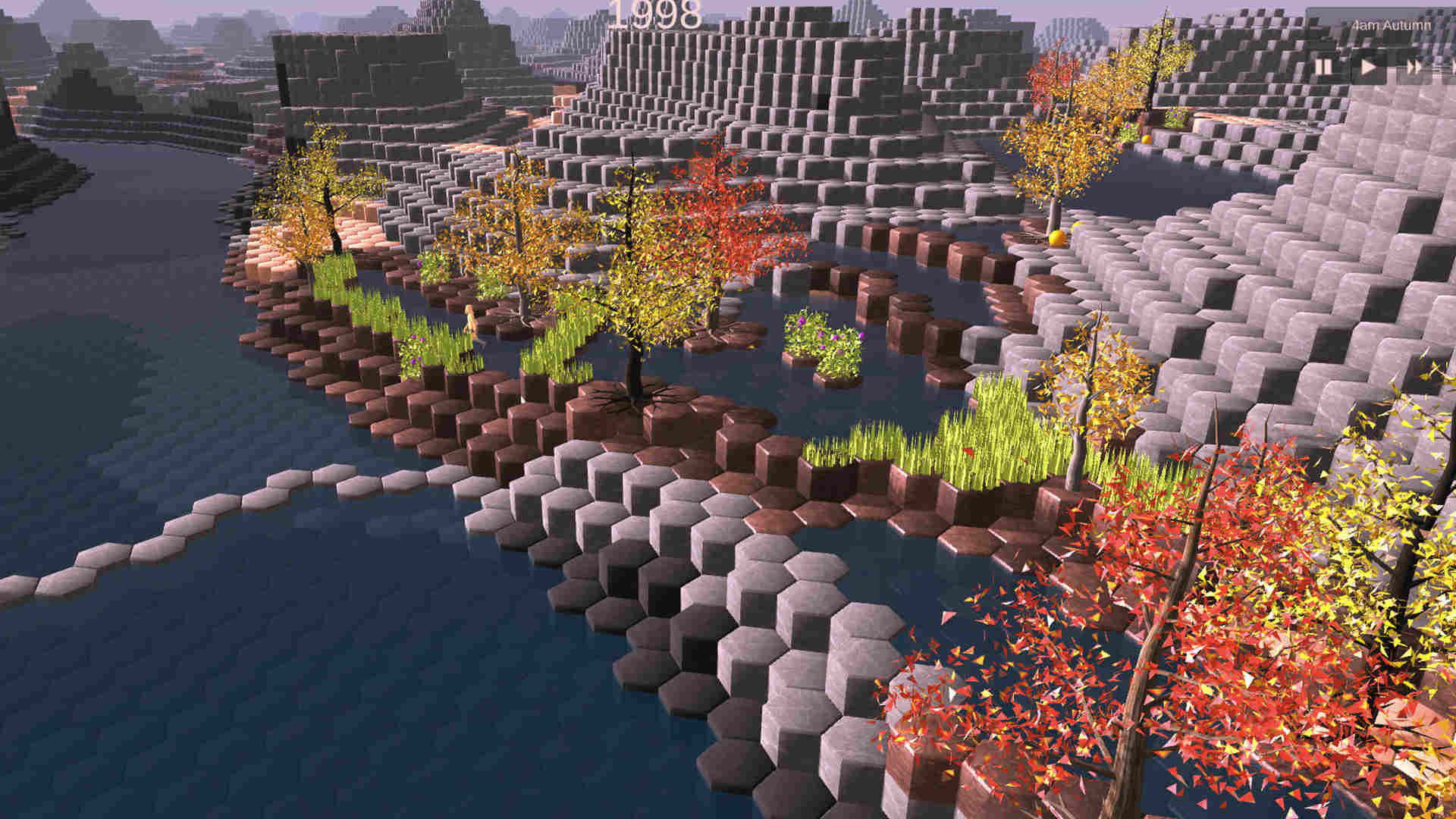 News
NewsOne of the OG Grand Theft Auto devs has a new game coming, and it's basically the exact opposite of GTA's violent open-world
By Ali Jones Published
-
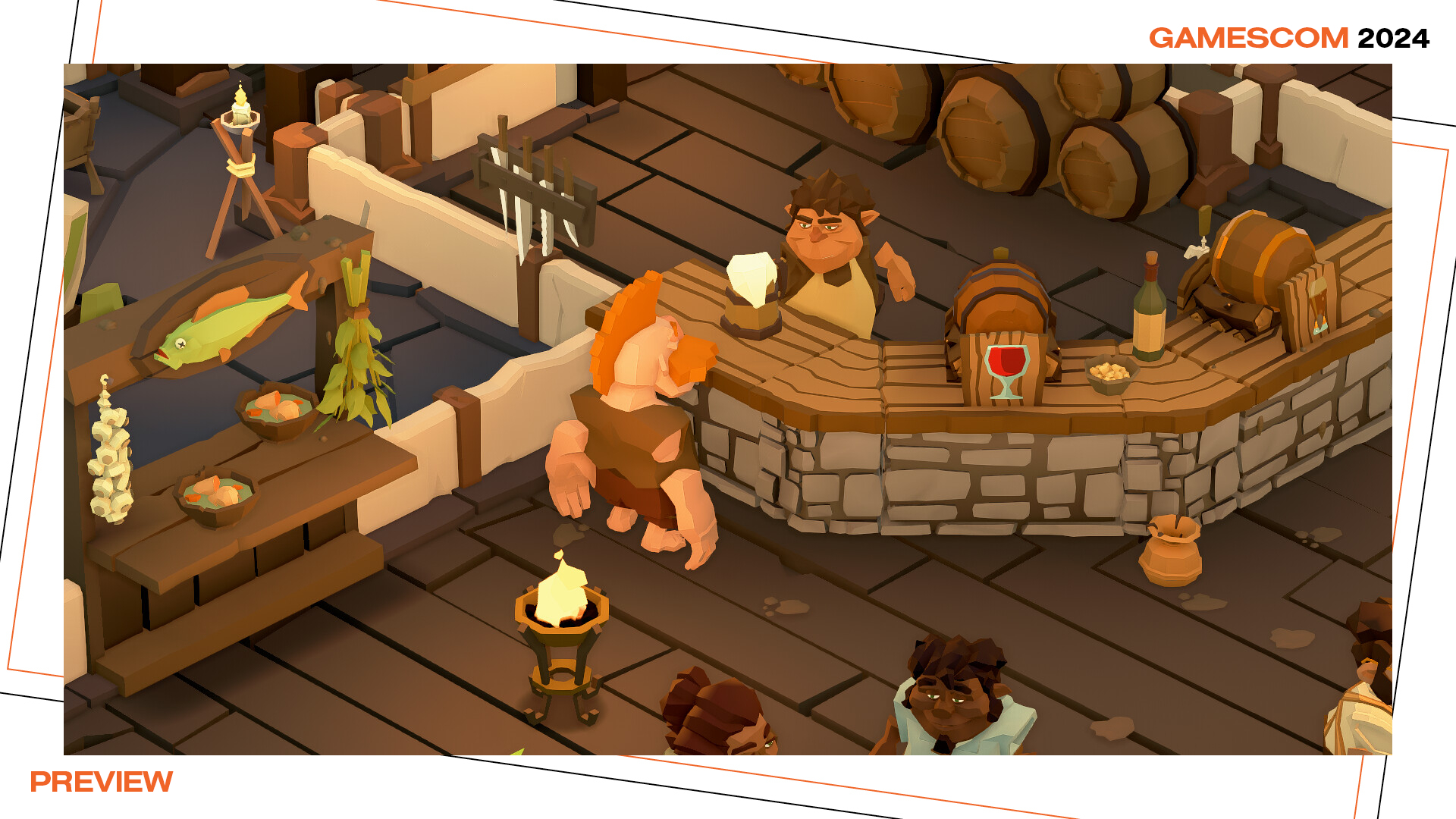 Preview
PreviewTavern Keeper feels like being a fly on the wall in a D&D campaign, and I never knew I needed that in a management sim
By Jasmine Gould-Wilson Published
-
 News
NewsGrisly cult management sim Worshippers of Cthulhu has confirmed an October release date, but devout fans can play a free demo now
By Andrew Brown Published
-
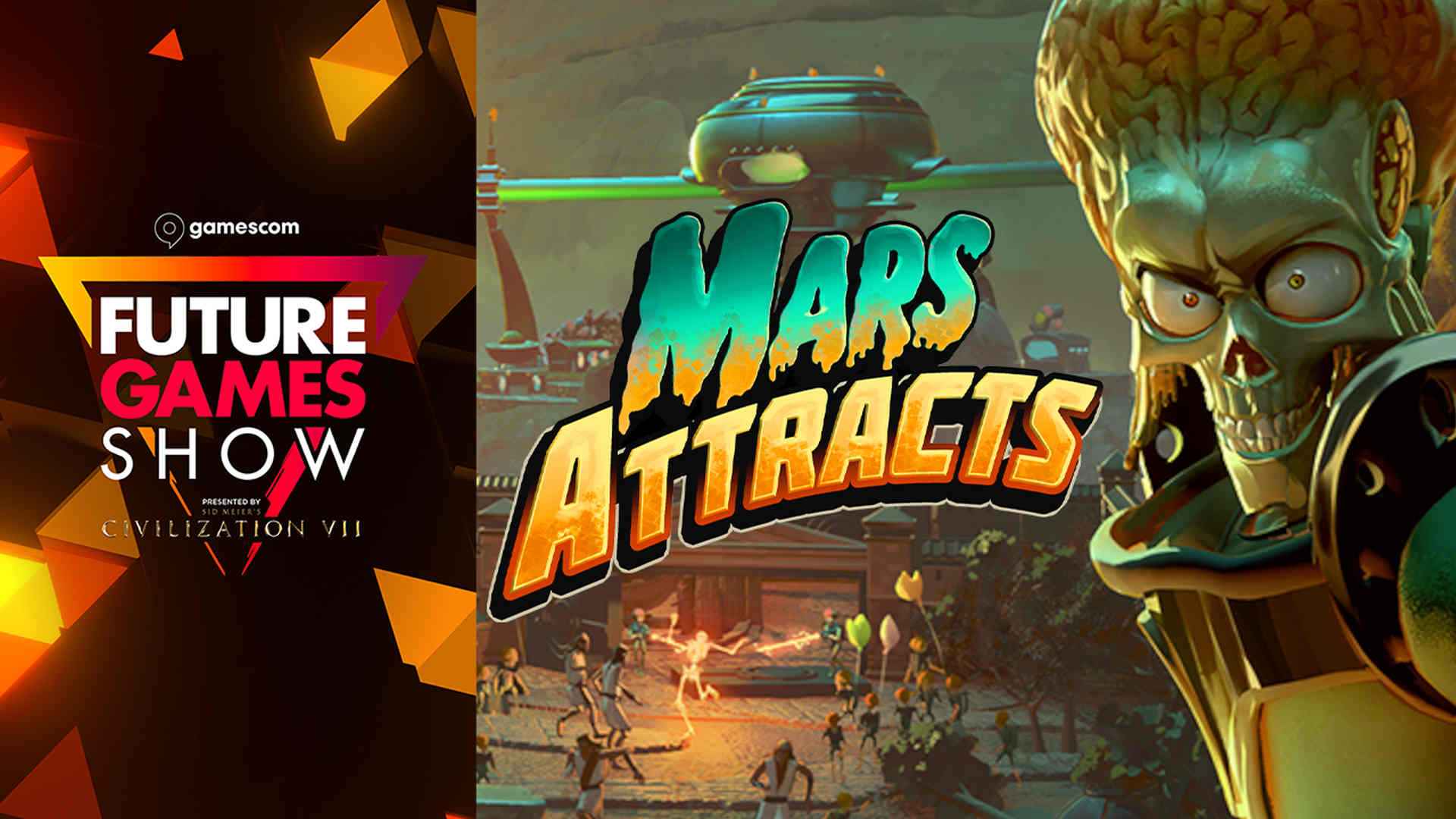 News
NewsAbduct humans to put them on display in this theme park sim set in the same universe as a 27-year-old banger of a black comedy film
By Iain Harris Published
-
More about Games
-
-
 News
NewsWith Monster Hunter Wilds "Overwhelmingly Negative" in recent Steam reviews due to optimization, Capcom cancels panel on "everything you need to know about optimization" following statement on dev harassment
By Austin Wood Published
-
 Interview
Interview"Make games and die. That's my plan": Coincidence's Zach Barth on making games about making things, a year of teaching, and being in it for the long haul
By Rollin Bishop Published
-
 News
News"It is a turning point in our universe": Gearbox explains Borderlands 4's deliberately less-stupid story, and it feels weird to actually be interested in a Borderlands plot
By Austin Wood Published
-